
“It’s not the daily increase but the daily decrease. Hack away at the unessential.†– Bruce Lee
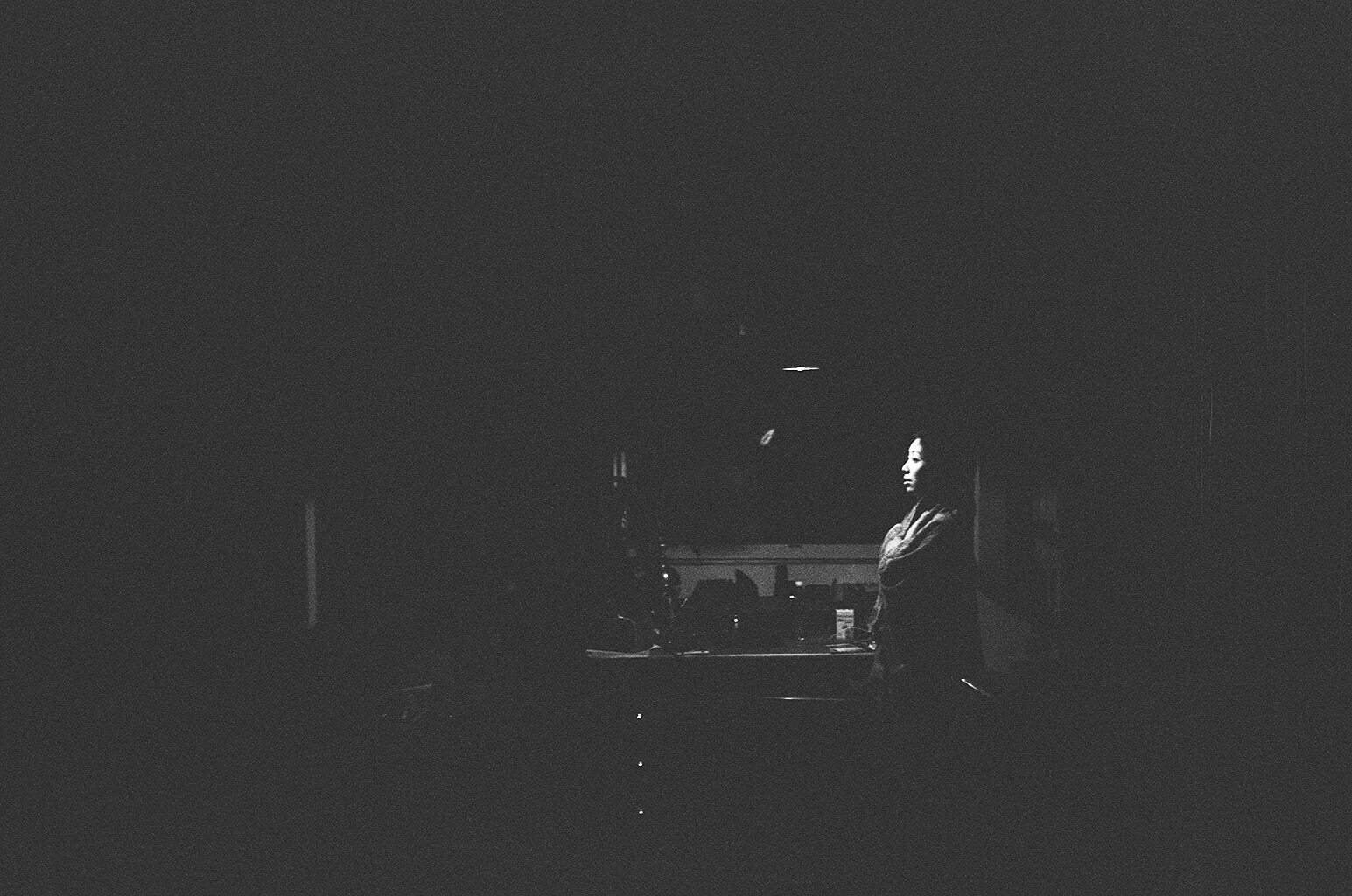

“It’s not the daily increase but the daily decrease. Hack away at the unessential.†– Bruce Lee
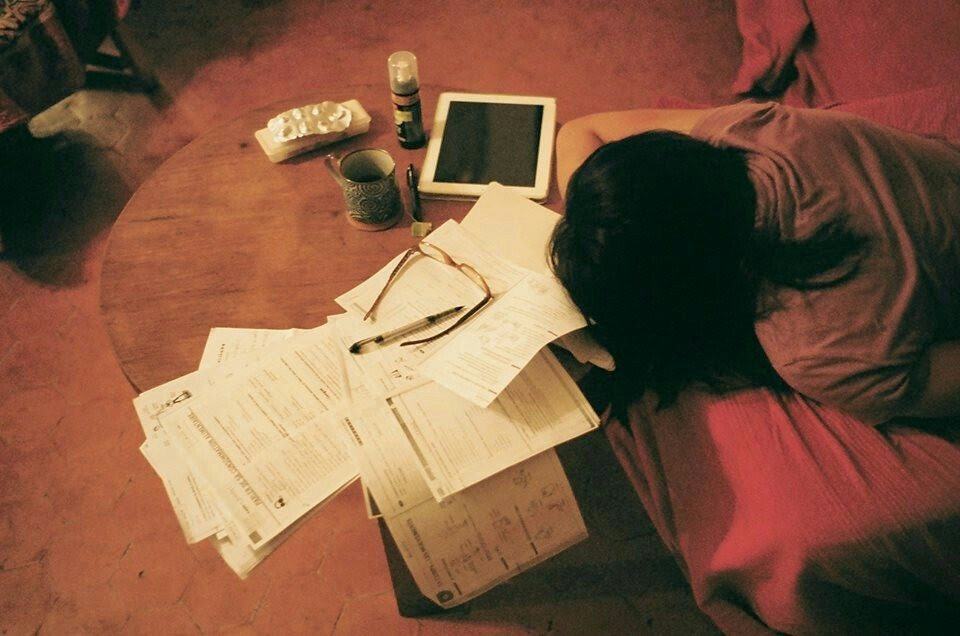

I’m like a pigeon. I am so easily distracted. If you saw how many Google chrome tabs I have open at once, you’d know what I mean.
When I was walking around in SF in Soma, I saw a sign that said:
Deep Focus
It really stuck to me the next few weeks. What is “deep focus†anyways?
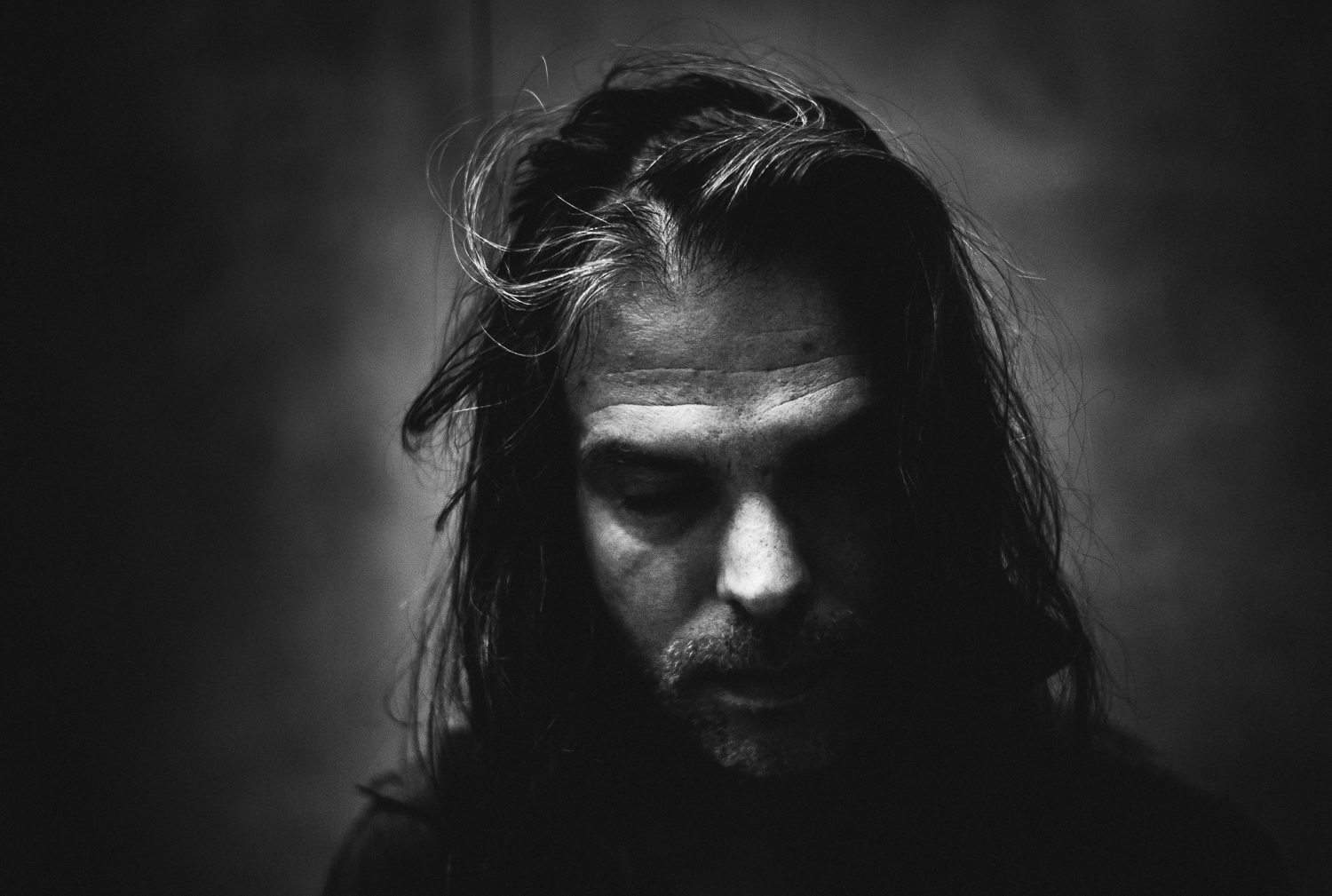

Don’t be afraid.
Fear is what prevents your inner-artist from expressing itself.
Fear is what prevents you from approaching that stranger you want to talk to/take a photo of.
Fear is what holds you back from quitting your job, and traveling the world.
Fear is what prevents you from approaching that curator to show your work.
Fear is what prevents you from uploading that one photo online; you are scared that others will judge you, you are scared if you aren’t going to get any likes, and you are afraid that you might be revealed as a “fraud.â€
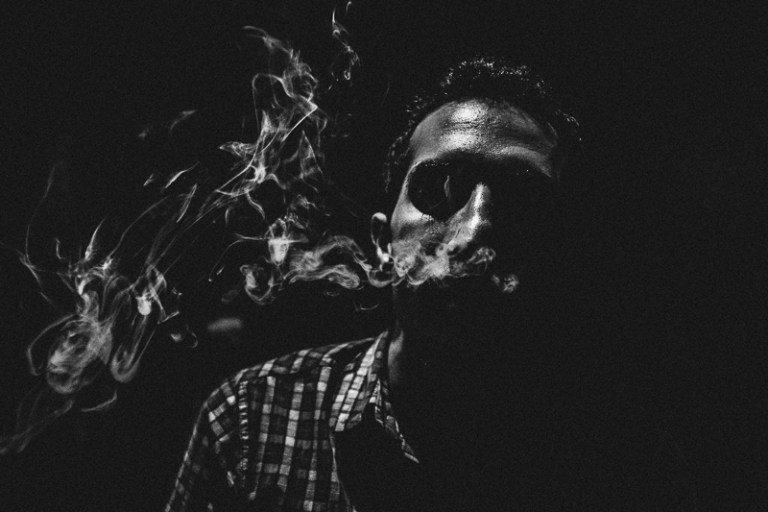

Dear streettogs,
I am excited to share that I am one of the instructors at “Gulf Photo Plus 2016†this year. If you’ve never heard about the event, long story short— it is the most epic, fun, and educational photography-related event I have ever been to.
The event “Gulf Photo Plus†is also the name of the organization (also called Gulf Photo Plusâ€â€” yeah it can be confusing)— and it is a yearly event in Dubai (the place that has the ski-lift inside a mall). It brings all the world’s best instructors (both adept photographers and great teachers), and honestly it is just a fun time to hang out with other photographers, grab drinks at the bars in the evening, and feel love and inspiration.
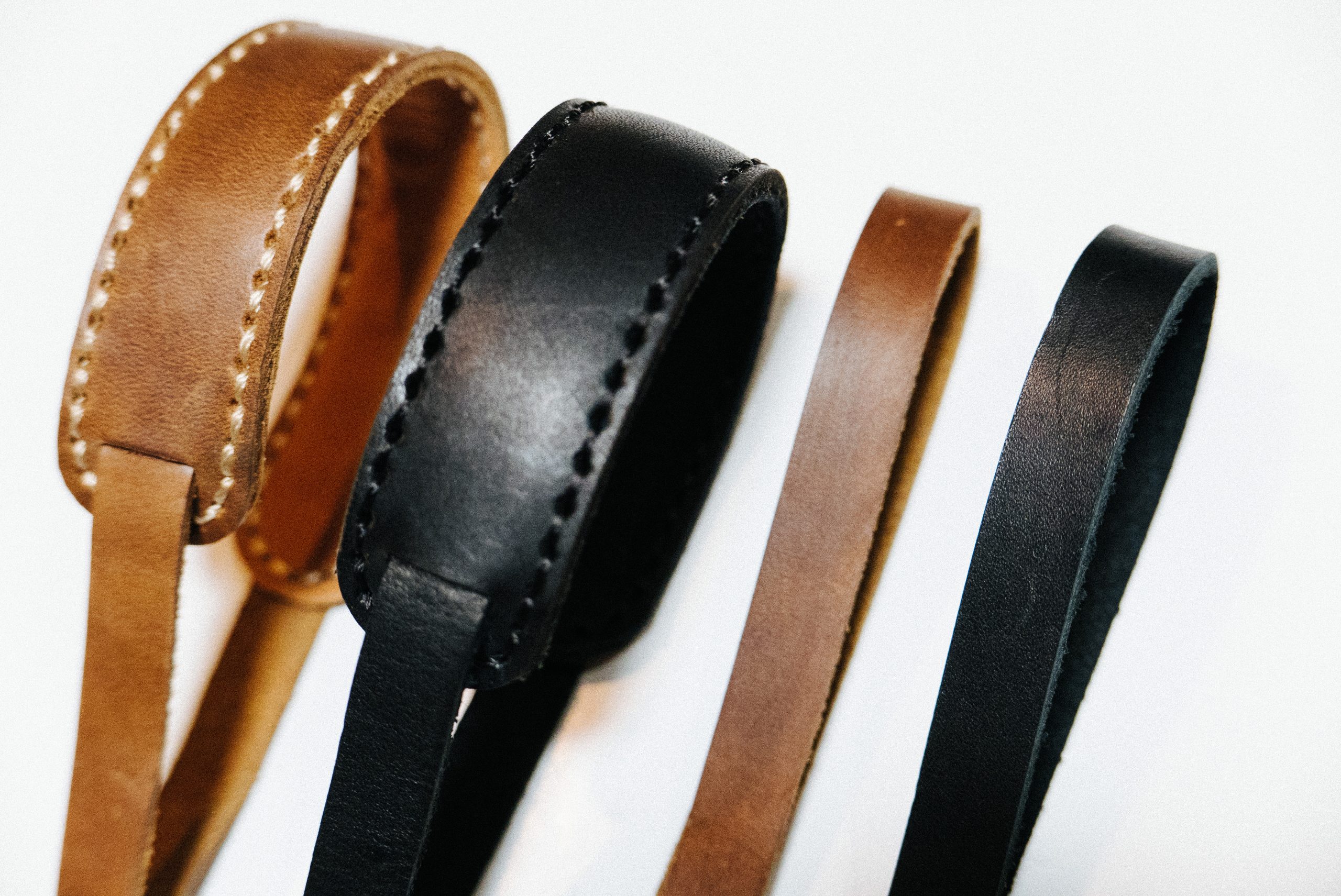
Discover all of the camera straps made by HAPTIC INDUSTRIES:





HENRI CHROMA Wrist Straps: available for a limited time.





This post is written by Cindy aka Haptic:
In summer of 2014Â Eric and I met a group of talented artists in Saigon. We hung out, drank lots of coffee, and talked about creative projects to work on:
Project 1: Our friend Gin and his gang of skilled film producers put together this beautiful film about shooting street photography in Vietnam along with Fujifilm Vietnam:
Project 2: Gin also introduced us to his childhood friend who are models and musicians, Lan and Uyen. In Vietnam, rarely do people just do one thing. There is a spirit of creativity, entrepreneurism, and scrappiness in Saigon. Lan and Uyen also are talented leather makers and artisans.
Over the course of three years we worked together to design, experiment, and make different products.


All of our leather products — the HENRI COLLECTION (neck strap, wrist strap, wrist strap pro, shoulder strap, chroma) and ERIC KIM COLLECTION (wrist strap, neck strap) are 100% leather and handmade and crafted with care from start to finish. Lan and Uyen source the leather, handmake the straps during the weekdays between music gigs, and ship them to California from Saigon.
Rather than mass produced, these are handmade in small, limited-quantity batches in order to preserve a level of excellent craftsmanship and quality. Each strap is unique.
Once they get to California, Eric and I, (and now with the help of our loving and supportive family–sorry Mom for taking over the dining room table…) work to quality check, finish, and package each strap.

I designed the packaging of each product (I love boxes). The labeling is hand-stamped!
Unlike huge, anonymous factories, this is the entire operation: Eric, me, my family, Lan, and Uyen. We are transparent about the labor practices behind the straps because we are proud and love each product we make.
We live in Vietnam currently and are very cognizant of global inequality, especially in labor practices. This is why we price our products the way we do. We want to give a fair and respectful wage to everyone involved. We do not run a wholesale factory, but support honest and beautiful work.
We know there are so many other straps and camera accessories to choose from, so we thank you for choosing to support us!
Here are our friends from all around the world, proudly displaying their HAPTIC products:


Moving forward, we are focusing on HAPTICPRESS — to publish more art, books, and guides to inspire and empower our artists and photographers. We wish to build a platform of mutual empowerment, and to also hopefully feature your work one day.
We are also building up the ERIC KIM FORUM — your new home to improve, grow, and learn as a photographer and artist.
We thank you so much for building this positive community of sharing, growth, and openness. Let’s continue to ride this creative wave together.
Always,
Cindy & Eric
Saigon, 2017
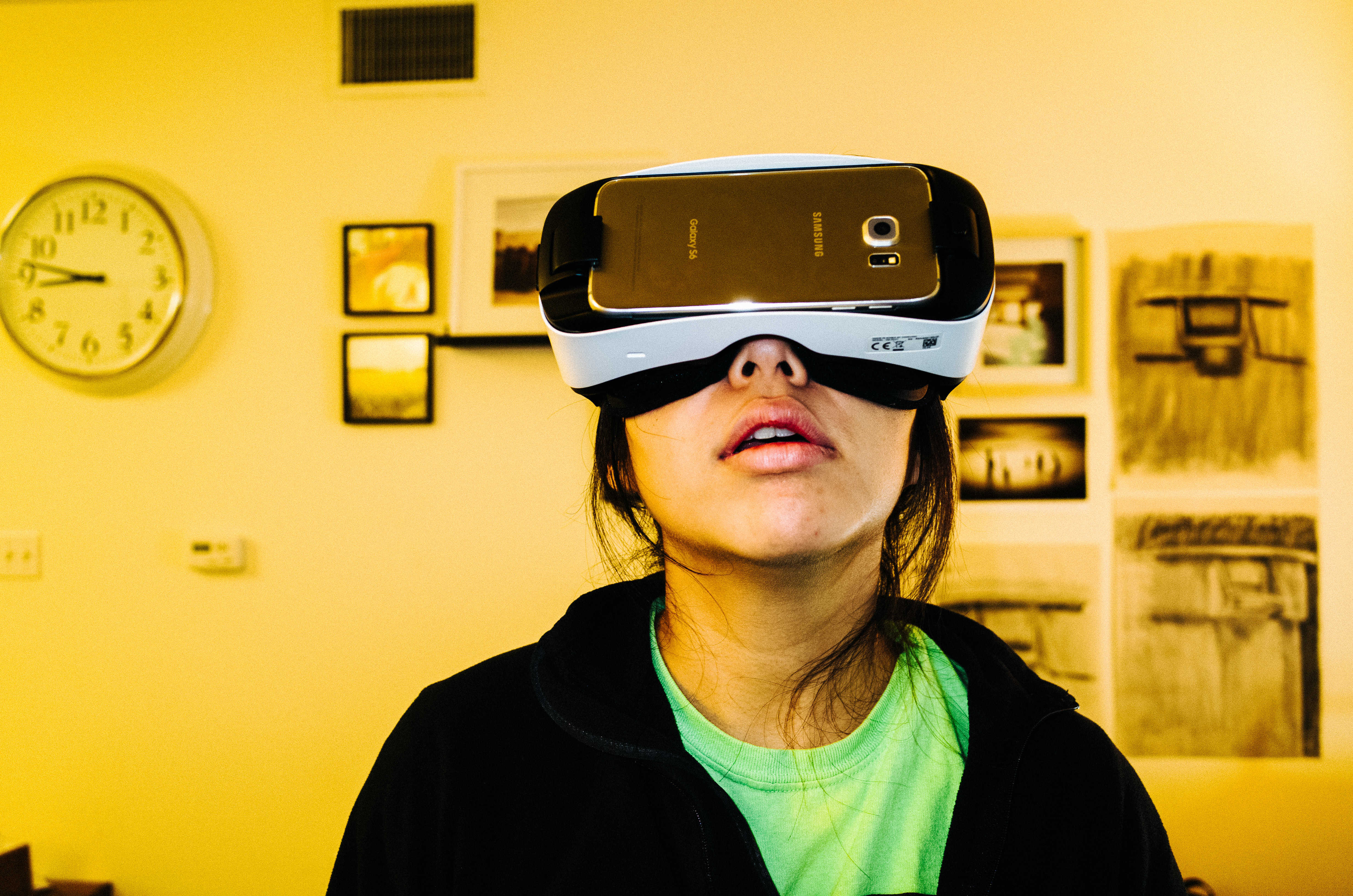

Raise your hand if you don’t have enough time to make photos.
[Raises hand]
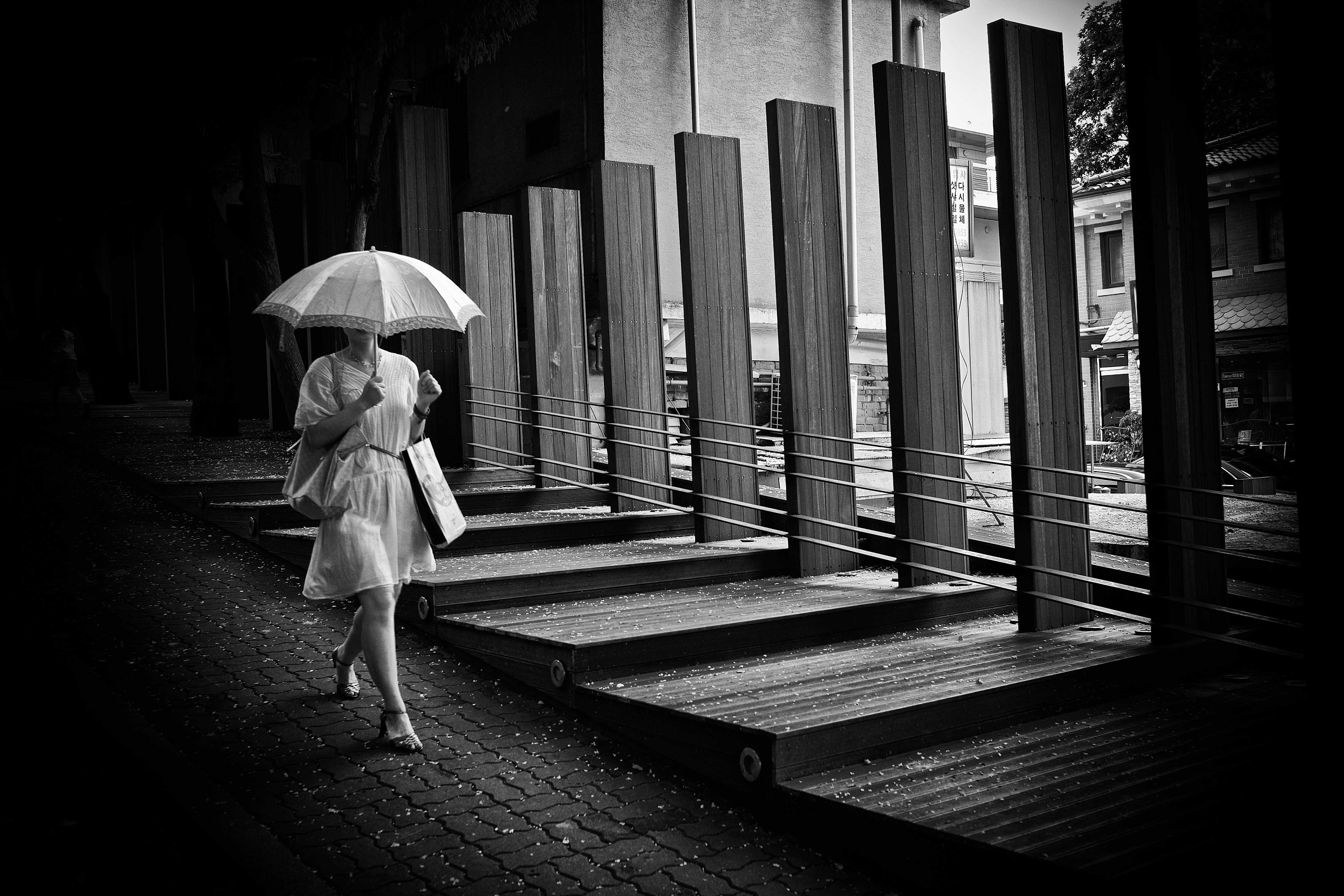

Dear friend,
I want to tell you about my camping trip in Yosemite during the thanksgiving break.
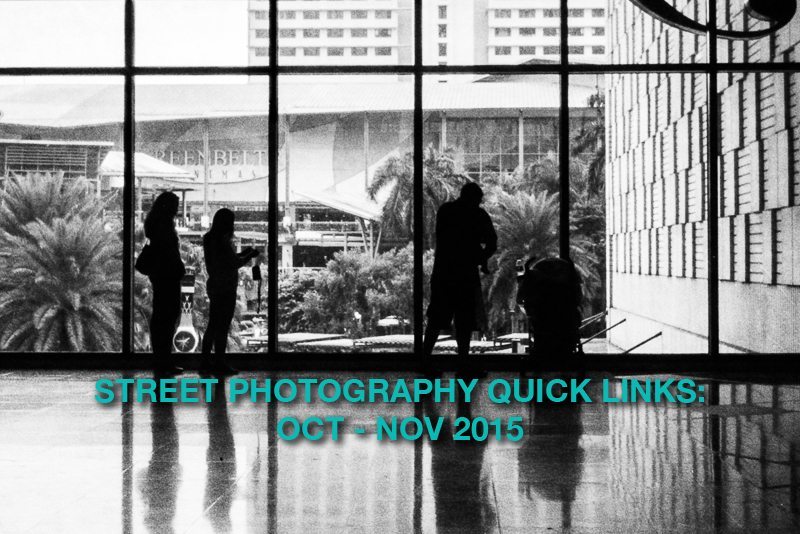

Street Photography Quick Links is a compilation of Links, Projects, News, Videos, Events, or anything that is related to street photography or photography in particular that I have personally consumed. Perhaps these might interest you or make you think. If you want to send some links my way, details will be at the bottom of the post below:
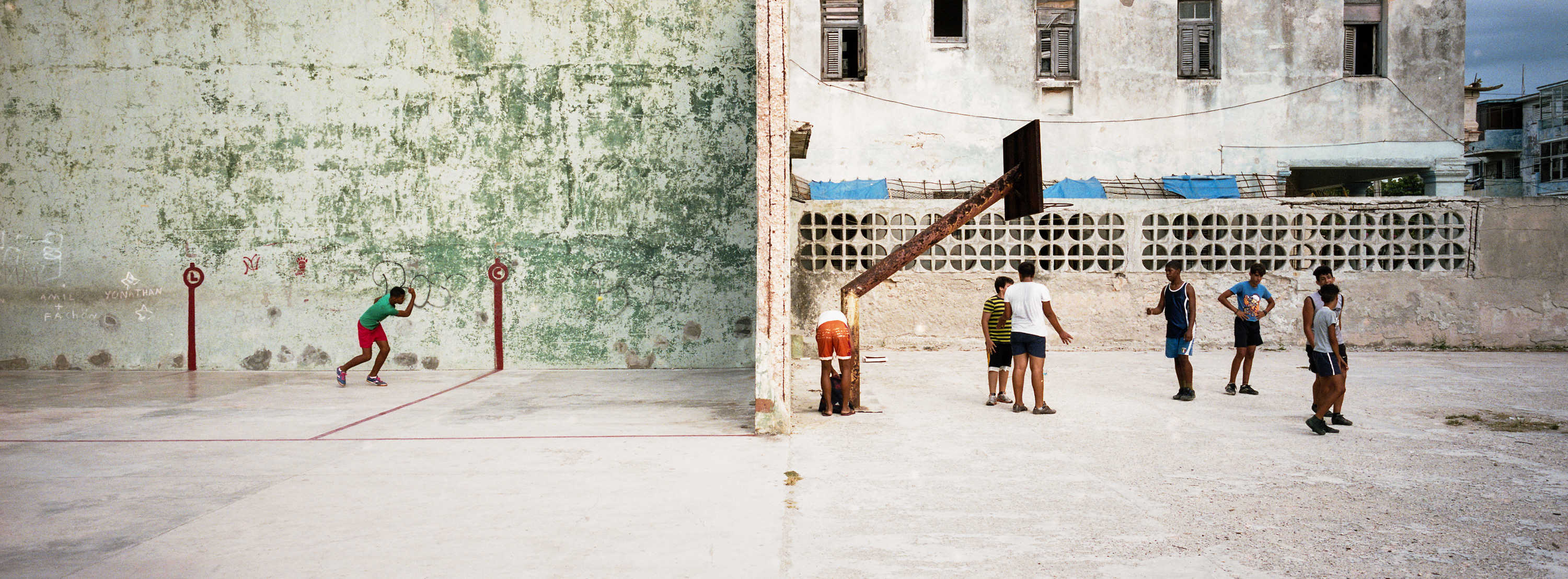

This is an interview between me and Neil Ta, my good friend (and manager). He’s recently taken his street photography to the next level by shooting exclusively with a Hasselblad Xpan (panoramic film camera), and has taken a few trips to Cuba. See his on-going edit of Cuba, and learn more about him and how he shoots:


“Have patience with everything unresolved in your heart and to try to love the questions themselves as if they were locked rooms or books written in a very foreign language. Don’t search for the answers, which could not be given to you now, because you would not be able to live them. And the point is, to live everything. Live the questions now.†– Rainer Maria Rilke
A.G. DeMesa: We have another guest post from photographer and self publisher, Maarten Rots. He previously wrote about Printing Your Work. Here is at again with how poetry can affect your photography:
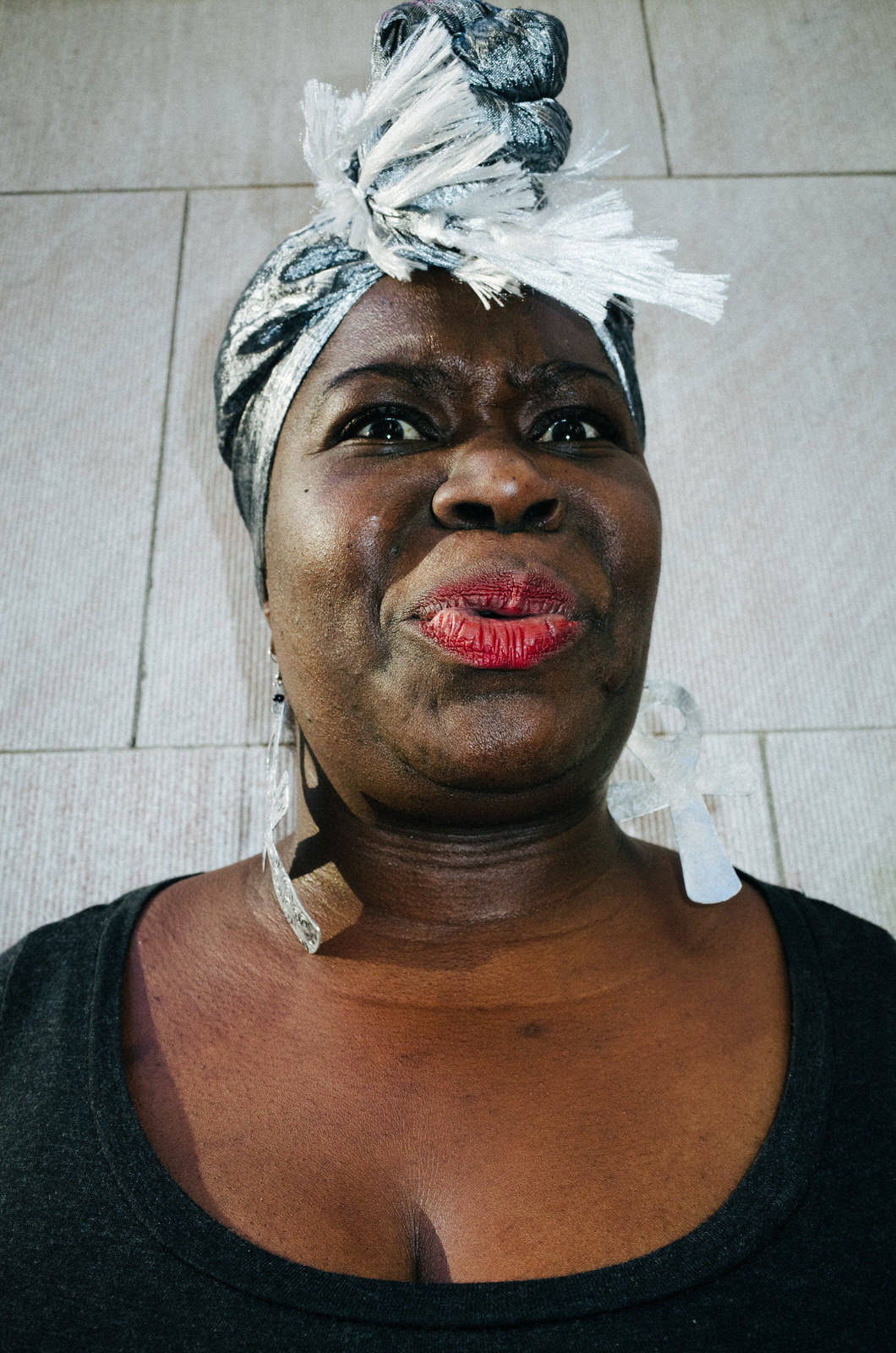

Read this as a Google Doc
I was talking with one of my friends and students David— and he has an excellent camera. He shot with an Olympus OM-D EM-5 Mark II with a Lumix 15mm lens (30mm full-frame equivalent). I was actually curious about the camera (as Josh White, one of my best friends in Korea) has one— and has been taking phenomenal shots with it.
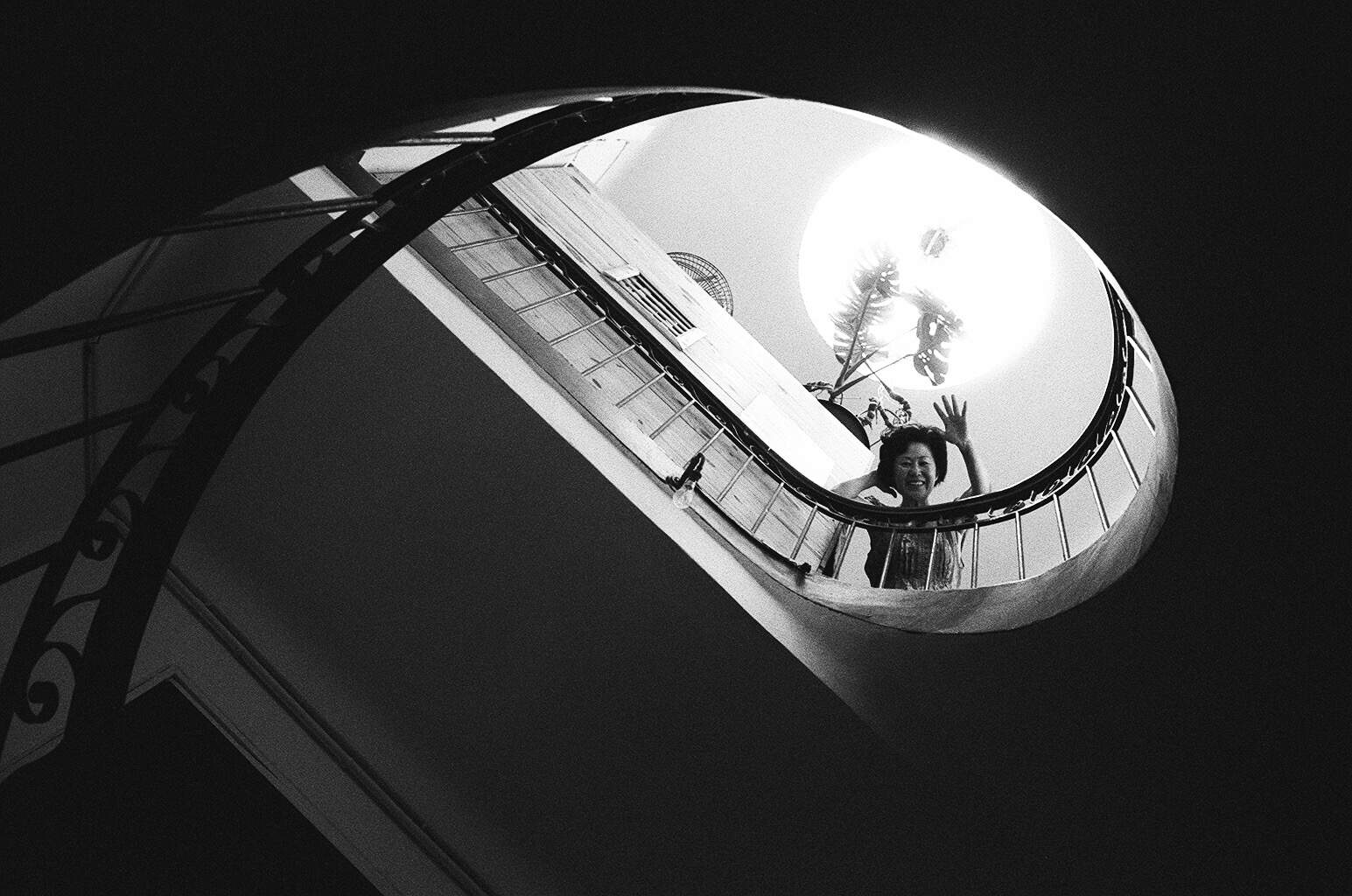

“Happiness: take away from your desires, not to add to your riches.†– Epicurus
Today is American Thanksgiving. It is a time of the year to appreciate what you have— to spend time with friends, family, and eat lots of (dry) turkey. I think about Thanksgiving as a chance to really “give thanks†— here is what I am grateful for in my life:
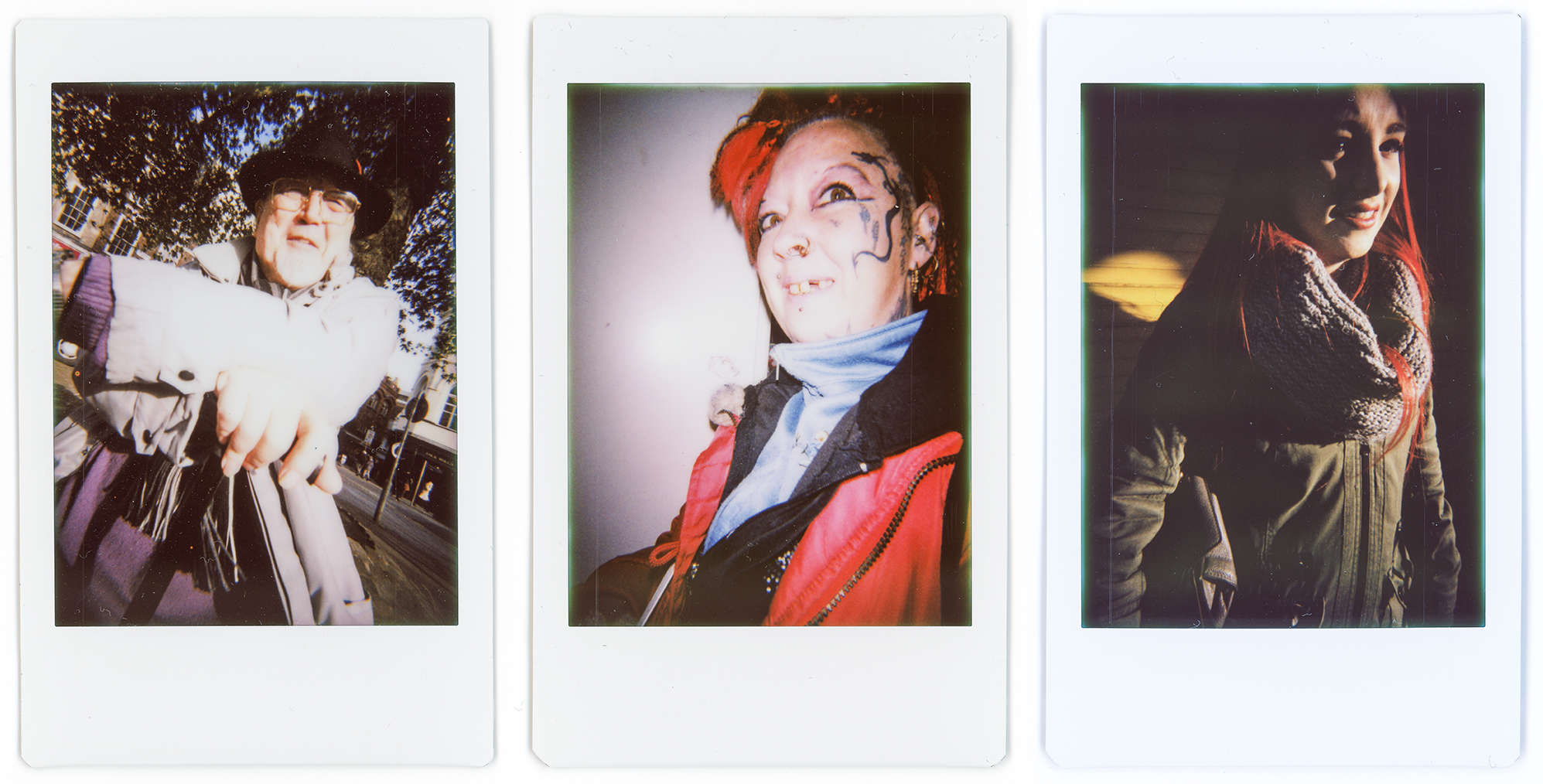

With the end of the year holiday season only just around the corner, I thought it would be fitting to write about Can Giving Make Us Happy?
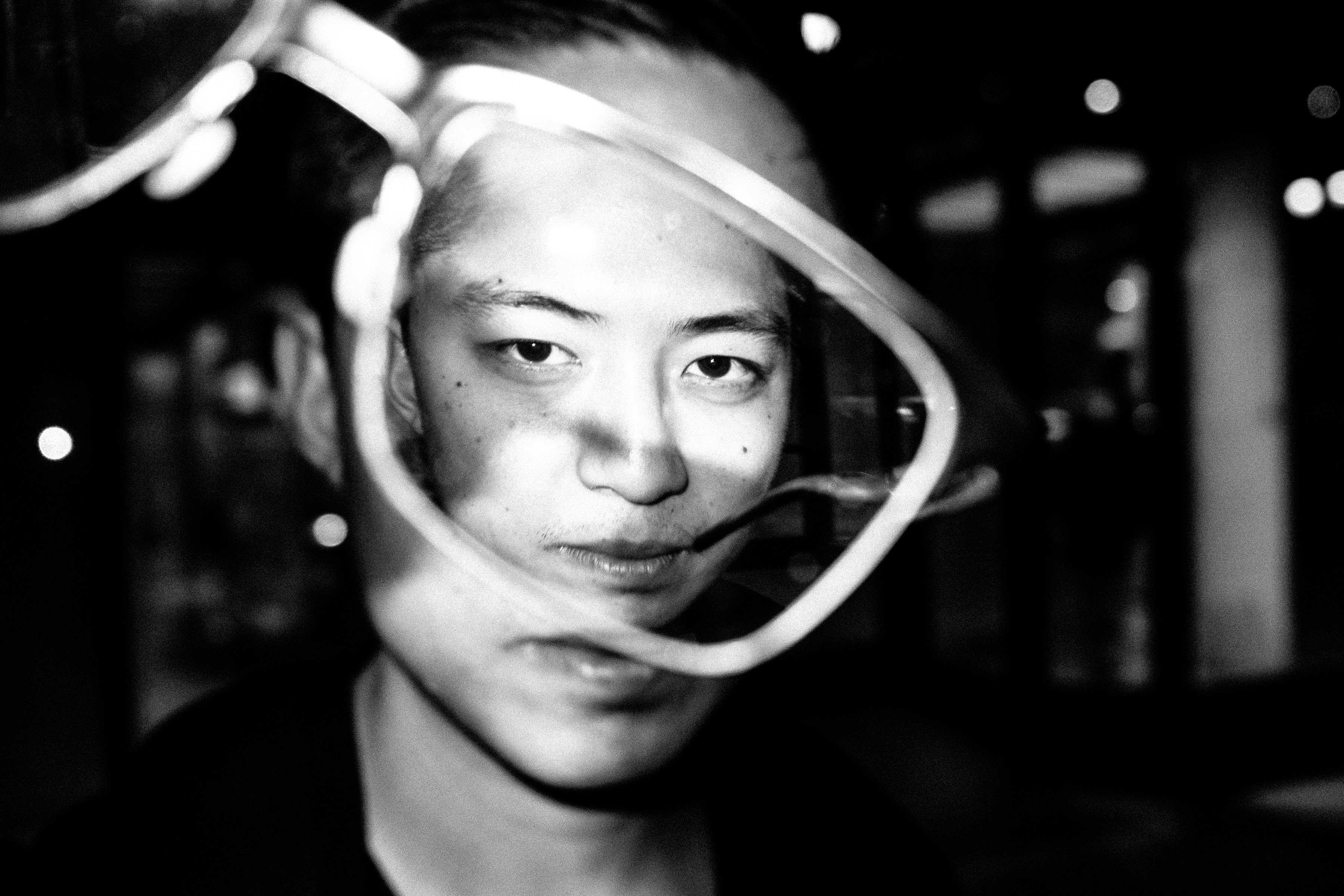

Dear friend,
I am writing this as a practical instructional manual in terms of how to start your own photography blog. Note that none of this is “truth†or “rules†— these are simply guidelines that I wish I knew when I started a photography blog. I will share some tips, pieces of advice, and lessons which can help you practically when starting a photography blog.
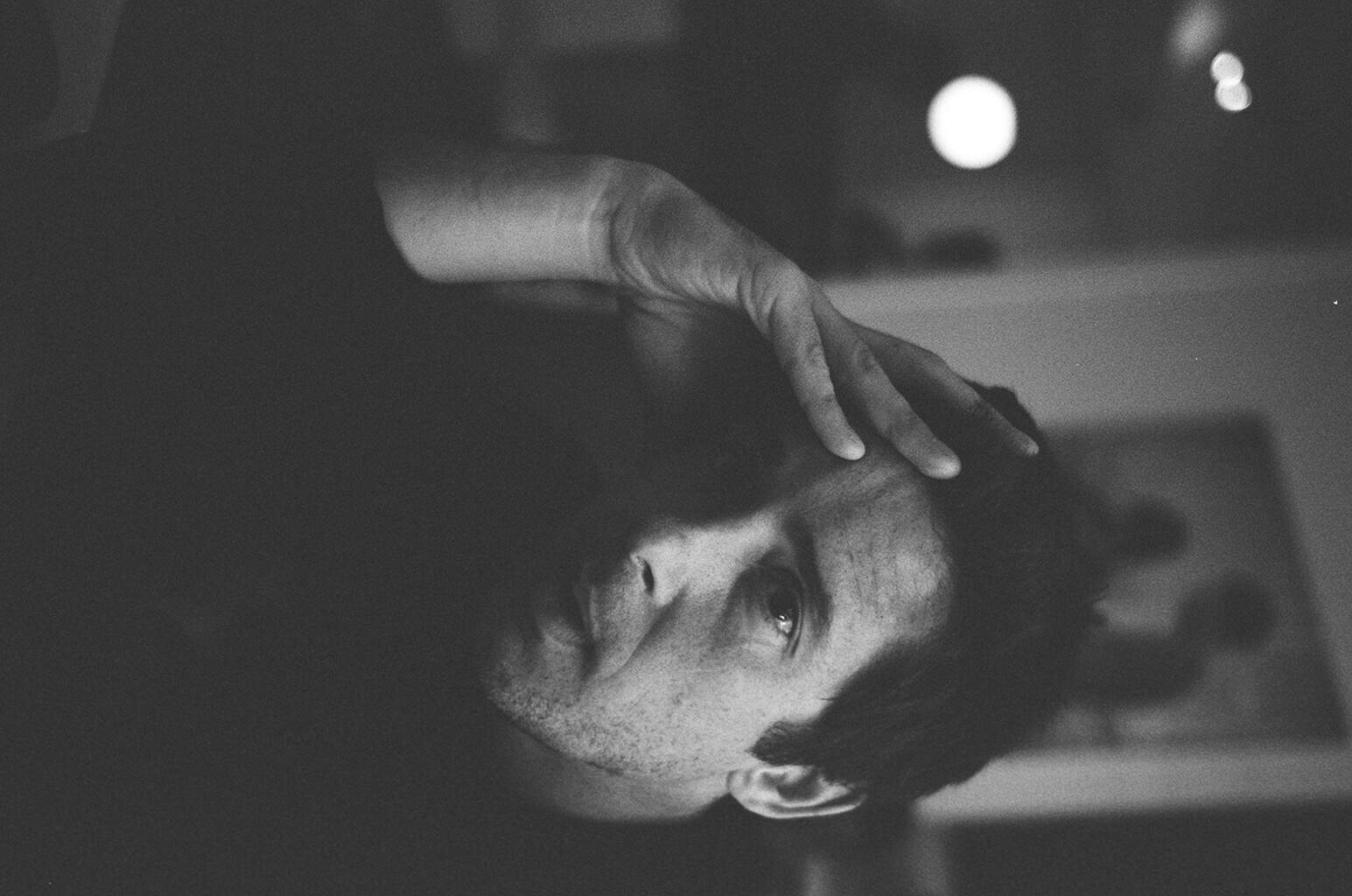

Dear friend,
I am addicted to G.A.S. (Gear Acquisition Syndrome). I always want to buy new shit— the newest iPad (Epic), cars (Mustang), phone (iPhone 6s or Nexus 6P), clothes (hipster $200+ raw denim), coffee makers ($500+), and tons of other stuff in my Amazon gift list. Here are some practical tips that have helped me (partially) combat G.A.S.:
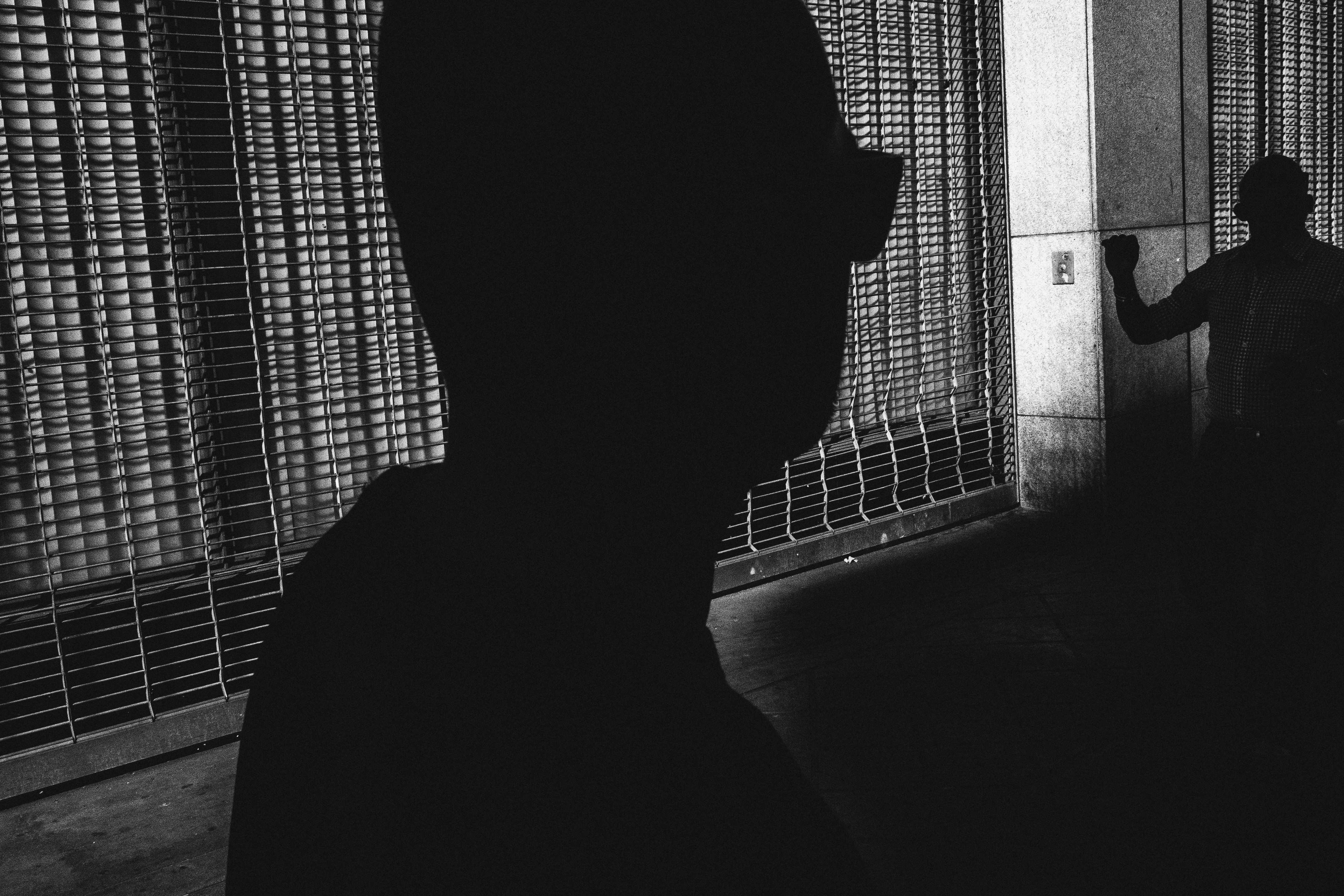

I love to buy shit. It makes me feel great. I feel cooler, handsomer, sexier, more powerful, and more important. I always feel that if I just bought “X†I would become happier. For example, if I bought a Leica, I would feel more “creativeâ€, “inspiredâ€, and become a better photographer. Not only that, but I would be more “respected†if I had a Leica.
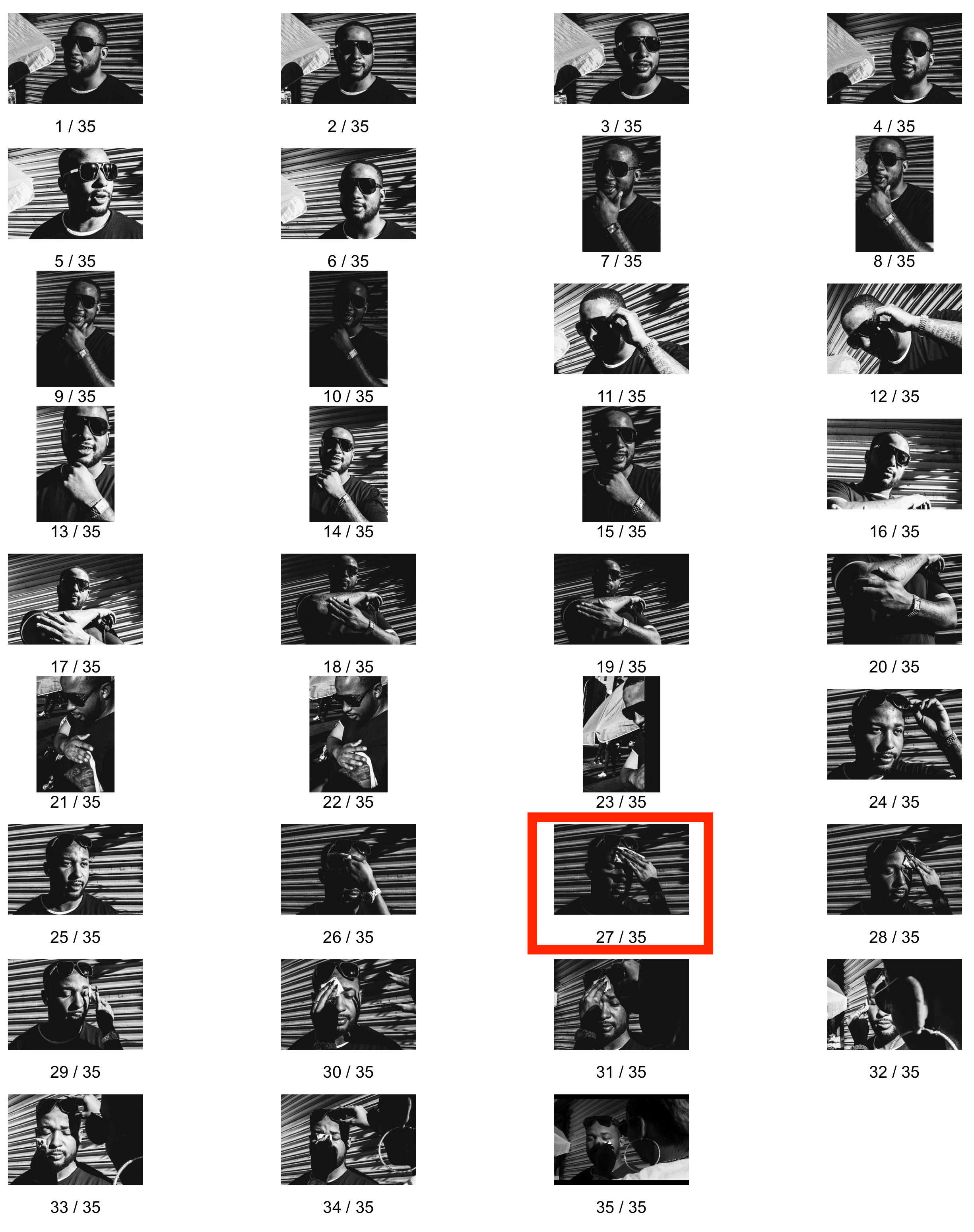

Ugh, I just woke up and haven’t had my espresso yet (fortunately it is being made right now).
Anyways— I wanted to share an idea that I had when I was rolling out of the couch today: practice random acts of kindness.
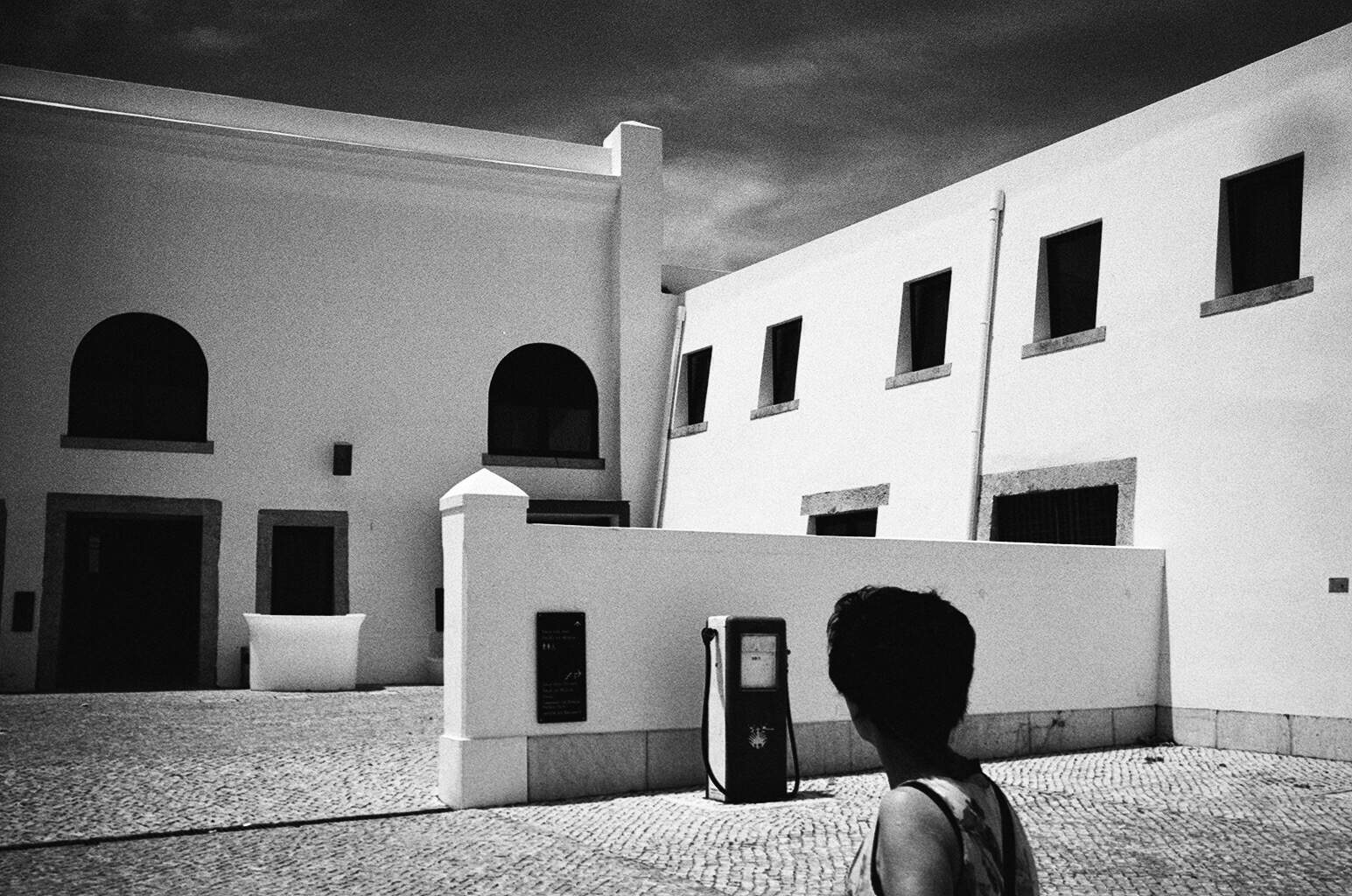

This weekend I’m teaching a “how to find your unique voice†street photography workshop in Downtown LA. One of the things I love most about teaching a workshop is that it gives me the opportunity to come up with new posts to share with you.
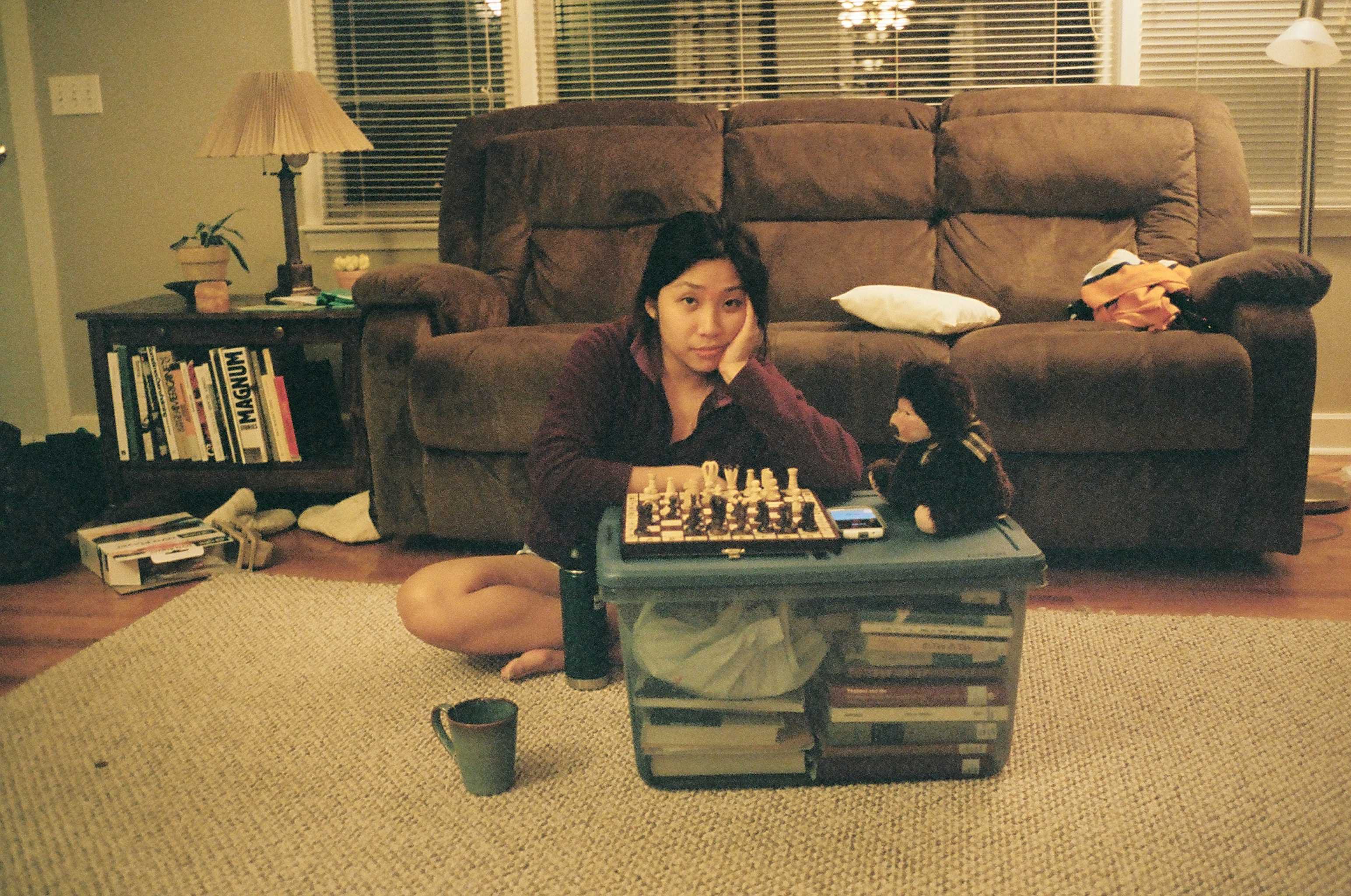

Dear friend, life is brutally short; live a life of leisure.
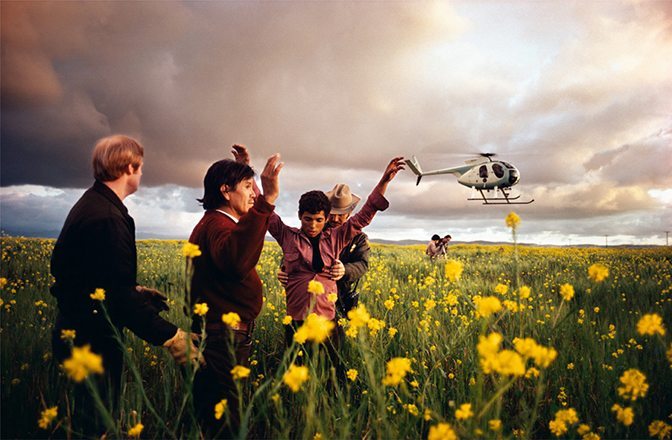

This is part two of my review on Alex Webb and Rebecca Norris Webb, ‘On Street Photography and the Poetic Image‘.
For part one, click here.
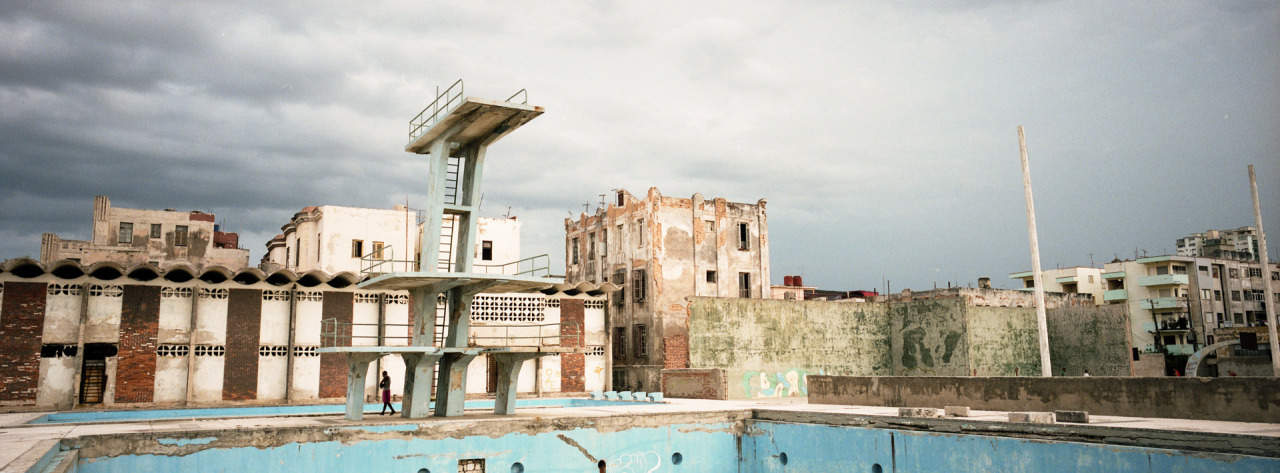

Hey Neil,
Happy birthday man. I’m not 100% sure how old you are now, but all I know is that you’re about a decade my senior. I wanted to write this letter to wish you a happy birthday, and share some personal thoughts of how grateful I am to have you in my life.
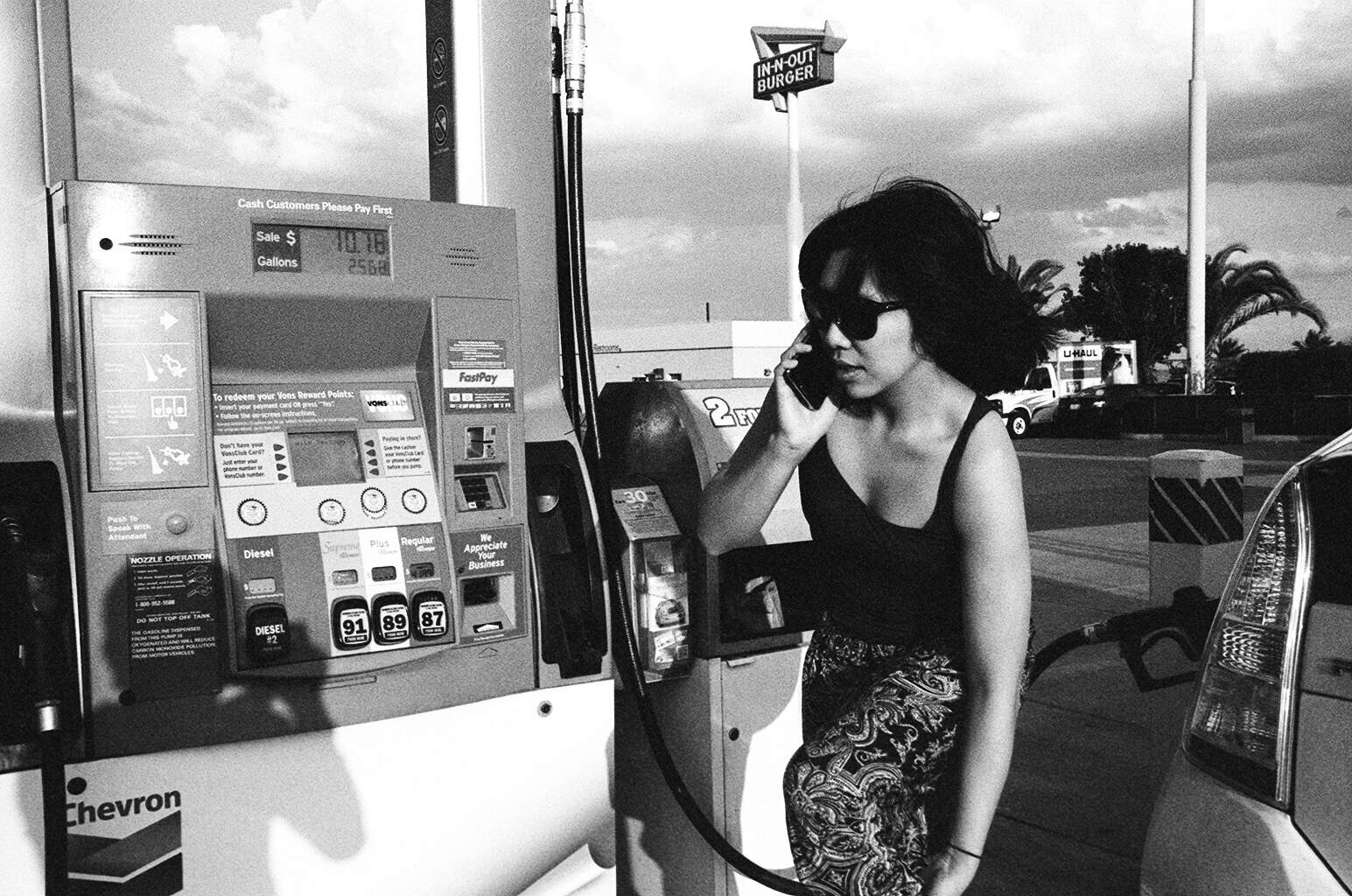

Dear friend,
I want to share some ideas with you– specifically about “personal” street photography. I’m going to ramble a bit before that, so please be patient with me.
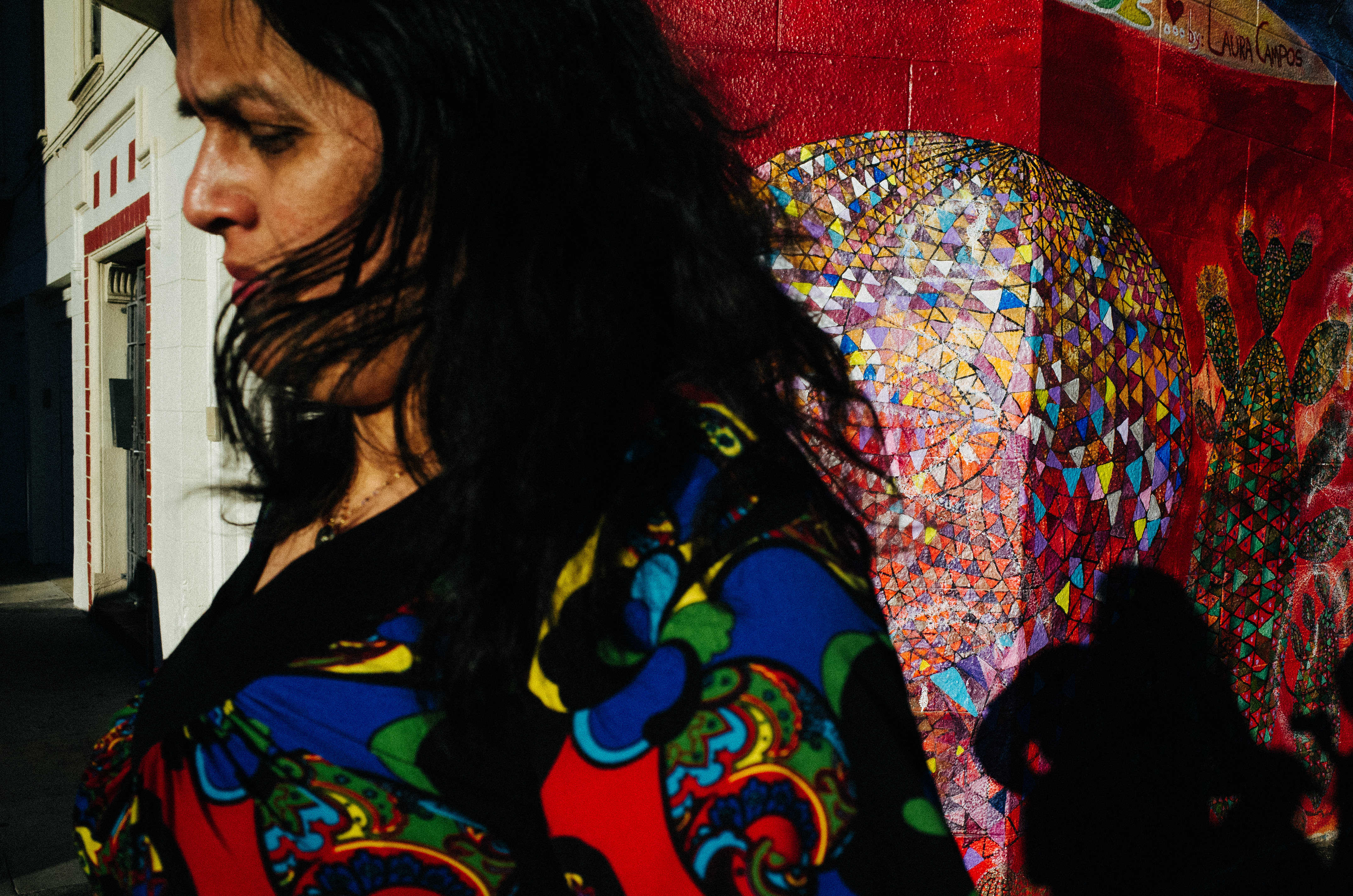

Dear friend,
I wanted to share some ideas with you on my mind; one of them being on happiness.


I’m in a plane to LA from Oakland (Southwest), and wanted to use this hour or so to write and share about my experiences shooting 100 rolls of Kodak Tri-X Film pushed to 1600 this summer.

(A.g.: In the spirit of Open Source here on Eric’s Blog, this is a German translation of Eric’s 10 Things Henri Cartier-Bresson Can Teach You About Street Photography made by photographer Lukas Beinstein).
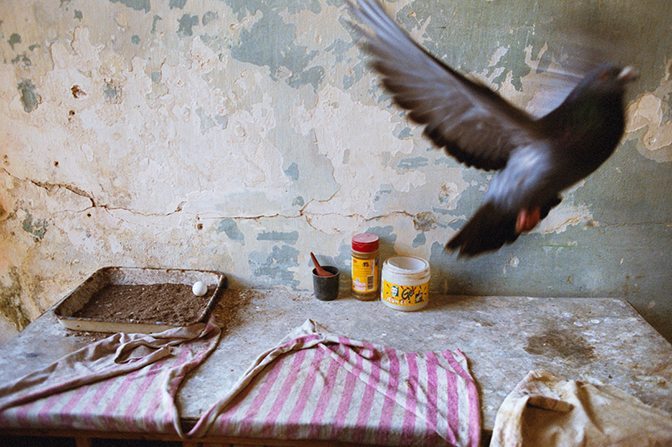

Aperture have released a book collection called ‘The Photography Workshop Series‘ and currently have four in that set. I recently bought the co-authored one from Alex Webb and Rebecca Norris Webb, ‘On Street Photography and the Poetic Image‘. As Alex is one of my favourite photographers, I wasn’t going to miss an opportunity to gain knowledge and guidance from such a great photographer. Especially as it’s unlikely that I’m going to get the chance to meet him in person, and what better alternative than with a book.
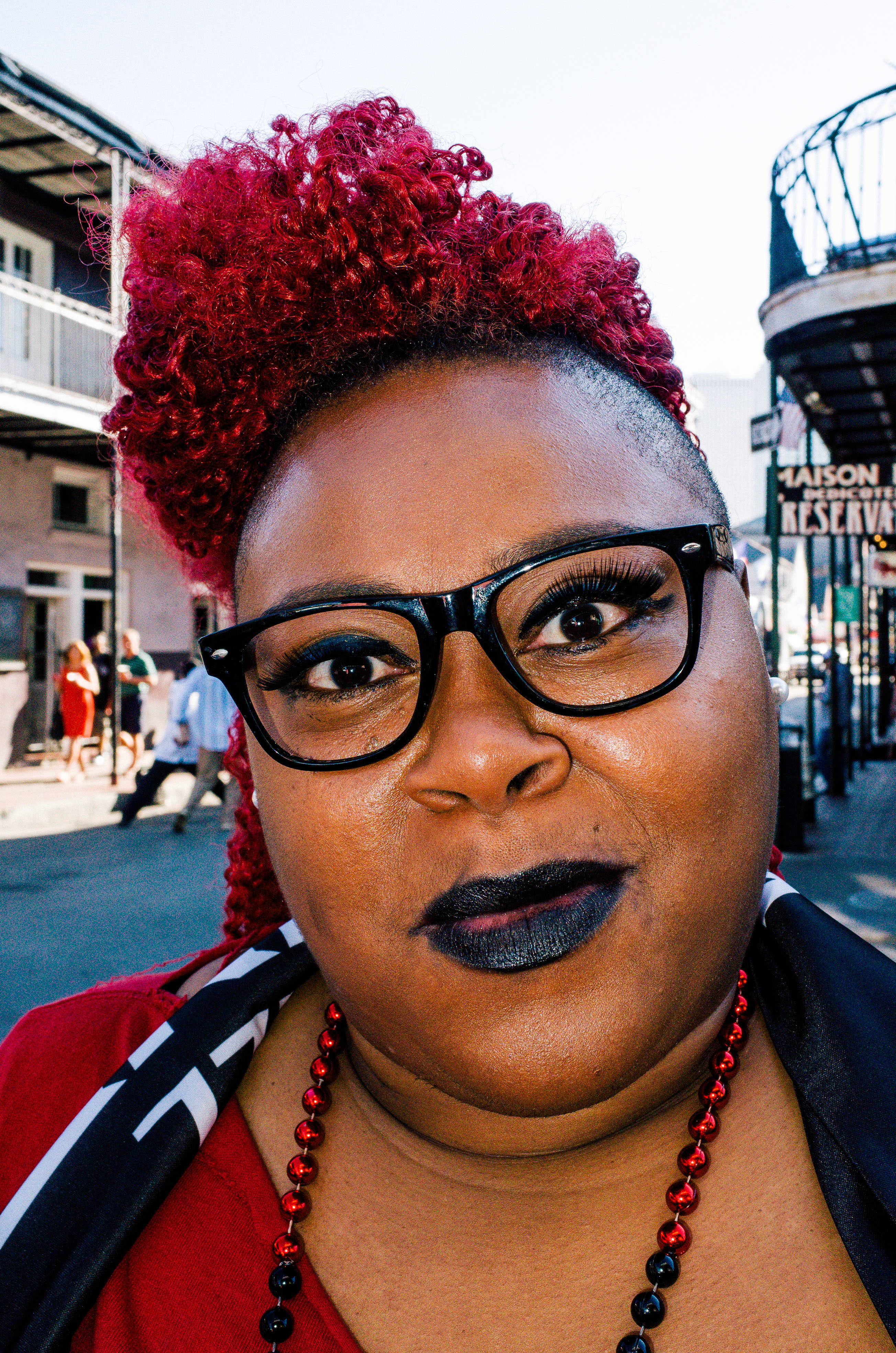

Simon: I recently took part in Eric’s workshop in New Orleans and during one of our daily critique sessions Eric asked if I’d like to write a post about the top 5 things I learnt.  After taking the time to reflect on the week I really struggled to cut it down to 5 and decided to share the top 10 – sorry Eric!
Before I get into what I learnt about photography I want to share a couple of other things I learned from this trip:
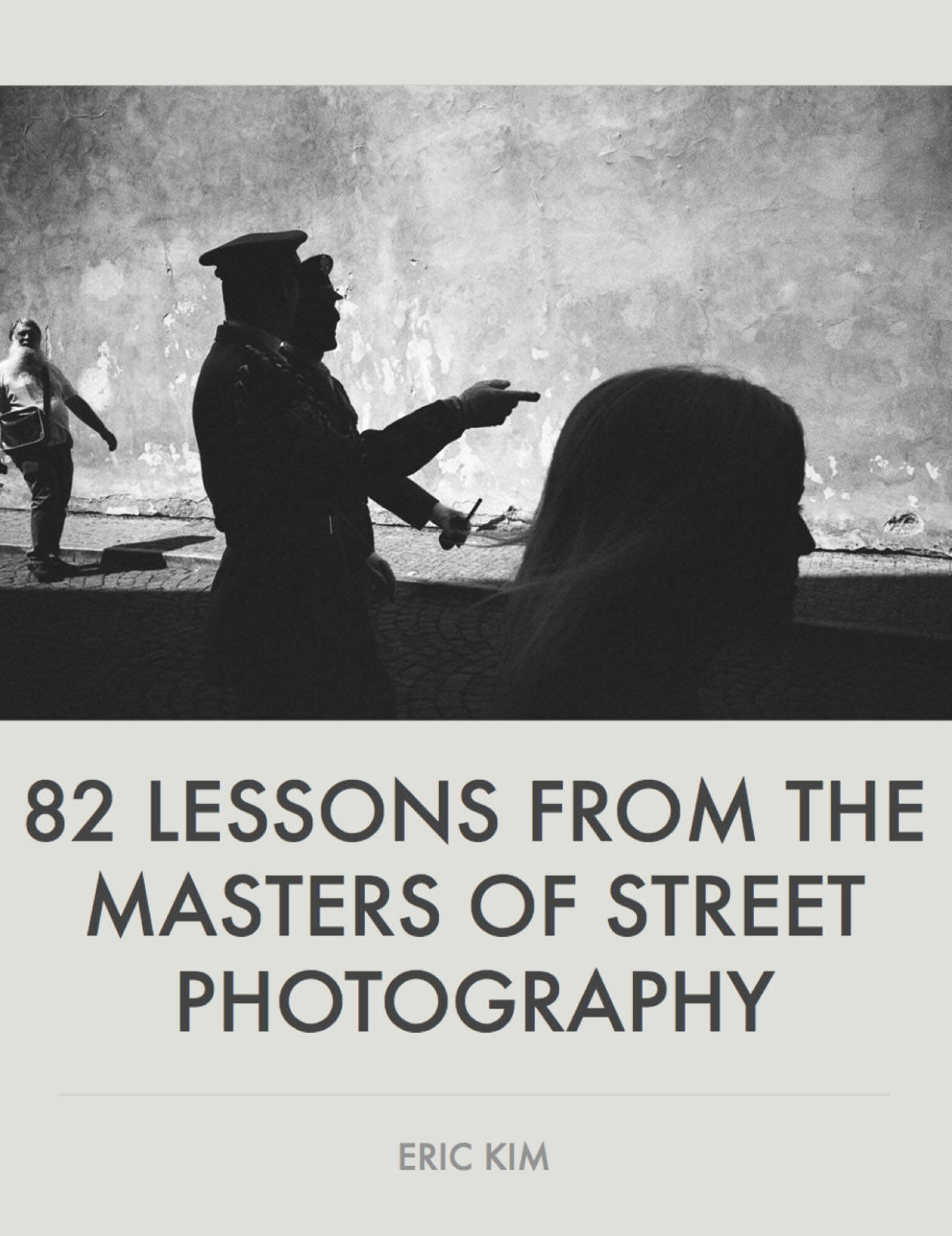

See the most recent version of this book (Version III): “100 Lessons From the Masters of Street Photography.”
Learn from the masters of street photography, with 82 practical lessons and assignments that will push you outside of your comfort zone, and take your work to the next level.
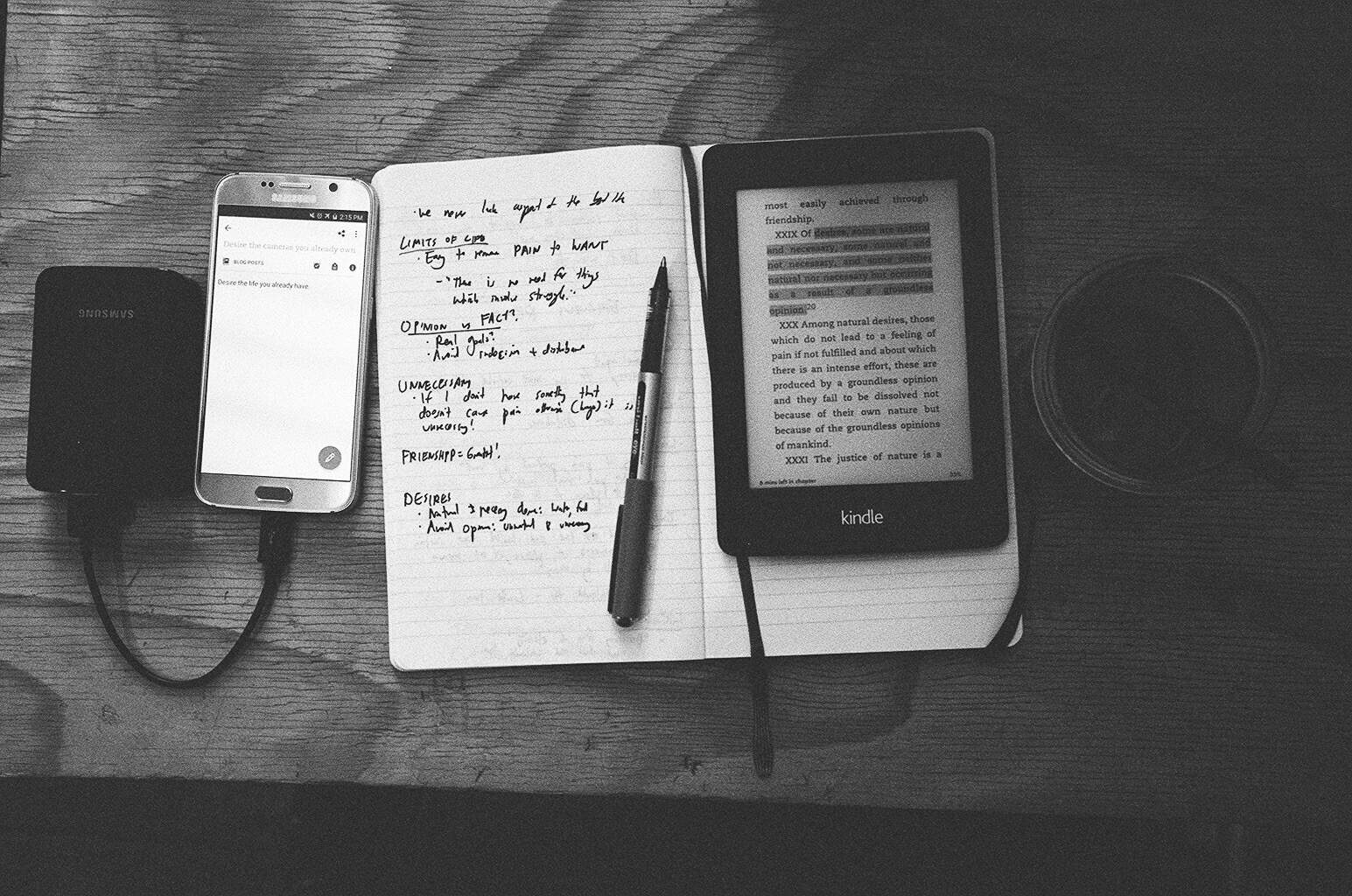

I’ve been in the “social media†game for as long as I can remember. Let me tell you a story:
I just turned 21 years old, and I got 100+ “happy birthday†messages on Facebook. No phone calls. Two text messages (one from Cindy and one from my mom). No presents. No hugs in real life. I felt sad, shallow, and neglected.
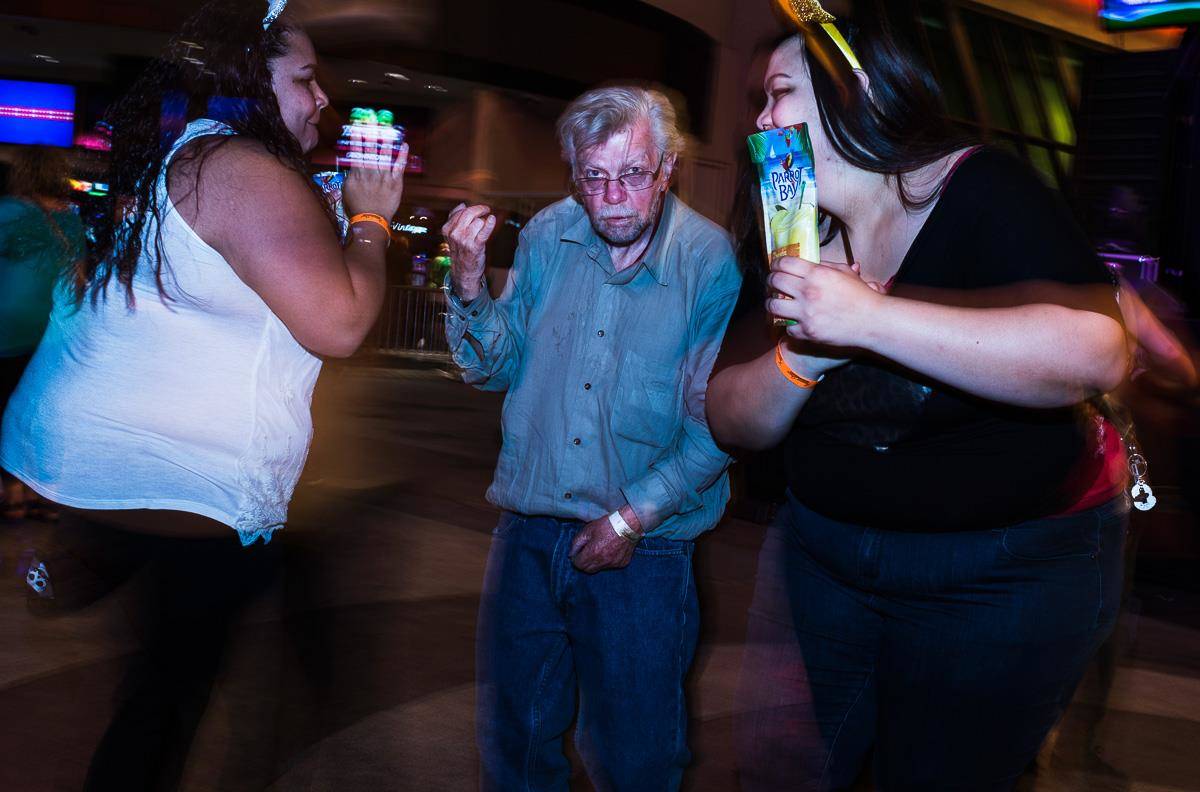

(Cover Photo by Assignment No. 15 Community’s Choice, Salman Taseem Haque)
While sifting and reading these pictures, I constantly have a smile on my face. This has got to go down as one of my favorite because it reeks of so much positivity. That said, let’s look at some of the best in this beautiful assignment.
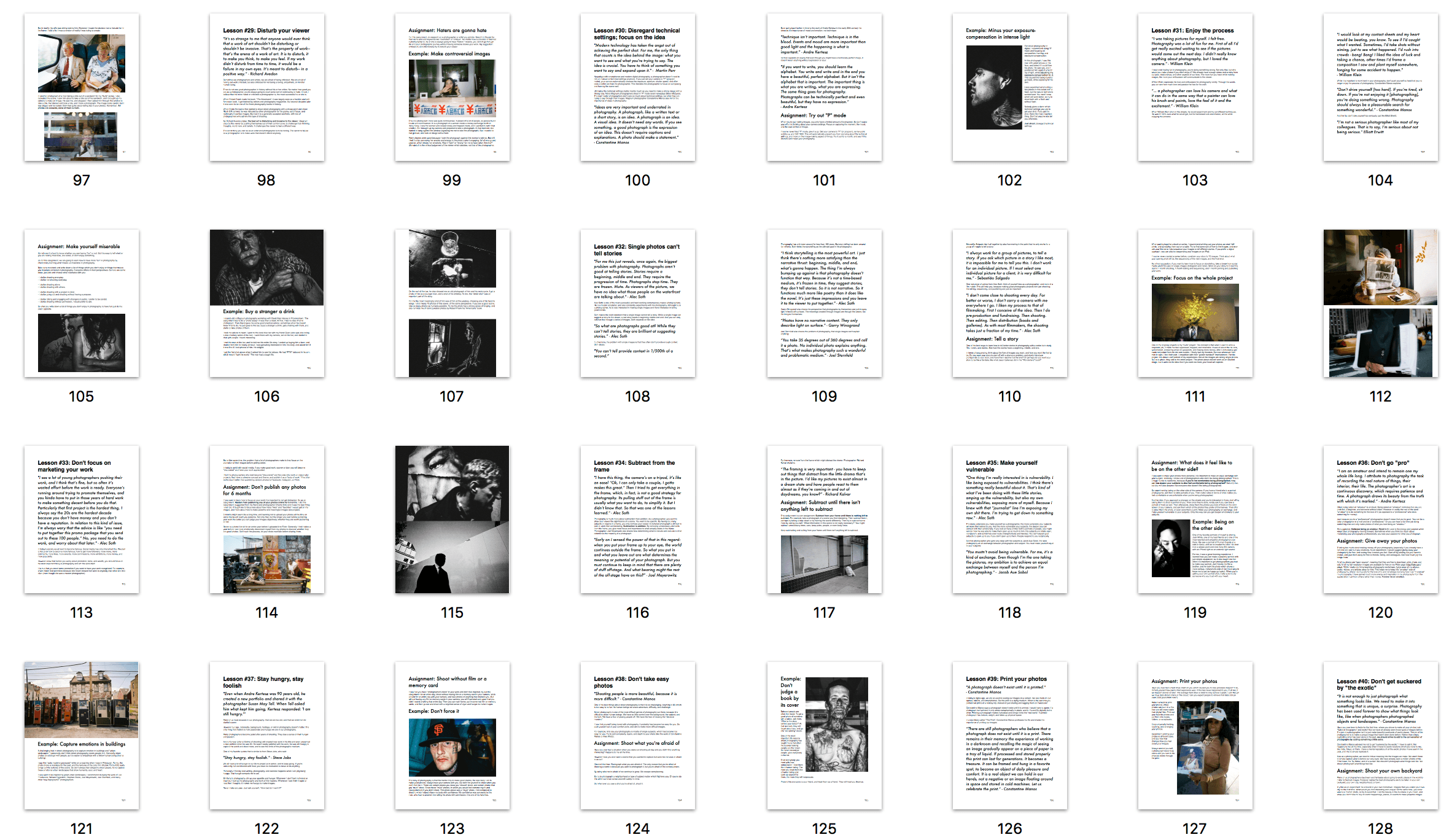

Check out the updated book: “100 Lessons From the Masters of Street Photography.”
Dear streettogs,
I am excited to announce my new free “open-source” e-book: “Learn From the Masters of Street Photography.” This book is a compilation of all the lessons I’ve distilled from my “Learn From the Masters Series” on the blog, in a convenient PDF for you to read, learn from, edit, remix, and share.
This project is very close to my heart, because I think it is my greatest work to date. I have poured my entire heart, blood, and soul into this work (along with drinking close to 100 espressos in total). I truly hope that this book helps stimulate some new ideas, helps push you outside of your creative zone, and for you to embrace these timeless lessons from the masters of photography.
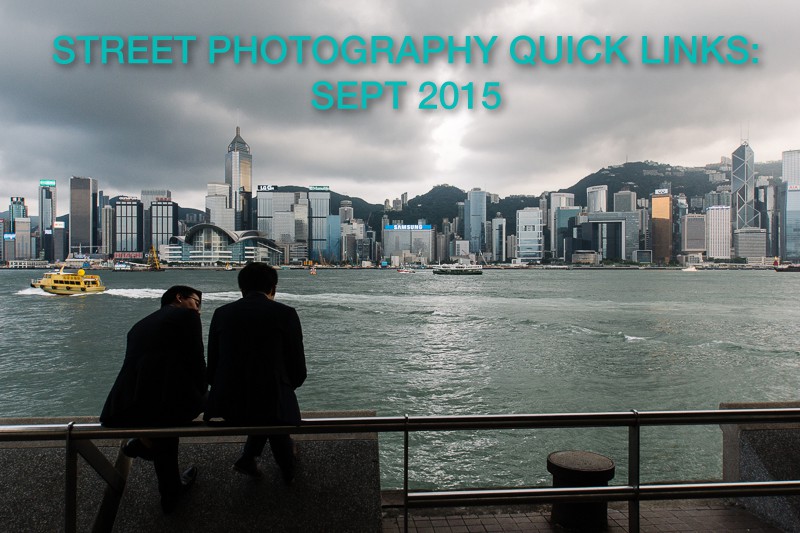

Street Photography Quick Links is a compilation of Links, Projects, News, Videos, Events, or anything that is related to street photography or photography in particular that I have personally consumed. Perhaps these might interest you or make you think. If you want to send some links my way, details will be at the post below:

Eric: This article is by John Hall, a photographer and human being I respect deeply. John Hall was one of my students at a week-long street photography workshop in SF, and since then he has been my zen master (he always reminds me to stay centered). He recently attended a Jacob Aue Sobol workshop in Kyoto, Japan and I loved the article so much I wanted to share it with you. You can see his original article here.
John: I just finished a week long workshop with Jacob Aue Sobol in Kyoto and it was terrific. The Leica team was also most helpful during the week as the workshop was held in their beautiful Gion Leica store. Jacob, Chloe and Albert did a super job with a diverse set of students. A highly recommended workshop!
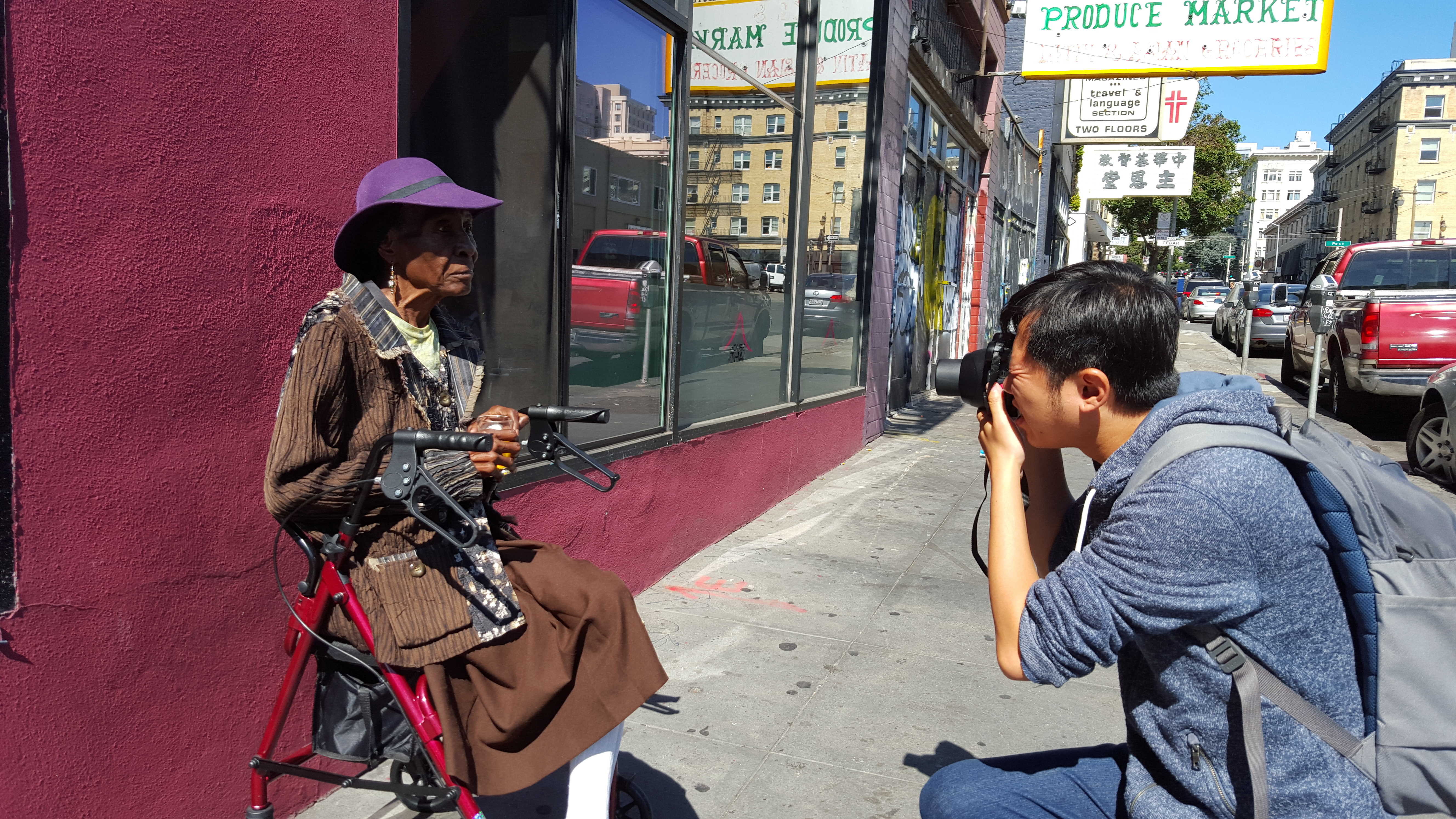
During my street photography workshop in SF this weekend, I experienced something that touched my heart. Peter Zhang, one of my students, was having a lovely chat with this woman in the Tenderloin of San Francisco. When I approached them, I saw him already deeply engaged with her in conversation, and he even gave her a kiss on the cheek!
What he did next amazed me; he took a portrait of her on an Fujifilm Instax Wide camera, and gave her a print as a present. The woman was blown away, and I recorded all the footage on my phone to share the love.


A post taken from Josh’s blog. He doesn’t always say much, but like this post talks about, simple things are sometimes good ones. Enjoy.
The end of a long weekend. I used to travel on weekends like this. I would go to Tokyo or Hong Kong. Now, I prefer to stay nearer home.

(Editor’s Note: Words and Photographs by Steve Simon. Steve is a very passionate photographer, author, and an educator that has traveled the world shooting for various brands, companies, and organizations. His work focuses on street and documentary photography. He shares with us today how simple it is to start a street project and how it will develop your photography further. All words and photographs are by Steve Simon.)
We all have a unique vision of the world and photography is such a great way to express your vision. The more you shoot, the more focused and recognizable that vision becomes, a style if you will. But you don’t set out to create a style, your style reveals itself when you get through a volume of work. It’s unconscious and not contrived. Others might see it before you do… you’re too close to your work to always recognize it.
I have been a street photographer since I first picked up a camera as a young kid, wandering the streets of Montreal.
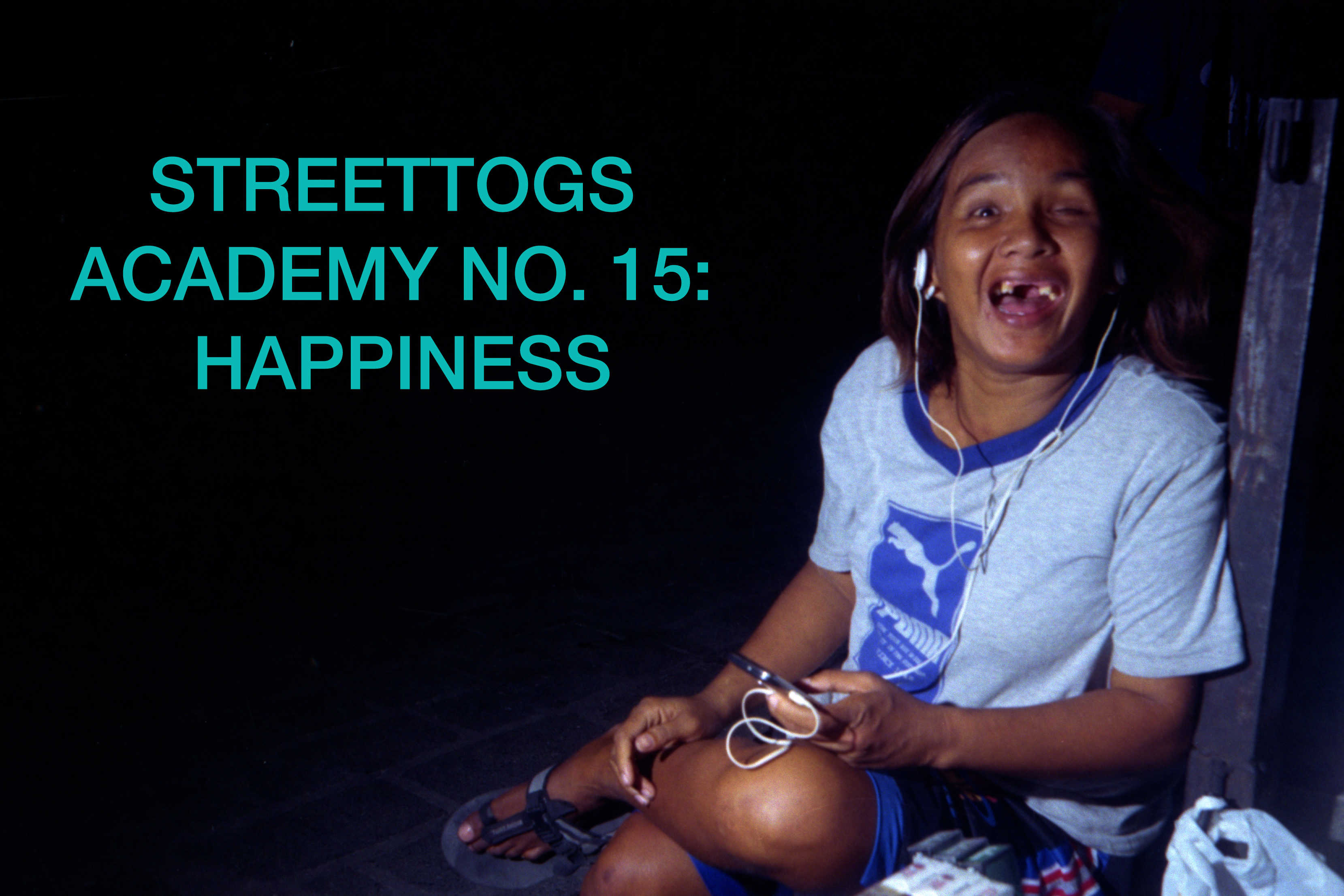

Let’s keep things going and get to more shooting with the latest assignment for Streettogs Academy!
For avid readers of Eric’s blog, you’d notice he’s on a relentless pursuit towards zen, stoicism, and minimalism. All of this is in the pursuit of one thing. Actually it is a thing we are all pursuing in all the aspects of our lives.
Here is our next assignment:


Dear friend,
I wanted to write you a letter about “Wu-Weiâ€, a Taoist philosophy and concept that I learned from the “Tao Te Ching†(recommend the version by Stephen Mitchell).
So let me pose you a question: have you ever been out shooting on the streets for an entire day, and you tried really hard to make good photos, and you ended up not making any good photos after 8 hours of hard work and stress?


Dear friend,
I wanted to give you some advice on bouncing back from negative and debilitating experiences when you’re shooting street photography.


Dear friend,
I wanted to write you a letter on the concept of “killing the masters of photographyâ€. It is kind of a Buddhist philosophy, as well as a philosophy I gained from Seneca, my stoic philosophy hero and mentor.
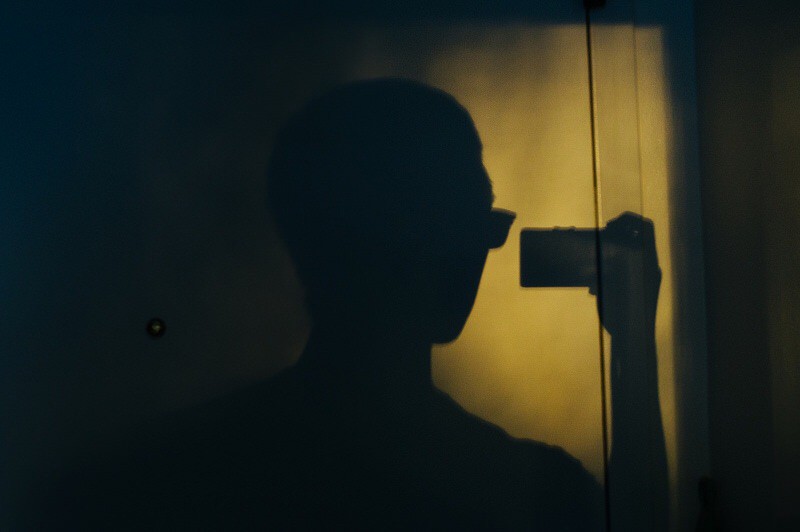

Dear Eric,
I want to write this letter for you, as a reminder of sorts to meditate upon some of the thoughts running around in your head.
Remember when you used to work in IT at UCLA? How many people complained that their computer didn’t work, and a simple rebooting of their computers fixed the problem?
I think the same thing applies to your own life’s problems: simply reboot. Don’t let the demons of your past drag you down. Reboot, and start afresh.
I think one of the things you did for yourself which was refreshing was rebooting your Flickr. I know how attached you were to your images, and how great you thought you were. You were attached to your older black and white photos, and while they were pretty, as your friend Josh told you, they weren’t that memorable (besides a few photos, like the dark faced man in Tokyo, the jazz hands lady, and your grandfather series). So what you ended up doing was listening to Josh, re uploading your “Grandfather†series to your portfolio, and you removed your older black and white “Grit and grain†series of your best black and white photos. That was difficult, but damn refreshing.
So anyways, you marked all of your photos on Flickr to private, except your new color street portraits shot on a digital Ricoh GR. Josh told you that he felt these images felt more honest, and you agreed. Not only that, but wasn’t it refreshing to simply “reboot†your entire Flickr and start again from scratch?
A few months ago, your blog went offline. Suddenly, all 1,000+ of your posts over the last few years were gone. Disappeared.
At first you freaked out. You crapped your pants. You thought you got hacked, and jumped to all these conclusions.
Yet after the first hour of panic, you actually felt an intense wave of calm. Everything you said before was now dead. You actually looked forward to restarting from scratch, just like a beginner. And honestly at the end of the day, the only thing you’re really proud of include your recent ebooks made into PDFs. If suddenly your entire blog disappeared again, I think you would have no regrets. Just keep writing, putting together those PDFs, and don’t expect to leave some sort of legacy. Just do your work, day by day, and be diligent. Don’t give up, keep drinking coffee, and ultimately write for yourself and a few good friends, without seeking others approval.
Another interesting thing that you tried out is dropping “street photography†from your title. After all, your ultimate passion (at least for now) is street photography. Why would you change your title from “Eric Kim Street Photography Blog†to simply “Eric Kim Photography Blog?†Well, nowadays you’re starting to feel a bit trapped by being pigeonholed into the genre of “street photographyâ€, because you don’t only shoot street photography. You shoot different types of photography. You’re exploring a lot more “personal documentary photography†(similar to Anders Petersen) in which you’re photographing your loved ones (like Cindy). Josh White also helped inspire you in this direction.
Not only that, but you don’t want the blog to just appeal to street photographers, but to all photographers. I think what you want to do is to make it more general, because ultimately all of us photographers deal with the same issues in life: issues with not having enough money and free time, issues trying to find our own voices, and the stress and anxiety of not getting enough “likes†or comments on social media. So why restrict yourself to just a small audience of street photographers. You were built and put on this earth to serve all of mankind. So don’t restrict yourself. Perhaps even down the line you can rename the blog to just “Eric Kim Blogâ€, where you don’t even have to just talk about photography either, because your interests also lie in philosophy, happiness, psychology, history, and other topics. Don’t restrict yourself. Speak your mind, be open and free, and know that most people won’t appreciate or care what you say or do or write. But once again, you’re ultimately writing to solve your internal fucked up mind, to solve your inner stresses, to medicate your own ailments. If anyone gains benefit from it, be happy. If not, be happy that you’re helping yourself at the end of the day.
So how else can you reboot your life? Reboot your family history; don’t be held back by the demons of your past with all the drama with your mom and your dad. Reboot your photography, don’t feel you only need to shoot “street photographyâ€, just shoot whatever makes you happy. Reboot your social life; only spend time with the select few friends who truly bring joy to your life. Reboot your philosophies on a daily basis; don’t feel tied to these arbitrary “rules†you set yourself. Know that when you find a rule you set yourself in life no longer works, change it. Don’t be a fool and be stubborn. Ditching film (for now) and shooting digital has made you feel like a beginner again, more free, and more fun. So stick with it, don’t feel like you need to stick with film just for the sake of it.
Anyways, you have an amazing day to look forward to, to teach your Seattle street photography class. Help the students build their confidence, show them love, compassion, and your heart. Ultimately focus less on technique, and more on treating them like human beings. Remember at the end of the day, they’re not going to remember what you taught them, but that you loved them.
Oh yeah, and you’re allowed to have as many coffees today as you want (you deserve it). Hipster espressos galore, woot!
Love always,
Eric
9:35am, Thursday, 9/17/2015 @ Walters house after a nice espresso he made for you, always be grateful of his friendship and those who have helped you along the way.


“If your mind is empty, it is always ready for anything, it is open to everything. In the beginner’s mind there are many possibilities, but in the expert’s mind there are few. †― Shunryu Suzuki
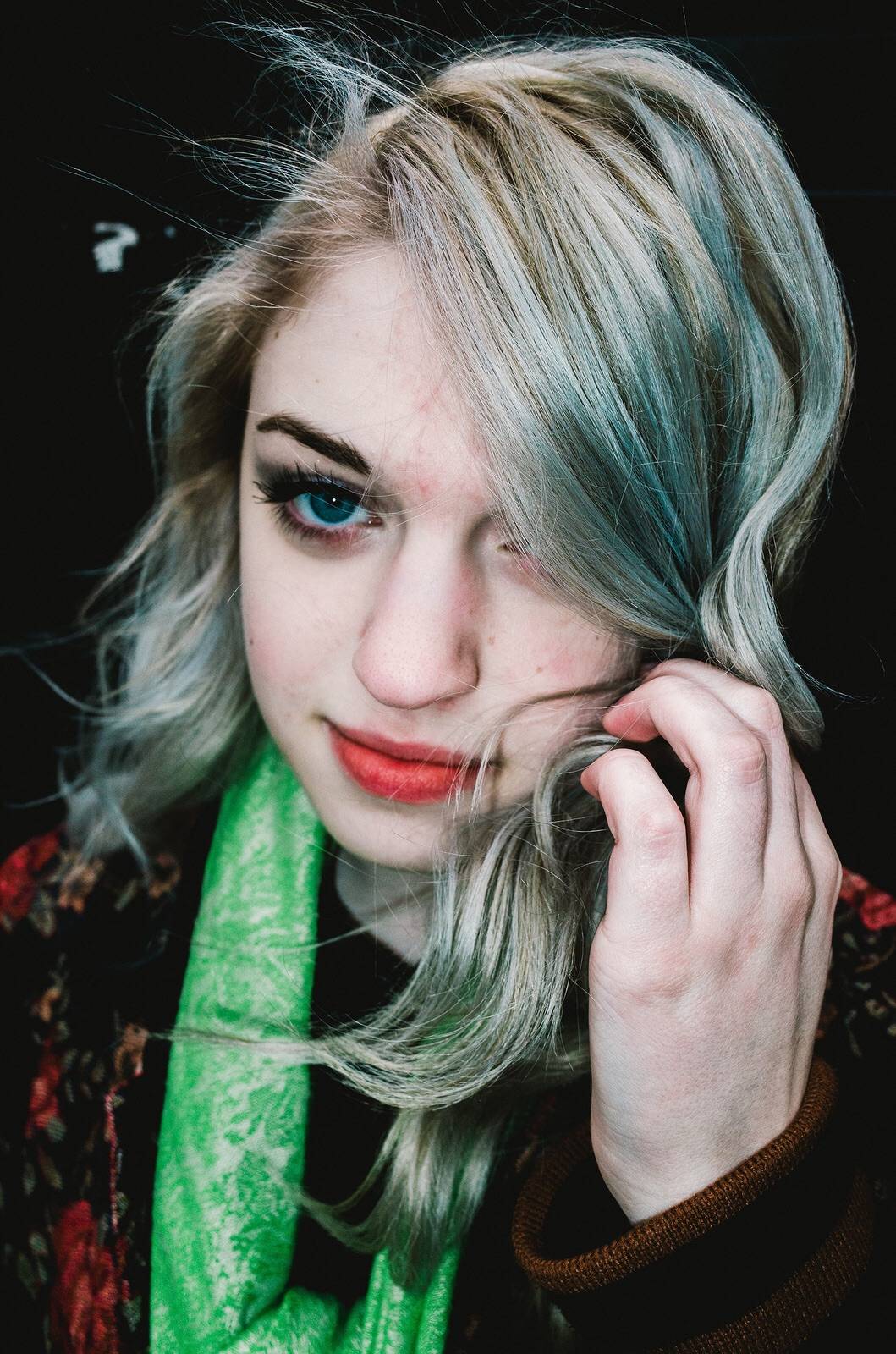

You can download this essay for free as a PDF or Microsoft .DOCX file.
Dear friend,
I wanted to write you a personal letter on innovation. Not to say that I am the most innovative person (I’m not), but in the hope that I can hash out some of my personal thoughts on creativity, pushing boundaries, which I hope can ultimately help you too, my dear friend.
I just finished re-reading the excellent biography of Steve Jobs written by Walter Isaacson. If you can own just one book on innovation and inspiration, this is the book to get friend. So let me map out some of the lessons I’ve learned from the book, and the life and philosophies of Steve Jobs:
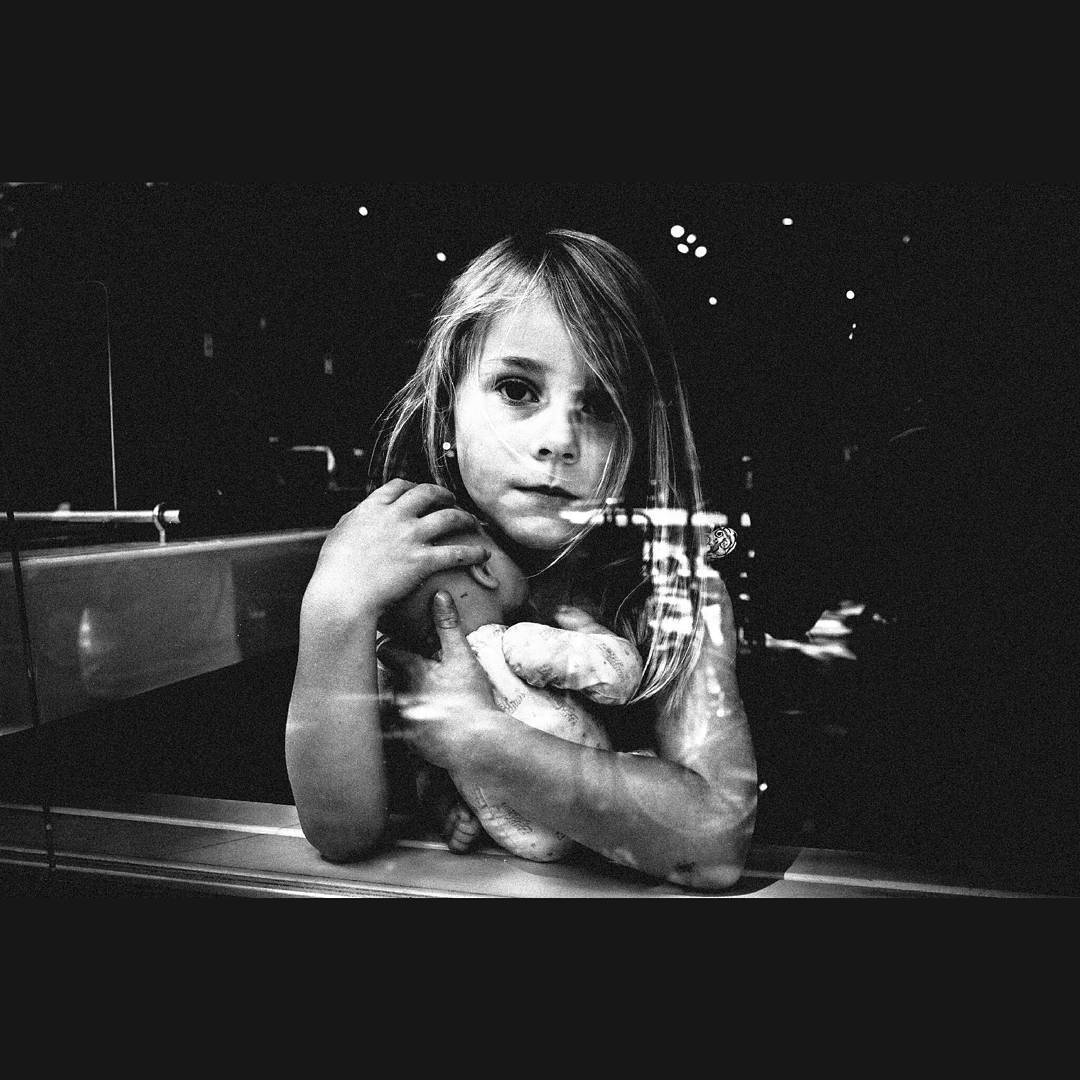

I’m still afflicted with GAS (Gear Acquisition Syndrome). I want new shit all the time. I’m always dissatisfied with the technology I have (smartphone, tablet, laptop, camera, espresso machine) as well as my car, clothes, standard of living, quality of my food, etc.
What causes this constant treadmill of dissatisfaction?
There is a disease that Nassim Taleb calls “neomania” in his book, Antifragile. It’s probably my favorite modern book (I’ve re read it about 5 times, cover to cover). The concept of neomania is that we love the new for the sake of the new.
For example, whenever the new iPhone comes out, everyone instantly becomes dissatisfied with their old iPhone, and want the newest and greatest. And they forget how happy they were when they bought their “old” iPhone, and how slick and advanced it was when it first came out.
This is a psychological problem, that Daniel Kehnnamen explores in his book, “Thinking fast, and slow”. The problem with humans is that we notice differences more than similarities.
For example, when it comes to digital cameras, we always point out the differences (megapixel count, body style, sensor) rather than the similarities (all cameras take photos at the end of the day). The difference between a Canon and Nikon is negligible at best, but people always want to separate themselves from “others.” It is sort of a tribe mentality, which is sad. At the end of the day, we are all photographers. Who gives a shit which cameras we use? It especially pisses me off when Leica shooters look down on Fuji shooters. Probably like how guys who wear Rolex watches look down on guys who wear Seikos.
So I have a new mental heuristic (rule of thumb) that I’m trying to follow: ignore differences, and pay attention to commonalities.
For example, we always make differences in terms of places we live. I always complain of living in Berkeley instead of San Francisco. But at the end of the day, they are more similar than dissimilar. They both have huge commonalities (hipster coffee shops, hipster people, good restaurants, a downtown area you can walk around). But I’m always dissatisfied because I feel like I’m “missing out” not living in SF. It’s the whole “FOMO” idea (fear of missing out); that I’m missing out on the “street photography scene” in SF by being stuck in Berkeley.
Similarly, there is always a debate of film vs digital. Honestly at the end of the day, just shoot whatever makes you happy. Film and digital do have differences, but at the end of the day, they’re far more similar than dissimilar (you make photos either way).
The same applies to cars. There are people who compare Nissan with Toyota and Honda, and people who compare BMW vs Mercedes and Audi. But people always focus on the tiny differences, rather than the commonalities. And at the end of the day, a Honda Civic isn’t much different than a Porsche 911 (they are both cars that have four wheels, are made out of metal, and take you from point “A” to point “B.”
We can also point out the same in fashion. Is there really a difference between wearing Nike sneakers versus Adidas sneakers? Or a difference between Louie Vuitton and Coach? If aliens came to earth and saw us humans comparing the differences, they would think we’re fucking idiots (which we are).
Even a huge debate (iPhone vs Android, or Mac vs PC); they’re much more similar than dissimilar (regardless of what fan boys want to say). I used to be so dependent on my MacBook Air, but when I got it stolen in Paris a month ago, I bought a cheap Windows 8 tablet laptop. Sure there were some small differences between them (I prefer the Mac), but I was still able to get all my work just fine.
So as a practical tip whenever you hear about some new camera rumored or being released, don’t ask your friends what’s new about it. Ask them: “What is similar about it?”
Another thing I think about: no matter how cool or slick a new camera may seem, one day (generally 2 years) it will seem outdated and shitty.
For example, whenever I see an old iPhone 4, or even an iPhone 5 it looks so tiny and outdated compared to the iPhone 6. Whenever I see older MacBooks (not Air versions), they look like they’re from the stone ages. Even when I see old Leica m9s, I remind myself of how much I lusted and craved for it. But now it looks so dated compared to the new Leica M240.
Do we really need more megapixels in our cameras, bigger sensors, better image quality, faster autofocus, high iso performance, and image stabilization?
Isn’t it incredible that some of the best photos taken in history were shot with ancient cameras (manual focus), with low-Iso film (iso 25-100), tiny viewfinders, and other limitations? In fact I think that these limitations of technology forced photographers to be more creative (to start using a flash, shooting in good light, or mastering their equipment). Whenever I hear someone complain that their camera is grainy at iso 6,400 or that they moan that their camera isn’t “full frame”, I want to slap them. Similarly, we complain that our cameras and equipment is too big and heavy. Have you ever tried to carry around a medium format or large format film camera?
Don’t get me wrong, I bitch and moan all the time. I think new cameras with new technology will help me be more creative. But the truth is having less technology in your cameras will force you to be more creative (I think the best photographers often shoot manual focus and with outdated film cameras). The more limited you are by your camera technology, the more you’re forced to be creative. It is a “creative constraint.”
I’m so damn picky with coffee too. I only like hipster espressos. But at the end of the day, coffee is more similar than dissimilar (caffeine is caffeine).
Same with food; I eat to live, I don’t live to eat. I need to stop wasting time on Yelp and Trip Advisor trying to find a new restaurant to “entertain my palette”. I need to realize at the end of the day, most restaurants are more similar than dissimilar. And who you decide to eat with is far more important than what or where you decide to eat.
I’m going to try being less picky in my life, have fewer preferences, and be grateful for what I have (rather than wanting the new, and better).
God grant me the serenity to appreciate what I have, and not bitch and moan about what I don’t have.
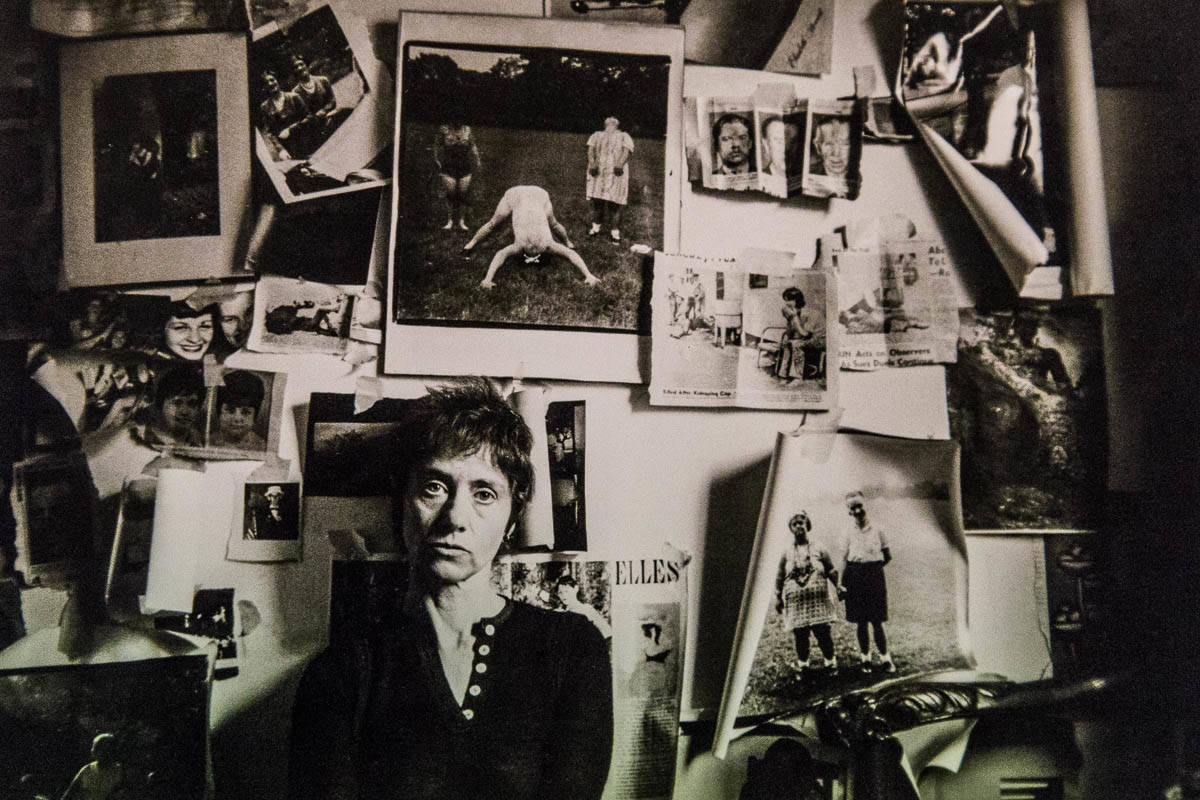

(Words and photos unless otherwise stated is by Maarten Rots.  Maarten is an artist working with photography based out of Amsterdam. In his photographs you can see a sense of abstraction and surrealism found in everyday situations, captured by the camera. He loves printed photography and one of the ways he shares his work is through his self-published quarterly photography magazine March & Rock. Maarten will also give away a copy of of March & Rock. See the end of the article for details)
Digital photography is definitely one of the most important developments in photography of the last decades. One of its few downsides though is the fact that your work often remains virtual, it lives on electricity powered devices only. I have made it a habit to regularly print my photographs and have benefitted from it in several ways. Next to having a hardcopy backup it can be of great help to your process, becoming more aware of your own choices and interests, but also gives you new ways of sharing and presenting your work.


Dear friend,
I wanted to write you this letter, sharing with you some of my personal thoughts that here is no one “right” or “wrong” way to shoot “street photography.”
I think when most people think about how you “should” shoot street photography, they look at the life and work of Henri Cartier-Bresson, and simply assume that everyone else needs to shoot the same way that he did.
But remember, “not every single shoe fits every single foot.†What I think, my friend, our goal is… is to discover what approach in street photography works for us (not for others).
There is the wise Greek saying, “Know thyselfâ€. But many of us spend our entire lives seeking to know who we are. Therefore in order to discover who we are, we look into the lives of others. We look at those wiser than us, and try to emulate them.
But the problem is this: you a unique human being different from everyone else. Simply following and copying others isn’t going to help you find the ultimate wisdom and truth that we are all searching for.
For example, one of the things that I think a lot about is my health. I’ve read hundreds of health books, from paleo, to low carb, to high carb, to low meat, to high meat, to ketogenic diets, to the “warrior†diet. The problem? These “one size fits all†diets rarely apply to the individual.
For example, as an Asian-American there are several things I am very intolerant of in my diet: these include dairy (milk, cheese, whey) as well as alcohol (I get “Asian glow†and turn red when I drink, because my body cannot synthesize alcohol very well). Furthermore, I have recently discovered that I’m allergic to certain nuts (cashews, pistachios), allergic to shellfish (shrimp, oysters, lobster), and also (slightly) intolerant to avocados, coconut, and some fruits (plums are a new addition).
The problem of these diet books and programs is that they assume that the majority of their readers are Caucasian, and therefore can handle dairy, alcohol, and other foods. But they rarely account for these Asian intolerances.
So it has taken me a long ass time, but I’m starting to realize that for the secret to my personal health, it is all about subtraction. So some things I’ve subtracted from my diet, which has made me feel a hell of a lot better:
By simply eliminating these things from my diet, I’ve been able to have more focus, less lethargy, and more clarity of thought.
But once again, this is just works well for me, as an Asian American with lots of allergies. What diet works well for you is dependent (much on) your background, upbringing, and physical condition.
As there is no one “right†diet in health, there is also no one “right†way to approach photography, street photography, or even life. You need to find the shoe that fits you.
For example, a lot of street photographers I know prefer to ask for permission. Why is this a problem?
A lot of street photography “purists†believe that you cannot (and even worse, should not) ask for permission before taking a photo of a stranger. That’s totally fine, but they should keep that opinion to themselves, instead of trying to cram it down the throats of others.
Similarly, some people like processing their photos in HDR and doing selective color and whatever. Personally, I’m not a big fan. But if that makes them happy, why not let them do that?
Why get upset and your panties tied up in a knot on how others shoot or approach street photography? Let them be, let them do what makes them happy, and leave them alone. In life, we can only control of how we do things, not how others do things on their own.
I’ve read so many interviews, and written a lot of the “Learn From the Masters†series. My biggest takeaway point? A lot of these “rules†are simply guidelines, and there is always an exception to the norm.
For example, I believe it’s important to “work the scene†and take a lot of photos of a street scene. But William Eggleston did the opposite: he would only shoot 1 photo of a scene, no more or no less. He still made brilliant shots.
Henri Cartier-Bresson sticked with one camera, one lens for his entire life and black and white film (Leica and 50mm). That worked well for him. But Josef Koudelka has shot with several cameras over his 50+ photographic career, including an SLR and 25mm lens, a Leica and 35/50mm lens, a panoramic camera, and apparently now he’s shooting landscapes on a Leica S2 medium format digital camera. He is still able to make brilliant images with lots of different cameras.
I used to think that when you’re working on street photography projects, you needed to go out with a single mission in mind, and not deviate from it. But other photographers like Elliott Erwitt simply go out, take photos of random stuff that interests them, and then compile books after 30 years of shooting.
I used to think that you should never mix black and white in a set of images, or in a photobook. Recently I’ve seen lots of great examples that prove otherwise (Todd Hido is a great inspiration).
Like I said in a prior letter to you, we need to learn how to kill our ego, kill our beliefs, and kill our theories which keep us trapped in, and narrow minded. We need to learn how to embrace “child’s mindâ€, in which the whole world is open to possibilities.
One thing I try to do:
Whenever I wake up in the morning, I imagine I’m a baby, or a child again. How would I live this day of my life, if I had no residue of my past holding me back? Meaning, I want to live everyday like if it were a new day. I don’t want to be held back by my prejudices, rigid views of the world, or any of the things that I hold onto my ego.
For me, I have a big ass ego (and a pretty big dome head). I have a hard time killing my beliefs, and letting them go. I think that everyone should listen to me, that I know the ultimate “truthâ€, and that I need to “educate†others about the “true wayâ€.
But that is bullshit. I don’t know shit. I’m still trying to remove the black dust in front of my eyes. The window of my soul is still covered in dirt and soot. I still have so many demons crawling around my soul, who am I to simply tell others what to do, when I don’t have any of my personal problems fixed yet?
The quote I try to always think about is from Socrates: that the only thing that I’m certain of is that I know nothing.
So once again, I don’t know shit. But I do know a few things which have helped me along the way, which is why I am sharing this letter with you, friend. We’re both friends lying in the same hospital together, afflicted with similar illnesses. I feel that I have learned a few remedies that have helped me, and am simply sharing it with you. But once again, these remedies have helped me, but not necessarily might help you. So all my suggestions in my letters, try them out friend, but if they don’t work for you, throw them away.
One of the reasons I wrote this letter is because for so long, others have told me how I “should†shoot street photography, rather asking me how I wanted to shoot street photography. They never asked me what brought me the most happiness in street photography (which is talking with strangers, and taking their portraits). So after many years of struggling, I’ve found out one of my true callings in photography: “street portraits.†It perfectly suits my personality (I’m very comfortable talking with strangers, I’m curious to learn about their lives, and I’m drawn to faces and interesting characters). At the moment my biggest inspiration is Richard Avedon. But once again, this might change as I continue to evolve and grow as a human being as a photographer. But it’s so funny that it’s taken me this long to discover what approach in street photography makes me happy.
And I think that’s what “style†ultimately is in photography. It isn’t how your photos look, or the projects you work on. Your “style†in photography is just an extension of your voice as a human being. If you find yourself shy, awkward, and don’t like to interact with strangers– utilize that. Don’t talk with strangers, shoot candids, and feel no guilt about it.
If you hate human beings, and prefer landscapes — shoot urban landscapes, flowers, sunsets, whatever makes you happy. Who gives a fuck if the Internet or the art world doesn’t “respect†you as a serious photographer? Why do you care if one day everyone is bowing before your very feet, but you yourself aren’t happy with yourself and your photography?
I’ve had so many instances in which I’ve shot photos that are really popular on the Internet, but I don’t personally like. On the other hand, I’ve shot so many photos that nobody likes, but I myself love.
Who should you listen to at the end of the day? That’s right, your own heart.
Follow your own heart, follow your own voice, find out what style or approach in photography makes your “heart singâ€. Fuck the opinions of others, and don’t give a shit if you get a lot of likes on social media or not.
As an experiment, try to disconnect, and to keep your work offline. Shoot first to please yourself, then when you feel ready, share it with others. Then if others like it, that’s fine. If they hate it, that’s fine too.
Now go forth my friend, shoot like a child, discovering photography for the first time. Have fun, smile, and live your photographic life to the fullest.
Love always,
Eric
Written at my beautiful home in Berkeley, overlooking my balcony, enjoying a nice cool breeze, the chatter of Cindy and her parents voices, the sound of birds, the nice greenery of the trees, all while typing on the iPad (with ia writer application). Had a nice espresso mixed with frothed coconut milk (I know it hurts my stomach, but at least I tried it once).
I know you probably don’t care about these random thoughts friend, but just wanted to update you on some of my thoughts.
First of all, I’m trying to continue this “subtract one thing at day†from my life. I’ve been donating tons of clothes, tons of books, and essentially I want to pare myself down to what I truly need in life, not what I want.
Some other things I plan on subtracting:
Anyways friend, thanks for listening to my random thoughts. My smartphone is off for today, I plan to enjoy a nice trip to the Golden Gate Bridge with Cindy, her mom, and her dad, and to live like today was my last! Farewell friend, and have a beautiful day :)
Btw, if you have nothing to do today, don’t forget to read a free copy of the book: “The Street Portrait Manual“.
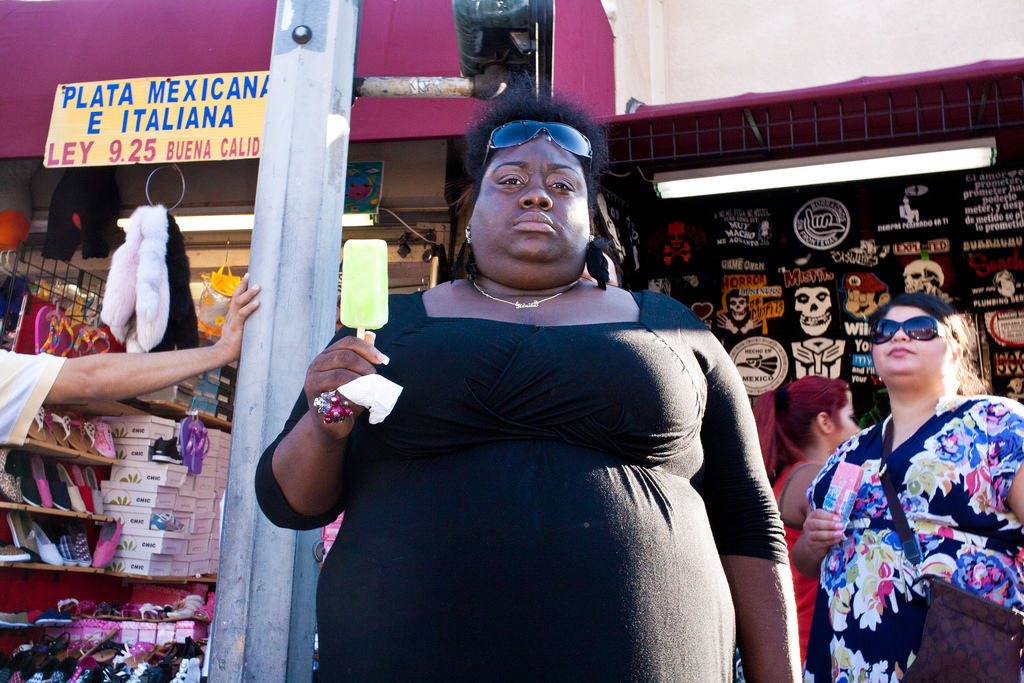

“You can’t control the results, only the effort.” – Ryan Holiday
Ryan Holiday is a guy I admire very much he’s about my age, and has accomplished a lot. He’s a best selling author, practicing stoic (highly recommend his book, “The Obstacle is the Way), passionate blogger, and overall down to earth guy.
I read this quote on his Twitter a while back, and it really struck a chord with me.
In life, we are told that if we work hard, we will achieve everything we want in life.
Not necessarily.
We can control the effort we put in, but not necessarily the results.
For example in street photography. What can you control in terms of effort? You can decide to shoot everyday, to be focused (turning your phone to airplane mode when shooting), you can decide to invest in photographers books (and not gear), you can call up another photographer to do a critique session together, you can study composition and learn how to “work the scene”, and you can study the work of the masters.
But you can’t control the result.
What is the result in street photography? You ultimately can’t control whether you get a good shot or not. You can’t control the weather (although you can control when you go out and shoot), you can’t control what people look like, you can’t control what the city you shoot in looks like, and you can’t control whether all the elements of a scene will come together perfectly.
But we can control the editing process; deciding which shots to keep, and which to ditch.
So this is today’s meditation: detach yourself from the results, and enjoy the process.
I’m easily disappointed. I want every photo I take to be brilliant. But 99.9% of the time, I take shitty photos. If I get 1 shot I’m happy with every 50 rolls of film, I’m doing well.
The problem I have with shooting digital is this: it makes me focus too much on the results, not the effort.
Having an LCD screen on a camera is a blessing and a curse. The blessing is that when we’re starting off as beginners, “chimping” helps us quickly learn from our mistakes. But as we get more experienced, the LCD screen is a crutch; it is more of a nicotine addiction. Checking the LCD screen is a sign of our insecurity.
Furthermore, assuming that a good street photographer only gets one good shot a month, the likelihood of one photo being half good is a extremely low probability. Checking your LCD screen every hour, or checking your photos on your computer everyday, has a very low “signal to noise” ratio. “Signal” are the good shots that we get. “Noise” is the bad photos that we take. So after 8 hours of shooting in a single day will result in a few (or no) good photos and a lot of bad photos.
Furthermore I find that the expense of shooting film is a blessing, not a curse. Why? Whenever I’m about to click the shutter, I got “skin in the game”, meaning, everytime I click the shutter it costs me something. Therefore I am very considerate before I take an image. I’m a lot more picky and selective before I shoot.
“But don’t you lose a lot of shots because you’re afraid to click the shutter?”
Not at all. What I do is this: I’m picky with the scenes I decide to shoot, but once I find an interesting scene, I’ll shoot an entire roll of film on it.
For example, I might go an entire day of not seeing anything interesting. But once I see something good, I’ll “shoot the shit out of it.” So rather than taking 1-2 photos of everything, just identify 3 good scenes a day, and try to shoot 30+ photos of each scene.
If you shoot digital, take 50, 100+ photos of the scene. For one of Alex Webb’s most famous “Barber Shop” image in istanbul, he shot 10 rolls of Kodak Kodachrome on it. Like Henri Cartier-Bresson once said, “Sometimes you got to milk the cow a lot to get a little bit of cheese.”
Apparently even Josef Koudelka shoots 1,000 rolls of film a year. And his book “Exiles” which took him over 10 years contains fewer than 80 images. Less is more.
Morale of the story? Shoot a lot of photos, but be very selective which you decide to keep.
Ultimately you shoot street photography because you love it. You have enough stress and disappointment from your job, income, family life, etc. Why add additional stress, anxiety, and disappointment to your photography — which should be your joy and passion?
Hustle hard when you’re shooting on the streets, but fuck the results. Of course you want to get good shots, but don’t be disappointed if you don’t.
How can we be less disappointed when we’re shooting on the streets? Some ideas:
Turn off your LCD preview. If you can’t control yourself, tape it up with gaffers tape. Better yet, shoot film (then you truly won’t be tempted). I have no self control when it comes to chimping, so shooting film is the ultimate solution.
Also make it a point to look at your images infrequently as possible. I’d say if you shoot digital, let your photos “marinate” for at least a week before looking at them on your computer. On top of that, I’d suggest waiting at least a month before deciding to upload them. For me personally, it takes me about a year before I can fully emotionally detach myself from my images and identify whether my shots are truly good or not.
One piece of advice I got from my friend Jack Simon: don’t go out and shoot “street photography.” Just tell yourself: “Today I’m going to go on a nice walk, enjoy the city, have a nice chat with some strangers, and enjoy a nice coffee. And I’ll just take photos of whatever is interesting to me along the way.”
Enjoy the process. The journey is the reward.
“The good traveler is not intent on arriving.” – Laozi
I think more photographers should keep their work offline, and not publish their shots until they’re truly ready.
This is also great because it allows us to make images we’re happy with, rather than just uploading images that please others.
Whenever I upload an image to social media it is a lose/lose situation. If I get a lot of “likes” on a shot, then that becomes my new standard. And if I get any fewer “likes” than that, I get disappointed.
For example, before I deleted Instagram from my phone last week, I would get (on average) 800-1000 “likes” a shot. This made me hungry for more. But whenever I got “only” 500 likes, it would make me feel shitty. I would self doubt myself, my inner serenity would be disturbed, and I would feel like a failure.
Not uploading any new shots has been insanely refreshing. I feel more peace of mind, more happy, and less stressed.
So if you’re addicted to social media and the approval of those little virtual red hearts, try an experiment: go 30 days without using any social media. Just uninstall Instagram, Facebook, Tumblr, Flickr, whatever from your phone for a month. See how you like it, you can always reinstall it after the 30 days.
Don’t worry about making good photos. First of all, just enjoy yourself. Have fun. Don’t add unnecessary pressure or stress or disappointment in life. We already deal with enough of that bullshit.
But still, hustle hard, try to push your limits in street photography (only compare yourself to yourself), and realize photography is a journey.
Godspeed my friend, you got this shit!
Love,
Eric
*On the way from Stockholm back to Berkeley! So excited to see cindy back home, and wish me a safe flight. Got 2 transfers, one in Frankfurt, another in Montreal. Gonna also try fasting from eating, apparently it helps with jetlag. We’ll see. Lots of cool new stuff I have planned for the blog, plan in printing more physical books (art books and instructional manuals), etc. So stay in the loop, and thanks always for your love generosity, and time in reading this.
Now go shoot :)
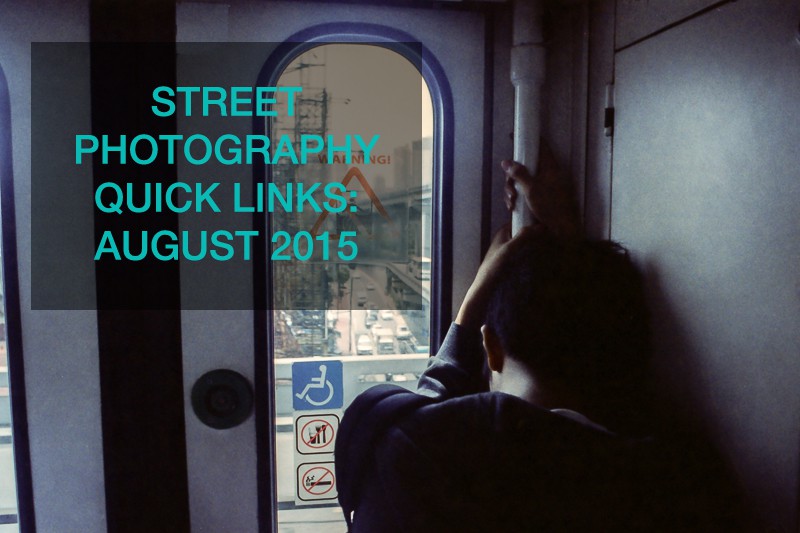

Street Photography Quick Links is a compilation of Links, Projects, News, Videos, Events, or anything that is related to street photography or photography in particular that I have personally consumed. Perhaps these might interest you or make you think. If you want to send some links my way, details will be at the post below.
Portfolio Find
Mr. Steinmetz is one of those classic guys. He’s a Winogrand disciple but unlike Winogrand, Mark I think has a slower and more deliberate approach to photographing. It’s still there and present but there is no rush. His latest work, The Players took 4-5 years to finish. Check out his work and if you want, get a copy of The Players here.
Also check his interview by GUP magazine to gather some of his thoughts about the book.
Look at this projectÂ
MONAS by Andri Tambunan via Invisible Photographer Asia
Located in the heart of city, Monas Square is the biggest open public space in Jakarta. Monas square, also called “Merdeka†or Independence square, not only provides an escape and breathing room from the congested capital but it brings people together by serving as a common ground, accessible and utilized by people from different backgrounds and economic classes. The Monas Square is surrounded by trees and grassy area ideal to have a picnic or a family outing, several basketball courts and soccer fields to play pick up games, a place for people to exercise such as jogging or riding their bicycle, and a place for street vendors to sell food or products.  This space is also often used for public concerts and gatherings, bazaars, festivals, and numerous local social events. In the middle of the square is a 132m tower called Monas, or Nasional Monument, symbolizing the fight for independence erected by Sukarno, Indonesia’s first president.
All photos were taken with iPhone 4s native camera, edited with Snapseed and instagram filters.
Bruce Gilden Criticisms
After the VICE photo issue project of Bruce Gilden and Stacy Kranitz in Appalachia, the two photographers has received a lot of flak and most of them are towards Gilden. Here are some of those criticisms. The one on vantage is a must read. Love him or hate him, one has to understand that there may have bee a line he crossed when he was doing his Appalachia story. Perhaps VICE also has to answer for it? At the end of the day, read to be informed.
Taking Liberties, Taking Shortcuts, and Taking Advantage of People via Vantage
“The past few days have been hard,†wrote Kranitz on Instagram on June 7th. “I have been on assignment with another photographer, Bruce Gilden. He and I are at odds with the way we make our work. I watched him make portraits and aggressively enter my shot to get his own, while telling me ‘this is my shoot, you are just here’ I listened as he said disparaging things about people, I listened to his dissatisfaction with people being to [sic] ‘plain’ and late last night I could no longer stand by and continue to feel good about being bullied. He humiliated me in front of a group of church goers and I feel that I may have taken a stand at the wrong moment. That I was not being considerate or mindful of my surroundings either. I don’t hate Bruce or his work but I think turning people into what you want them to be, turning people into ‘self-portraits’ of yourself is complicated and dangerous especially in a place with a history of extraction.â€Â
Bruce Gilden and The Absence of Empathy via Photoshelter
Gilden has a point of view, for sure, but he also seems to have an agenda that has little to do with the people or places that he’s photographing. Instead of trying to connect the audience empathetically, he triggers a different type of pathos in me. One that has me shaking my head at yet another pathetic attempt to capture Appalachia.
A Latter-day Freak Show via The Guardian
Gilden may be shoving these broken faces in our faces to confront us with what we usually choose to look away from. But his style seems to work against any intention to humanise his subjects. First and foremost, I feel uncomfortable as a viewer – not because of the poverty or abuse etched on to the landscapes of these faces, but because their perceived ugliness is paraded as a kind of latter-day freak show.
General Links
Warren Sebastian via Fotografia Magazine
If you love colorful beachside photos, you might like Warren Sebastian’s take on the british seaside life.
Paola Paredes Photographed the very moment she came out to her family via Fotografia Magazine
Paola Paredes is a 29 year-old Ecuadorian photographer currently based in London. For many years, Paola has kept her homosexuality hidden to her family; but she recently found the courage to sit her parents and sisters at a table to tell them the truth. But Paola did more than that: she set up three cameras around that table to document the entire conversation. In fact, Paola says that the very idea to record hercoming out in pictures was what finally made her decide to reveal the truth.
Richard Bram: If you doubt a photo at least a bit, it does not work via Bird in FlightÂ
Richard Bram is a favorite street photographer of mine. He shares some great nuggets of wisdom such as this one:
Do not be easily satisfied. Street photography is a heartbreak. Most of the time you will not come home with a great photo; no one does. What I see most often are lazy ordinary pictures, in focus, exposed properly and with nothing in them at all.
How to turn your phone into a DIY Projector for 1$ via Photojojo
This should be an interesting DIY way of presenting your work to friends or family. It’s easy to set-up and should be practical to assemble anywhere.
Check this KickstarterÂ
Do you wood film Kickstarter by Compagnia-imago
This kickstarter campaign is for reloadable film cassettes. Here’s the kicker, theirs is made out of wood and an eco friendly plastic. Throw some money their way especially if you are a film shooter. #BelieveInFilm
Care to share some links?
If  you have any links, videos, or anything interesting you want to share. Tweet them over to me at @agdemesaphoto or email me the link at contact@agdemesaphoto.com
Cheers everyone! Till Next Month!


Dear friend,
I want to share you with excitement a new idea that I got, from William Eggleston. The concept is quite simple (and I know I have shared this with you in the past) but it is this: Street photography is all about capturing beauty in the mundane.
Almost a year ago, I ordered “From Black and White to Color†from Eggleston, a lovely photobook that is yellow on the outside, and fits nicely on the hand. It is a lot easier to hold and look at than Eggleston’s unweildy “Chromes†(and much cheaper), and also has a great selection of images.
The funny story is that I just got back here to Berkeley, and was cleaning up my apartment. I’m choosing a lot of “normal†books to donate to the Salvation Army, and am starting to figure out what kind of photobooks I want to give away to friends or those who might appreciate them.
Anyways, the funny thing is that I ordered this book: “From Black and White to Color†ages ago, but never opened it. So when I saw it on my shelf, I took off the plastic cling-wrap, sat down on my kitchen table, drank another espresso, and started to look at the images.
What I realized was this: his photos are of nothing– of boring life in Memphis. In the past when I first saw his images, I didn’t “get†them. All of his photos looked like bad snapshots of boring shit. Why was he so famous, well-regarded, and seen as a God of color photography?
I started to realize that his genius and contribution to the photographic world was this: he lived almost his entire life in his boring town of Memphis, and tried his best to make interesting photos of the boring material he was presented with. Although he was rich, he didn’t spend his time in foreign travels, going to Paris or all these other exotic places in the world to make interesting photos. He realized that his own backyard was ample enough, and spent his entire life (quite diligently) to make beautiful images from the banal, boring, mundane, and ordinary.
I complain a lot about the city I live in (Berkeley). I get the “grass is greener on the other side†syndrome in which I am jaded with my current surroundings. I wish I was in San Francisco, Paris, Tokyo, New York, or another exotic location– to make interesting photos.
But what Eggleston has taught me is that the entire world exists in your own backyard; and what matters in photography is how you can make something boring look interesting, rather than trying to capture something interesting in a boring way.
I watched a documentary on Eggleston, and one of his friends (a famous photographer, forget his name) was quite excited to visit Eggleston in Memphis. But once he arrived there, he was massively disappointed. Memphis was boring as shit. Yet, how did Eggleston manage to make interesting photos of where he lived?
Reading a little upon the history of Eggleston, I learned some interesting things.
First of all, he started (like many of us) inspired by the work of Henri Cartier-Bresson. When Eggleston was studying at the University of Mississippi in Oxford, he developed a passionate interest in photography:
“A photographer friend of mine…bought a book of MAgnum work with some Cartier-Bresson pictures that were real fucking art, period.â€
Eggleston idolized Cartier-Bresson, and said:
“I couldn’t imagine doing anything more than making a perfect fake Cartier-Bresson.â€
The funny thing is that Eggleston (like myself) went to Paris to try to imitate Cartier-Bresson, but once he was there, he realized that all the subject-material was already exhausted, and it was pointless for him to “reinvent the wheel.†Apparently the entire visit Eggleston was in Paris, he didn’t even take a single shot.
After Eggleston finished his studies (he didn’t get a degree), he moved to Memphis and made black and white prints in his own darkroom. When he returned to Memphis from his Paris trip, he complained to his friend and mentor Tom Young:
“I don’t particularly like what’s around me.â€
However Young gave him some really great words of wisdom, by replying that this might be a reason to take pictures. Eggleston realized the genius in this idea and said: “You know, that’s not a bad idea.â€
So basically Eggleston had the realization that he needed to confront his immediate surroundings and use them as a source of inspiration for his subjects and images:
“I had to face the fact that what I had to do was go out in foreign landscapes. What was new back then was shopping centers, and I took pictures of them.â€
This is the challenge that I face: I hate looking at my own surroundings, as I think everything as boring, cliche, and uninteresting.
But I need to start asking myself: What is interesting or new or changing in Berkeley? Currently, there is a lot of gentrification happening in the neighborhood. A Whole Foods just entered the neighborhood (ironically next to a Dollar Tree store), hipster coffee shops galore, and that is causing rents to skyrocket. Berkeley was expensive enough, but North Berkeley/Albany (the neighborhood where I live, near the “Gilman Districtâ€) is starting to push out poorer people who can no longer afford rents.
I went to Whole Food’s the other day, and was chilling outside in front of the cafe, enjoying the nice sun and a book (reading philosophy by Epicurus) and overheard a conversation between a man and a woman. The man was sitting in a V8 Mercedes-Benz (turbo-charged), and the woman was commenting on how she loved the sound of the engine, and how she owned a similar model, but without the big engine. The guy started to grin, rev his engine, and was totally showing off his cock. The whole conversation was quite repulsive to me, and really showed the absurdity of the wealth in the area. I then also took a look at the parking lot of Whole Foods; all I saw were BMW’s, Prius’s, Mercedes-Benz’s, Maseratis (a few), and Nissan Leaf’s. Eco-chic, rich, Berkeley folks.
So perhaps I should even do a photography project on the Whole Foods here, and photograph the people in the parking lot, inside the store, and inside the cafe (they even have their own private “Allegro†high-end cafe inside, with $3.00 espressos, which actually don’t taste all that great).
But to get back to the point, I know that you might also be jaded by where you live. You might live in a suburb, you might commute stuck in traffic, you might work in an office cubicle in the middle of nowhere– perhaps some industrial park.
But what do you find interesting in your immediate surroundings? Perhaps you are surrounded by neighbors who all they do is try to “keep up with the Joneses†by buying bigger cars, bigger homes, and showing off wealth. Perhaps you can document that. Perhaps you can do a photo-series on office life (I recommend checking “Office†by Lars Tunbjork). Perhaps you can do a “personal documentary†series of your own life (photograph your family, friends, and loved ones seriously like art). I am actually doing a photo series on my life with Cindy called the “Cindy Project.†As I’m typing these words on my iPad, Cindy is eating an enchilada for lunch, checking emails on her laptop, and I have my Leica next to me– and I just snapped 3 snapshots of her.
Regardless of your external circumstances, there are always opportunities to make images. And the more boring the place you live, the better. Why? The more boring the place you live, the harder you need to work to make interesting images. And the more boring the place you live, the less likely that there are famous bodies of work done there.
I actually feel the worst for street photographers in NYC– so much great work has been done there already. They must feel a lot of pressure trying to supersede what’s been done before them.
So what kind of “foreign landscapes†can you photograph in your own city? If you were an outsider, visiting your own city like a tourist, what would you find interesting?
Remember friend, photography is all about risk-taking. When you click the shutter, who knows if it will end up being an interesting or boring photograph?
I think the fun and excitement of photography is that you never 100% know what the photograph is going to look like when you click the shutter. After all, the camera renders our three-dimensional reality into a two-dimensional plane.
So for example, when I take a photograph in black and white film (Tri-X pushed to 1600 with a yellow filter), I have no fucking clue what the resulting photograph is going to look like. That is the fun and excitement. This is a bit why I dislike shooting digital; you have too much control over what the final image will look like (you can always play with the RAW files).
But regardless if you shoot film or digital, the ultimate result of what the photo looks like is out of your control. Sometimes you don’t notice all the details in a photograph, like the expression of someone’s face, or if something randomly pops in the background.
I think we need to glue this saying by Garry Winogrand to the back of our cameras:
“I don’t have anything to say. I photograph to find out what something will look like when photographed.†– Garry Winogrand
Another thing I found interesting about Eggleston’s way of working is that he always tried to shoot from a different angle, a different perspective– which was out-of-the-ordinary:
“I think I had often wondered what other things see– if they saw like we see. And I’ve tried to make a lot of different photographs as if a human did not take them. Not that a machine took them, but that maybe something took them that was not merely confined to walking on the earth. And I can’t fly, but I can make experiments.â€
So if a chair could take photographs, what would the perspective of the chair be? Or if an ant could take a photograph, what would the world look like from the ant’s perspective (one of my favorite Eggleston photos is of a tricycle, shot from a super-low angle, which literally does look like an ant shot it, which makes the tricycle look larger-than-life).
Friend, another lesson I learned is that in photography (don’t worry about the definition of “street photographyâ€) you don’t always need to photograph human beings. Sometimes by photographing objects, you get a sense of human-feeling.
For example, one person once commented to William Eggleston that his photos didn’t have enough people in them. Eggleston responded by saying: “Objects in photos are naturally full of human presence.†Some of Eggleston’s most memorable photos are of boring, everyday, mundane things like home appliances, sinks, ovens, freezers, and even food– subjects that many photographers of his time totally overlooked.
So once again, I think the secret of making great photography is to truly find the beauty in the mundane– of capturing interesting photos of boring things and places.
Another concept I learned from Eggleston was the concept of the “democratic cameraâ€â€“ that he wouldn’t judge things, people, or places as “good†or “badâ€â€“ but would see them on equal footing.
He didn’t discriminate scenes or subject-matter. To him, all things could be made interesting. By embracing a “democratic camera†– you aren’t being prejudiced to “boring†scenes.
The difficulty with shooting with a “democratic camera†is that you are constantly at “war with the obvious†(another term coined by Eggleston). Because how can you make what is obvious and boring look interesting?
Eggleston retorts by saying: “I’ve never felt the need to enhance the world in my pictures.â€
The funny thing is that it is a quite Taoist belief; that the world is perfect just the way it is, and no need to make it look “more interesting.†BBTW, here is a fun related article you can read: “Lessons Taoism Has Taught Me About Street Photography.”
Ultimately the thing I love most about Eggleston’s work is the beautiful colors and light in his work. If you look at his beautiful color slide film photos, you can see that his most successful shots were at sunset; when the colors started to scream with brightness and intensity.
At the end of the day, light is what photography is all about. I have often found that boring scenes can be rendered into beautiful scenes, just by capturing them in good light.
So friend, I recommend you to pick up a copy of “From Black and White to Color†by William Eggleston, which is a relatively affordable introduction to his work. I prefer it over his other book: “William Eggleston’s Guideâ€, as the book I recommended you has a combination of both his color and black and white work. Eggleston is famous for his color work, but it is absolutely fascinating to look into his black and white work, and see how inspired and influenced he was by Cartier-Bresson.
Also make sure to read the article: “10 Lessons William Eggleston Has Taught Me About Street Photography“.
Another good takeaway point: Every “master†has started off by copying another “master.†So don’t feel bad, guilty, dirty, or whatever by imitating the work of another great photographer. We all need to start somewhere.
Lastly, embrace the beauty in where you live. I know it is hard my friend, but try to make beautiful photos of boring, banal, and ordinary things.
Seek the beauty in the mundane, and you will be truly set free in your photography.
Farewell, and Godspeed!
Love, hope, and encouragement from your friend,
Eric
Written from 7:30am–8:45am, at my home in Berkeley, 9/2/2015 after about 4 espressos (give me a break, I’ve been up since 3:30am, still jetlagged from Stockholm). But it is going to be a beautiful day. I have the entire day ahead of me, planning on meeting my mom and my sister hopefully for dinner, and have some plans on shooting more black and white film, and perhaps even printing them in the darkroom. Started off the day reading “Tao Te Ching†and feeling super zenned out. Life is good :)
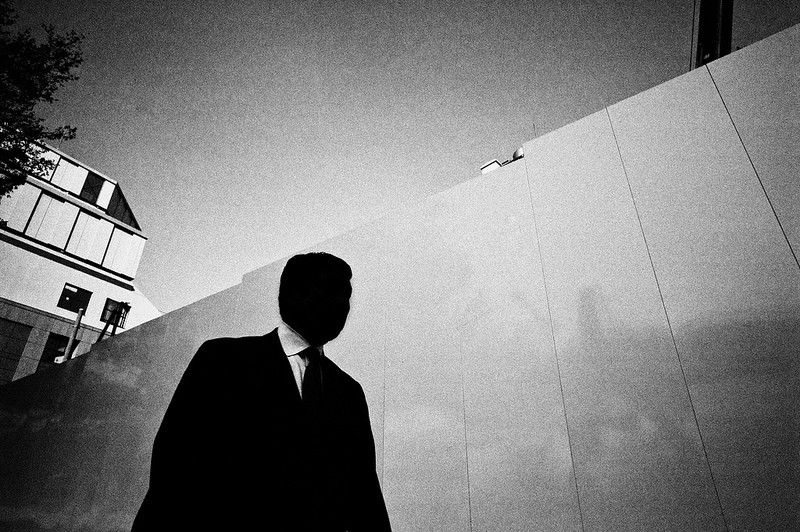

Read as a Google Doc.
—
“Over the last 10 years, what has interested me in taking photographs is the maximum — the maximum that exists in a situation and the maximum I can produce from it.†– Josef Koudelka
I just finished the second day of my workshop here in Stockholm, and after an epic Chinese dinner with the students with good laughs and recollections from the day, I dragged my exhausted body back to the home of my buddy Brian Sparks.
Brian Sparks is an enabler; he has one of the most comprehensive photography book collections out of all my friends, and he always inspires me with his wide breadth of knowledge, photography, and innovation.
In the evening, we were hanging out, and watching “Chef’s Table†— a series on Netflix about chefs and their “success stories.†Most of them started from humble backgrounds, worked their way to the top, and I saw that a lot of their success came from the fact that at a certain point, they didn’t give a flying fuck about what others thought about their food. They started to only make food that made them happy, rather than trying to make food that pleased a large audience.
While we were chilling on his couch, Brian brought over a retrospective of Josef Koudelka’s work– which was shown in Turkey in 2008. There were some excellent essays on Koudelka, his life, and his work– and this is one excerpt from a quote that Koudelka said, which hugely inspired me:
“Over the last 10 years, what has interested me in taking photographs is the maximum — the maximum that exists in a situation and the maximum I can produce from it. Sometimes I may achieve this goal immediately, but usually, for one reason or another, I am just not able to make the most out of a situation and so I have to photograph it time after time until I succeed. This repeated effort also helps to reassure me that I have in fact achieved the maximum.†– Josef Koudelka, 1981
Koudelka is the photographer whose life philosophy and imagery has inspired me the most. He is truly the photographer who doesn’t care about what others think about him and his work, he is only interested in achieving his own personal maximum. He wants to push his limits. He wants to see the maximum he can achieve from the places that he sees, the scenes he encounters, and the maximum of his photographic opportunity.
Koudelka admits that he isn’t always able to achieve this maximum, but that he always pushes forward. He therefore has to “photograph it time after time†until he succeeds. He isn’t afraid to fail. In-fact, everytime he fails, he gets up and continue to push for the maximum. He can only rest at peace if he knew that he gave it his entire soul, body, and mind.
I once read something like, “Never half-ass anything; only full-ass it.â€
Another quote from some ancient Roman philosophy went something along the lines of: “Either do something well, or don’t do it at all.â€
My problem i that I often half-ass things. I am a pretty lazy guy, and I have troubles pushing my boundaries and limits. I think in my photography one of my insecurities is that I am just repeating myself. But after reading this quote from Koudelka, it has given me so much inspiration to continue to push forward– and search for my own personal maximum. The maximum that I can achieve in my lifetime; whether that be photography, writing, or my personal relationships.
When Koudelka was a kid, he was obsessed with airplanes. He played with toy airplanes, then started to build his own models, and then to the point that he made small functioning planes with motors. His goal in life was then to become an aeronautical engineer. But then at a certain point, he hit a limit– and he knew that he had to change course in his life, to further push and see what his maximum in life truly was:
“I have always been interested to find what I am able to do the best. After 7 years of being an engineer, I realized I had reached my limit, that I couldn’t go further. To continue would have only meant waiting for death, and I didn’t want to do that. I didn’t want to die at the age of 30. That was one of the reasons I quit that profession.â€
The part where Koudelka says that he wanted to avoid death really struck a chord with me. I think the unfortunate thing is that a lot of people follow their passions in life and then simply find that they hit a dead end, and then emotionally and creatively they die inside. Koudelka said “fuck that†and decided to pursue another interest which was growing for him at the moment, which was photography:
“In the meantime, my interest in photography was growing. I decided to find out what I could do with photography. I tried, and I liked I haven’t yet gone to the end, there is still something more that I can do.â€
It is incredible that Koudelka is now 77 years old, and he still hasn’t found “the end†yet. He still says that “here is something more that I can do.â€
It is sad, even some of the most famous photographers in history like Henri Cartier-Bresson gave up photography after several decades. But Koudelka kept going.
Koudelka also had a theory; the reason why Cartier-Bresson quit photography was that Cartier-Bresson put too many limits on himself. Cartier-Bresson only shot with a Leica and 50mm and black and white film his entire life, and never really changed how he shot or his subject matter. Koudelka surmised that Cartier-Bresson hit his “maximumâ€, and simply decided to retire and give up.
But Koudelka kept growing, kept evolving.
Koudelka started off his main work shooting his “Gypsies†project on an SLR and 25mm lens. After a decade of shooting with that lens, he found that he was “repeating himself†— and he wasn’t interested in that. He then decided to pick up a Leica and a (not as wide) lens and traveled and just shot photos of anything he encountered during his travels. Even later on his career, he picked up a panoramic camera and started to shoot landscapes.
“I want to find my limits, to see how far I can go.†– Josef Koudelka
So as a concluding thought, think about yourself and your personal limits. Have you ever hit a brick wall in your photography, where you have achieved your personal maximum? Or is it simply an excuse? What is holding you back? Is it time, money, family, kids, your job, or something else?
Is it your external conditions in life which hold you back, or your own creativity and inner-will?
How bad do you want it? How bad do you want to make photographs that push your personal boundaries? Is it really your gear which is holding you back, or the fact that you waste too much time watching Netflix, and not enough time to go out and shoot?
Personally, I make shitloads of excuses when I don’t feel inspired. But at the end of the day, that is an excuse. I say to myself, “Oh, my street portraits would be so much more interesting if I shot with a medium format camera, or if I lived in San Francisco.â€
But that is all bullshit. I need to take this advice from Koudelka; to keep pushing myself until I have found my personal limit. To find the maximum. To subtract all the bullshit from my life, and then make some time and whitespace to focus on what is truly important to me; reading, writing, and photography.
I have no idea what my maximum is, I haven’t achieved it yet. Have you?
Don’t settle. Keep hustling until you find your maximum.
Love,
Eric
Sunday, August 30, 9:13am. Stockholm.
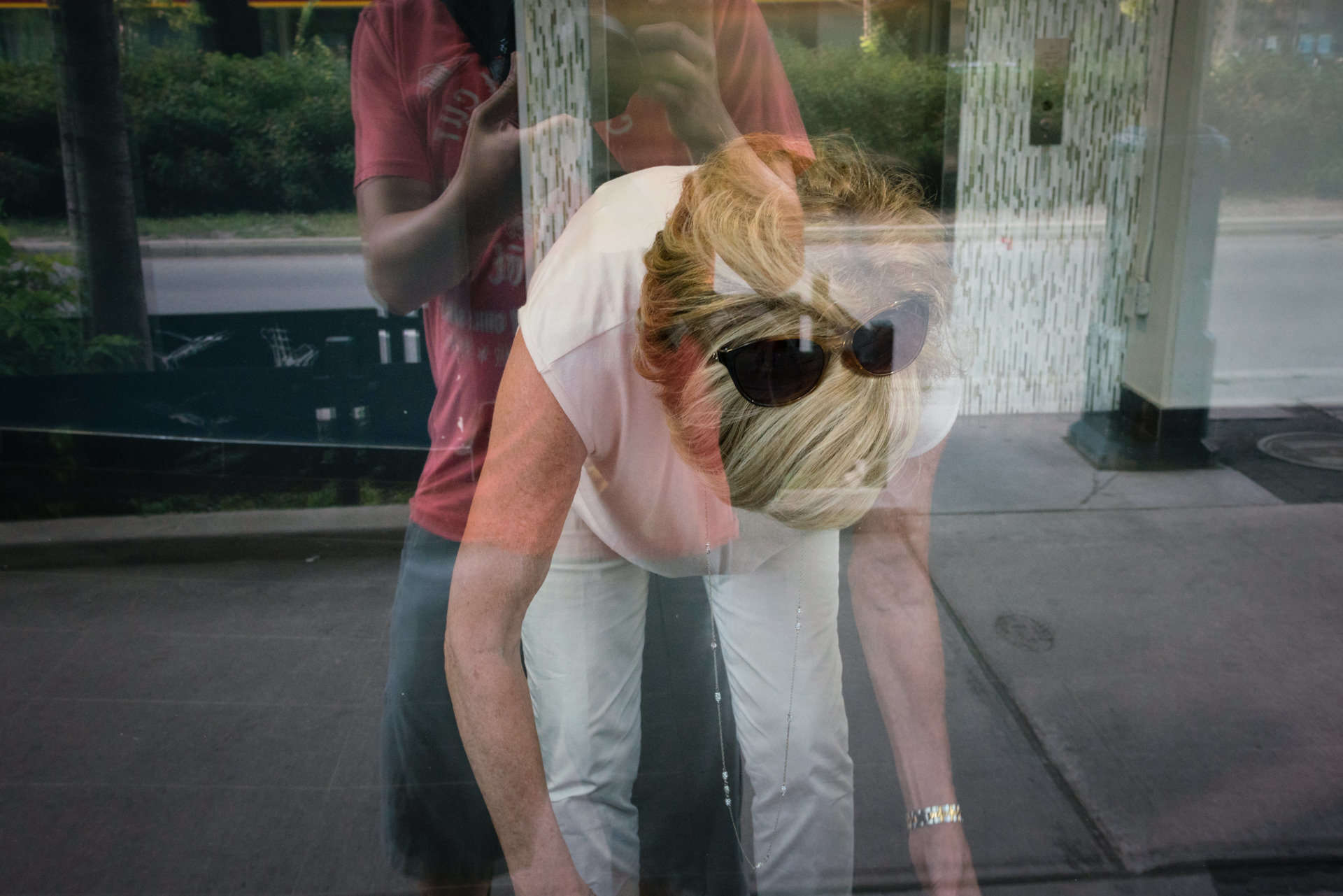
This article is written by Neil Ta, originally posted here. The views posted here are his and his alone and may or may not be shared by Eric or any other contributors to the website.
My life is pretty good. I live in one of the coolest cities in the world, I have a lot of close friends, good family, an amazing girlfriend who loves me, and I’m beginning to think my photography business is sustainable after almost five years of hard work. I’m happier now than I have been for most of my life. But here’s the reality: I am just a blue collar photographer. I hustle my ass off to take photographs for people. If I don’t take photos, I don’t make money, I can’t pay my rent, and I end up homeless and get forced into a job as a fake pan-handling monk. I will likely never amass great riches from photography. And I’m ok with that, I think.
Recently, I’ve been running into friends who’ve done really well for themselves. A friend still in his 20’s whose tech start-up is worth hundreds of millions of dollars, a close childhood friend who bought a new Porsche 911, several others who run successful businesses or are directors or VPs of large corporations, and everyone who seems to be living in a home larger than 400 square feet (that isn’t packed to the brim with camera equipment). In the photography world, I have friends who are massive industry icons with hefty social media presences. In comparison, I am a virtual nobody. At times, I can feel inadequate compared to them.
Don’t get me wrong, I’m incredibly proud of my friends’ achievements. They’ve worked extremely hard in order to get where they are. My jealousy is more a reflection of my own insecurities and life choices. So why is it that despite me being happier than I ever have been in my life do I still feel overwhelmed by the successes of others? I wanted to dive into this a little bit more, so I put pen to paper to help try to make sense of it and to find a solution. Here are some of the strategies I’ve come up with to deal with my feelings of inadequacy:
Holy shit my life used to suck. It wasn’t long ago when I suffered from extreme anxiety. It got to the point that I would roll out of bed dreading to go to work. I had a lot of health issues and legitimately thought I was dying. I had underwent almost every medical test available to me. I didn’t know at the time that anxiety could manifest itself into physical sickness. The illness was largely due to the stresses and discontentment I experienced at my past job. I had been unhappy there for several years but just kept on hanging around hoping things would get better. They never did. When it was evident that things would be getting worse, I decided to leave and take extended time off to travel the world.
During my travels, I really connected with photography, deciding shortly after I got home that I would be pursuing it as a career. Most of my health problems disappeared and my life got exponentially better. When I look back on how unhappy my life was, I feel grateful that I’m no longer in that situation. The takeaway here is: anything is better than my life from five or six years ago.
I’ve tried really hard to value experiences in life over material possessions. Sure, I do love my cameras and shoes but other than that I don’t have a lot of material desires. I drive a 15 year old car, live in the previously mentioned 400 square foot hell hole, and still regularly wear clothes that are 5+ years old. With the money I save from living quasi-frugally, I am able to experience more things – regular travel, decent meals, and lots of Kekou gelato.
So while others make a boatload more money than I do, they may not have the flexibility to get away for extended periods of time during the winter or duck out of work to see their adorable niece and nephew. These are the types of experiences I value over things.
Giving your money away can actually make you feel a lot happier as well. Each year I try to support the Rotary Wheels for Learning charity that helps purchase bicycles for needy children in Cambodia so that they have a means of getting to school. It brings me a lot of joy to know that my money is directly influencing the lives of others. Earlier this year, I paid my way to Cambodia and helped the Rotary team assemble bikes for hundreds of kids. It was incredibly enriching and an important reminder of why money is only good if it is used to buy life experiences over material possessions.
There are studies that show that after the necessities of life are taken care of, the amount of money you make plays little to no factor in your level of happiness. So for example, if you’re making $10,000 a year in Toronto your happiness level will likely be really low since that is not enough to meet the necessities of life. However, if you’re comparing the happiness of someone making $50,000 and another person making $1,000,000 it is likely there is no difference in their levels of happiness. In fact, the person making $1,000,000 is likely to be unhappier because their job would have greater stresses and demands.
Drawing from our own personal experiences, I think we can all remember happy times when we didn’t make much money. Think about what it was like being a broke college student. When you don’t have money, it can add a lot of stress in your life leading to unhappiness. But once you can meet the basic necessities of life, it really doesn’t have bearing on your overall contentment. Yet we believe that the money we have isn’t enough.
Envy and jealousy are funny things. When I talk to my friends of their successes and I start to wish that Porsche they’re driving was mine, they will often respond back by saying they’re envious of my travel experiences and the flexibility/freedom in my work schedule and being your own boss.
Last week, I bought the new Sony A7R II camera. It is the hottest camera to hit the streets in years, with long waiting lists to get. It seems that every photographer wants it. I guess some people wish they had my camera, even though I’m more or less over it already (scroll down for my full review). So while I am drooling over my buddy’s Porsche 911, others are drooling over my camera and at the end of the jealousy chain is some poor kid with clean water and food envy. So no matter where you seem to be or what you appear to have or don’t have – there are others who want to be where you are.
So yes, I do sometimes feel inadequate in life. I know others have more stuff than me and are doing bigger and better things. There’s millions of photographers that are better than I am. But at the end of the day, I am happy where I am. When I started my photography career, all I wanted was to earn an honest living from it. I never thought I would see the successes I’ve experienced so far. I see progress with my photography and have a bit more clarity in my life direction. To my friends who are killing it: keep killing it! And to those who sometimes feel like I’ve felt this past little while, I leave you with some perspective from one of my favourite songwriters, Eddie Vedder: “I wish I was as fortunate, as fortunate as me.â€
Notes (+ A7R II Review): all images used to illustrate this post were taken haphazardly with the new Sony A7R II camera. The camera does exactly what cameras do. It is more similar to the camera you already have than it is different. It’s a nice toy. However, it is highly unlikely that my clients will notice any difference in what I deliver to them. Verdict: buy it if 1) you have enough in your bank account to buy it outright and to cover life expenses for at least three months 2) the differences in this camera compared to yours will result in new business and; 3) it provides greater shooting enjoyment.
Personally, I would still prefer to use a Fuji X100T for personal work and as an everyday camera over the Sony A7R II. I wouldn’t completely replace my Canon 5D Mark III as my workhorse either because I can’t replicate the skintones I get from the Canons. Plus for the most part I don’t want to shoot weddings at 42MP. My computer will explode.
Neil’s portfolio.
Neil’s Instagram.
Neil’s Xpan Blog.
Neil’s Facebook.
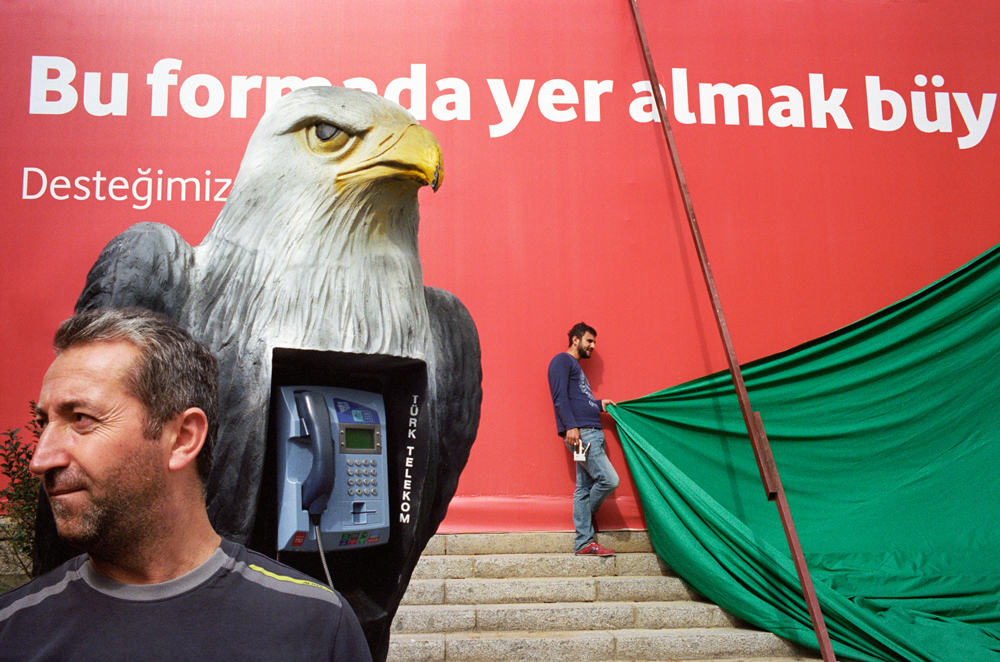

(Words and Photos by Pierre Belhassen)
I’m Pierre Belhassen. I started photography 10 years ago. After studying cinema, I was given a camera. I wanted to discover New York City. It became a revelation in my life. I realized that there are endless possibilities and different ways to reinvent reality. For me, there was no doubt. I felt this inner calling which gave sense to everything.
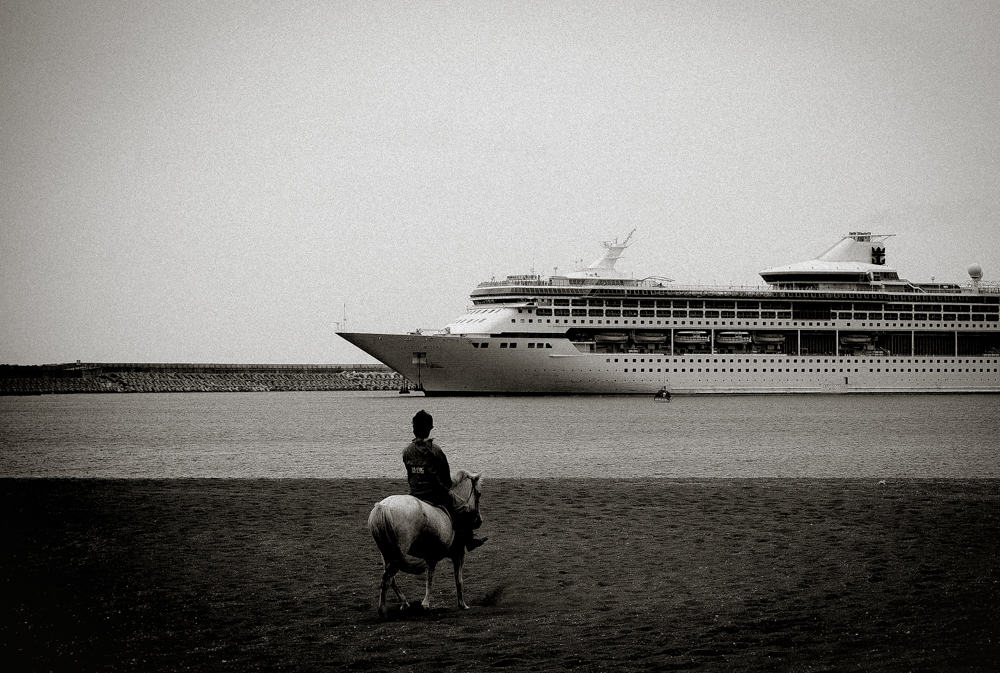

Read as a Google Doc or download as PDF.
—
Hey Josh,
I just wanted to write you this letter wishing you a happy (belated) birthday, and the lessons in life you’ve taught me, and how much I appreciate your love and friendship.
Shit, I still kind of forget how we first met “virtually.†Was it on your wordpress, Flickr, or somewhere else? Regardless, I remember when I first saw your “bokeh-licious†photos, I was drawn less to the bokeh, and more to the emotions in your photo.
As a Korean-American, I have always had this romantic view of Korea, especially Seoul. I have always felt like kind of an outsider– that I was never fully accepted as being “Koreanâ€, because my accent sucked (I sounded like an American), and culturally I was a lot more American. I remember whenever I visited Korea, I would always feel massive amounts of shame not feeling “Korean enoughâ€, and the sense of alienation I felt as a 2nd-generation Korean-American “gyopoâ€.
Somehow your photos really spoke to me. I think you felt a similar way, as a Canadian outsider, living in Korea. You were probably enjoying a pretty comfortable living teaching English, getting a sweet free place to stay, but still– you know, Korea is one of the most xenophobic and nationalistic countries in the world. Even though you made good friends, you were never fully “acceptedâ€, nor integrated into Korean society. That must have given you a lot of pain, stress, anxiety, and frustration.
I also forget how we first met “IRL†(in real life). Was it in Seoul or Toronto? Think it was Seoul, when we did the Leica workshop together. Anyways, when we first met, you were really like a “brother from another mother.†Your views on life correlated with mine spot-on, and the sense of “realness†and down-to-earthness made my soul sing. We’ve also had so much fun that other time we did the workshop together in Toronto, and we hung out with Neil and would just talk about random shit. Good time man.
But I wanted to let you know how many lessons you’ve personally taught me about photography, life, friendship, and more.
First of all, you’ve taught me the most important thing in life is friendship, relationships, and connections– not photography.

I remember how difficult it was when your father passed away, and how tragic it was. Regardless, it gave you a huge revelation, which also gave me a huge revelation. You said something like:
“Why is it that we use these $10,000 cameras to take photos of strangers, when we take photos of our loved ones with smartphones? It should be the other way around.â€
As shitty as it was that your father passed away before he should have, know that this realization you have had truly changed my life (as well as thousands all around the world). It taught me to truly not take any of my friends or family for granted, and it made a huge shift in my photography. I no longer took shitty snapshots of Cindy or my mom, friends or family anymore– but rather tried to take the best photos of them on my Leica. I learned to cherish every moment with them, knowing that sooner or later, death is going to take them all away from me.
Secondly, you’ve also taught me that at the end of our lives, we’re not going to give a shit about the photos we’ve made, but the friendships we’ve made.

I remember us talking how we can both image one another being 80 years old, sitting at some cafe on the patio, drinking coffee, complaining and moaning about the world of photography and all the “new gunsâ€, and throwing rocks at little kids outside, and reflecting on our life’s journey together. We will reflect on all the difficulties we endured in life, the heartbreaks, the deaths of loved ones, but also the fun times we taught together, had beer and fried chicken together, and the great conversations we’ve had about life while loitering for hours with just one coffee in Seoul.
You’ve really taught me that the friends I’ve made through photography far outweighs any photos I will take in my life. After all, who gives a shit about photos? They are perishable, and after we die, nobody is going to care about them. But there is nothing more immortal than friendship. Love your post you wrote on it with shooting with Neil in Busan.
Thirdly, you taught me that at the end of the day, it doesn’t matter if you shoot film or digital, as long as you shoot with heart, passion, soul, and that you enjoy the process.

I know we both are massively afflicted with GAS, and we always switch from film to digital, and back and forth. We have this strange love-hate relationship with our cameras, and the other physical possessions we own. We are both suckers to advertising and fancy shit, like our strange obsession with leather backpacks and other “artisanal†goods.
We know that material stuff doesn’t make us happy, yet we are both afflicted. Yet, talking to you has always helped ease some of the mental suffering I have inside. We both jump from Ricoh, to Leica, from black and white to color, from digital to film, and even fucking around with medium-format. But at the end of the day, nobody even can tell whether our shots are film or digital, and neither should we care. Regardless if your photos were shot on film or digital, they still have a signature “Josh White†look; they exude emotion, soul, and empathy for your subjects.
Honestly, we’ve never going to find the “perfect†camera, lens, or setup for our gear. But we’re both going to continue to enjoy the process, and try to temper one another’s “GASSINESS†as we grow older together.

Fourth, you taught me to photograph my “muse†(aka Cindy) with more intensity, love, and care. Seeing the photos you take of Areum really inspire me so much. You’ve taught me that I don’t need to only shoot “street photographyâ€, but that the best subject to photograph is my own life– and those closest to me. “Personal documentary†as Anders Petersen calls it (someone who we both love). After all, at the end of our lives, the photos we shoot of Areum and Cindy are much more close and personal than any photos we’ve taken of strangers. I think ultimately the photos we take of Areum and Cindy will be the best “project†or “body of work†at the end of our lives.

Fifth, you’ve taught me and inspired me to bleed more onto the page when writing, and to make my writing (and photography) more personal.
Whenever I read your blog (the only photography blog, or blog in general I read), you really pour your emotion, heart, and soul into whatever you write. I feel like I’m having a conversation for you. It feels so real, so genuine– so you. You really wear your heart on your sleeve, and your viewers feel like they are a part of your life. Through your blog, I have followed you through your ups-and-downs in your life; death, love, heartbreak, depression, joy, and self-seeking fulfillment.
Whenever I write an article for the blog, I try to think of you– and treat it almost like a letter that will also help and benefit you. And recently I’ve been thinking of making the blog more personal, and it seems that others have really responded well to this. So I will continue to follow in your footsteps, and to continue to bare my soul on this blog, and through my photography.

Sixth, you’ve taught me that I need to first enjoy my life, and then secondly be a photographer.
I remember that whenever I would go out with a camera, it would be like a hunt, and I had to go “take†photos. But you taught me that it is much better to just enjoy myself; to hang out at cafes, at bars, meet up with friends, eat Korean BBQ, and just take snapshots of my life. You’ve taught me the secret to making better photos is to just enjoy my life more, and to just document what I experience.
I remember you said something like, “I don’t ‘do’ taking photos anymore†— and that really struck a bell with me.
Ironically enough, ever since I’ve followed your advice, I have been getting better shots. I no longer force myself to go out for hours at a time, and endlessly wander trying to capture “the decisive moment.†I am much more relaxed now, and let the shots come to me, wherever I am. I just am diligent about carrying my camera on my neck, so I can take that shot if the moment arises.

Seventh, you’ve taught me how to “kill my babies.†I love how we randomly chat with one another on Kakaotalk and message each other shots, and we can just be brutally honest with one another, without any concern of hurting one another’s feelings. I respect your opinions so much, and you have really helped shape my style and vision in my photography. I love it when you told me how you liked my color work, and how you think I should proceed shooting more color “street portraitsâ€, as well as more portraits of Cindy. I respect you as a human being and a photographer, so getting advice from you in terms of what direction to take my photography gives me a lot of confidence, solace, and happiness.
I was going to write 10 things you have taught me about street photography and life, but I ran out of ideas, haha. But honestly, 7 is more than enough, in-fact, I Â heard that it is easier to remember 7 digits than 10 (that is why in America phone numbers are only 7 digits long).
But anyways, this is a personal letter to you (that thousands of random people on the internet are also going to read haha). No but seriously, thank you for all the love, support, guidance, and friendship you’ve given to me the past few years.
Whenever I get a message from you, you always brighten up my day. It is so funny, I’ll be with Cindy and checking my phone and she will say, “Eric, why are you suddenly smiling so much?†I then feel embarrassed for a second, and will tell her that I got a message from you. She then goes, “Oh, you and Josh are so cute together!†She also was so happy to see how much fun we had together in Korea together. And also a nice memory (to boost your ego), remember whenuj I told you that she looked at your Flickr randomly and said, “Hmmm, Josh is actually really good!†And trust me, she doesn’t give false compliments at all, and she has a great eye.

So never doubt yourself and your photography. Remember to enjoy the process. Fuck whether you shoot film or digital. Just enjoy yourself and have fun. Who cares what others think of your photography, know that I’m always your biggest fan. And in terms of having an “audience†for our work, I honestly feel that as long as we are friends, we will be enough of an “audience†for one another. If I can make photos that please myself and please you, that is enough for me.
Farewell my friend, have a kickass day, hope you get more hits on your blog (haha) and more followers on your Flickr and Instagram (don’t know if you have notifications on your iPhone turned on, but hope it buzzes nonstop! haha).
This sounds totally douchey, but maybe you can do a similar post on your blog about what I’ve taught you about street photography and life? Might be an interesting comparison.
Anyways, excited to collaborate more brother. Take care of Areum, your mom, and know that whenever you are feeling sad, lonely, or lost– I’m always here to support you and share my heart with you.
Here are some fun snapshots and memories, haha– good times:










Love always,
Eric
Written @ my friend Liz’s house in Leeds, Friday, Aug 21, 10:33am, 2015, with an espresso (I’ve found as long as I limit my coffee to just one a day, I don’t get that weird throat swelling acid reflux shit). Let’s chat soon bro, peace out.
Make sure to check out Josh’s work:
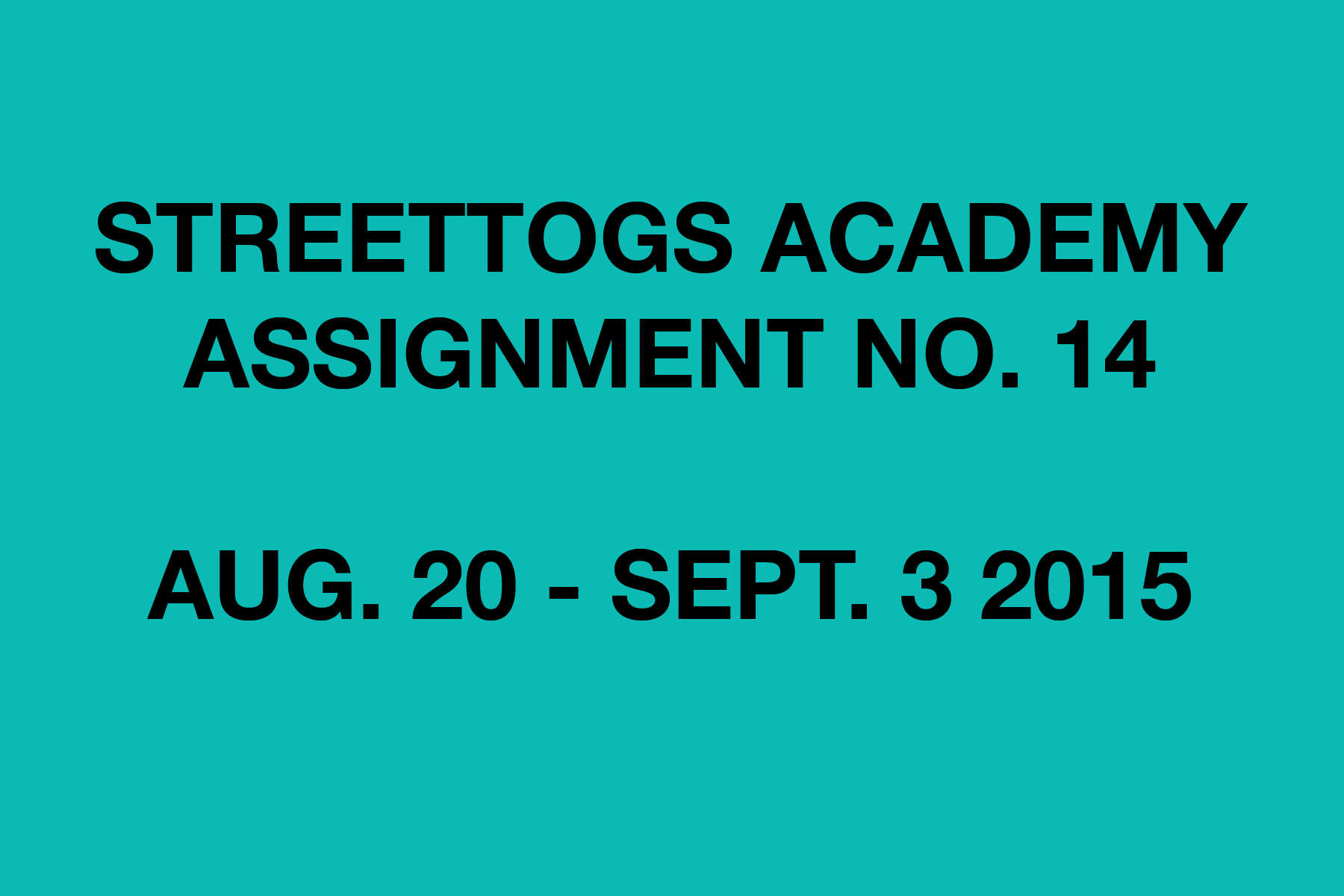

Cheers to another assignment wrapped and here’s a new one to keep everyone in Streettogs Academy moving, shooting, and perhaps for this assignment, following the beat!
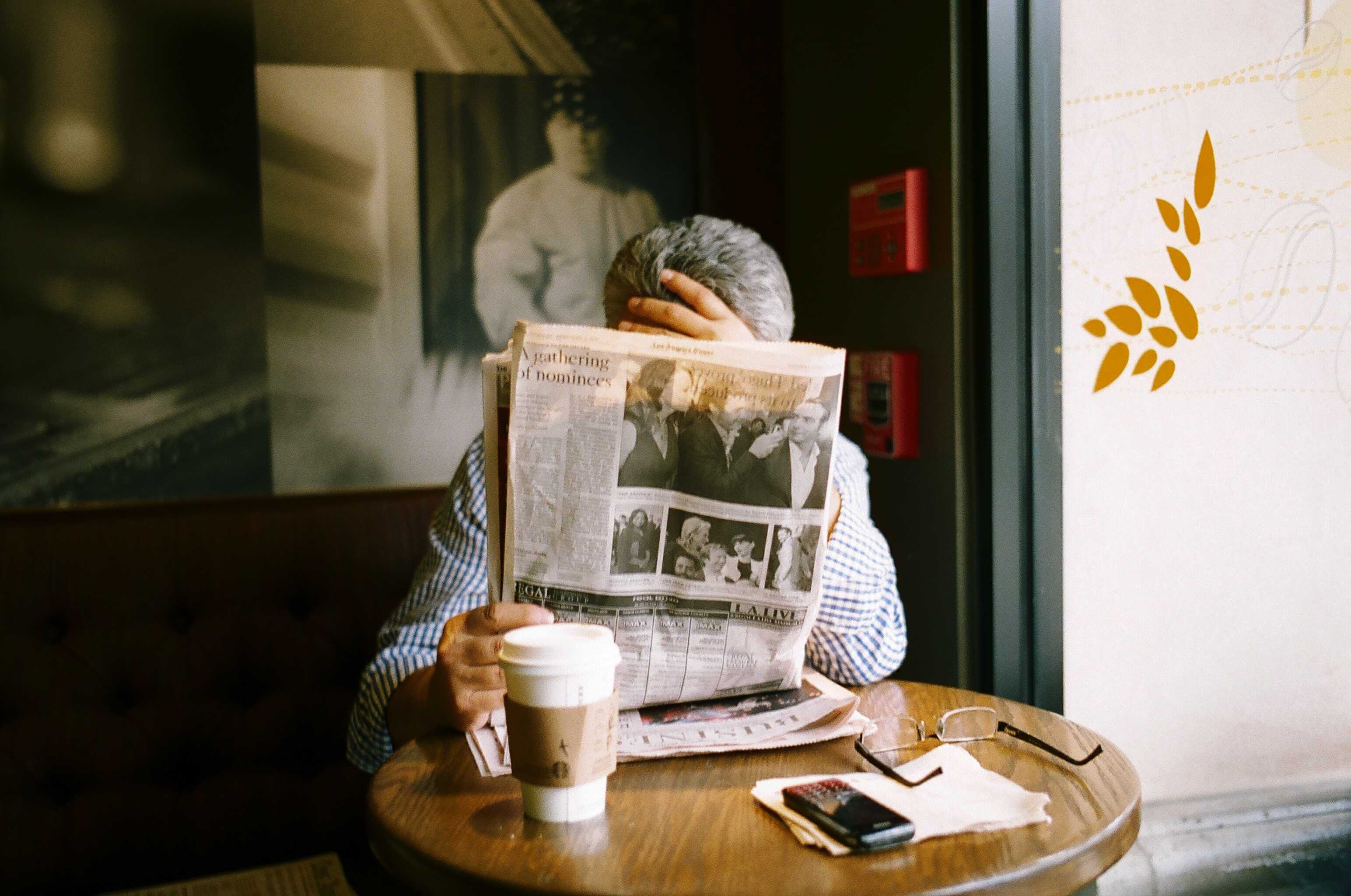

Read this as a Google Doc or download a PDF.
—
I have a problem. I often get too attached to my photos, especially my bad photos. I look at all of my photos like my children, and I have a hard time deciding which to keep and which to ditch.
One mantra I have always tried to remind myself is: “Kill your babies.â€
The problem is that our photos are like our babies, and the idea of getting rid of them (especially “killing themâ€) is emotionally painful. And if the phrase “kill your babies†is too graphic for you, I recommend the British saying, “Kill your darlings.â€
The problem in today’s society is that we have an overabundance of stuff, information, and especially images. Every minute there are hundreds and thousands of being uploaded to the internet. And 99% of these images are just junk or noise.
The solution? Before you decide to upload an image, think of why you are uploading the image. Is it because you are trying to show a beautiful masterpiece that will bring value to someone else’s word? Or because you are trying to get more “favorites†and likes?
I recently went through my own baby-killing session. I went to my website splash page and edited down my splash page to my 5 favorite images, all of which I felt had some sort of consistency and emotion to them.
I also edited down my portfolio from 6 projects down to 3. It was really difficult to do, but my good friend Diarmuid McDonald helped me be brutally honest over some nice Turkish food. I once told him to edit down his entire Flickr down to 5 images, so I had to practice what I preached.
I then went home, took out the axe, and started to remove tons of my photos from my website portfolio and Flickr. At first it was very painful, but by the end, it was insanely refreshing. It felt almost if a huge weight was taken off my shoulders, and I looked at all of my images with admiration. They were all strong and had a good cohesion and style to them.
The photographer I am trying to imitate the most at the moment is Josef Koudelka. He is a photographer who has been shooting for over 50 years, and has dedicated his life to 3 main projects: his “Gypsies†project, his “Exiles†project, and his new panoramic landscape work. All 3 of these projects are powerful, emotional, memorable, and iconic.
I want to be like Koudelka. I want to aim to create at least 1 strong body of work before I die. Less is more.
Remember, street photography is hard. Damn hard. The most difficult genre of photography out there. It is very rare that you make a good photograph. If you can even get 1 good street photo a month, 12 decent shots in a year, and 1 truly great image in a year, you’re doing really well. Bruce Gilden even admits only taking 1 photo he really likes for every 50 rolls of film.
Just because you “kill your babies†doesn’t mean you have to delete the photos or throw away the negatives. Rather, what I encourage is to kill your photos that are public and not very strong.
I have some images that have personal significance to me, but I know that they aren’t necessarily good photos. So I keep them on my hard drive for myself, print them out and put them into photo albums (for myself and family), and not share them in public.
Even another practical tip: when I recently edited down my Flickr down to my best 20 images (from 9 years of shooting street photography), I simply marked the weaker shots to “private.†So I still have the images just in-case, but I don’t need to clutter my site.
“But what if I want to get feedback on my photos? Isn’t sharing them on social media a good idea?â€
That is a good idea if you don’t know anybody in-person you can share them with. But I have even a better method I like to do with my buddy Josh White, Neil Ta, and Charlie Kirk: I will send them a photograph that I am not sure about, and simply ask them: “Keep or ditch?†I will also encourage them to be “brutally honest†and help me “kill my babies.†They then have no problem taking out the axe and doing the dirty work for me.
Apparently even Steve McCurry didn’t really like his “Afghan Girl†photograph. He shot several of her, and actually preferred another shot. But his editor told him that the (now) iconic image was the best. The editor knew better than McCurry, and now it is one of the most famous images in the world.
Oftentimes I don’t know what my best images are, because I am too emotionally attached to them. I know too much of the backstory behind my images, and sometimes I had a very engaging conversation with the person. This confuses me, and impairs my judgement.
This is one thing I love about shooting film: I am an impatient bastard (I’m the guy who complains when Google Maps takes longer than 2 seconds to load), and shooting film forces me to be more patient and let my images “marinate†and sit for a long time (before I  judge them).
Recently my last big batch of film I developed was 164 rolls of film. I waited an entire year (not out of discipline but out of pure laziness and business of my travel schedule). What it taught me was that I was able to “kill my babies†more brutally, because I forgot shooting the majority of the images. So it was almost like I was editing someone else’s images.
It is always easier to kill someone else’s babies than your own. Furthermore, it is actually easier to work on longer-term projects, without being disappointed on a daily basis with digital photography.
I have nothing against digital photography. In-fact, I prefer the convenience and the cost (film is damn expensive). But the thing is that shooting digital makes me miserable. Why? Whenever I go out and shoot for an entire day, it is very unlikely I will get a good shot in a day. So when I look through all the images, I am massively disappointed. But with film, I only see my photos one every 6 months or once a year. And over that period of time, I am bound to at least get 1-2 shots I’m really proud of.
This is another philosophical issue I am dealing with: I technically know that shooting digital will make me a better photographer. Also all of my recent shots I like are shot from a digital Ricoh GR.
However, shooting film gives me more peace of mind, zen, less disappointment, and therefore more happiness.
So what do I do? Do I am to become a better photographer, or to just be happier?
Granted these things aren’t mutually exclusive. I can do both at the same time. Perhaps in the future I can try not to “chimp†as much when shooting digital, or to treat digital like film (not look at my photos often, maybe only one a month).
Another practical tip when it comes down to “killing your babies†or editing down your portfolio: remember, you are not your photos. Not only that, but your photos have no feelings. If you decide to “ditch†a shot, your photos don’t care. If anything, they are happy to be released once again into the ether or the digital cyberspace they came from.
So when people critique or criticize your photos, they aren’t criticizing you. They are criticizing your photos.
I often get criticized for the writing on the blog, but I also try to remind myself: people are criticizing my writing, not me as a human being. They are different.
Even when people criticize my actions, I try not to get offended. I remind myself: I am not my actions. I therefore try to change my actions in the future.
Killing your ego is one of the most difficult things, something that take a lifetime. Your ego is that little voice in your head that never shuts the fuck up, and is always criticizing you. This is why studying meditation and Zen Buddhism can be so useful. If you’re interested in learning more about Zen and Street Photography, download my free e-book: “Zen in the Art of Street Photography.â€
So moving forward, I am still trying to figure out my life and my photography.
Currently, the only camera I own is a film Leica and 35mm lens. Everyday I need to fight the urges of GAS (Gear Acquisition Syndrome). Everyday I don’t feel inspired, I think buying a new camera will magically make me more inspired. That is bullshit, it never does.
What I always try to do is whenever I crave a new camera, I buy a new book instead. Some books on my radar currently include Sergio Larrain, “Songbook†by Alec Soth, and a new personal favorite: “For every minute you are angry you lose sixty seconds of happiness†(you can see the project online here). Remember: Buy books,  not gear.
Another thing I’ve been thinking about: there is so much depressing photos online of people and society. I want to start taking happier photos. Photos that are positive and encourage people, rather than capturing alienation and confusion.
Anyways, I don’t have anything left to say. I started to get another weird reaction from drinking coffee again (throat swelling). Instead today I got an Almond milk Chai Latte which was lovely too.
Godspeed,
Eric
Written @ ExMouth Coffee in London, 11:26am, 8/18/2015
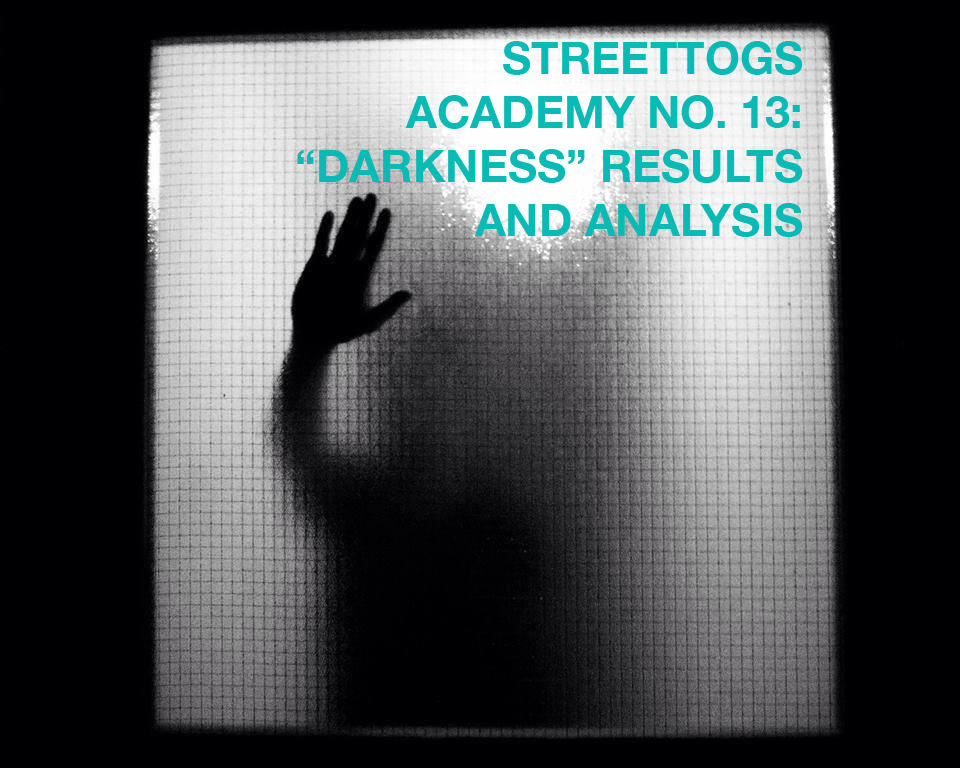

(Cover Photo by Community’s Choice, Jomel Bartolome)
In order for a photograph to exist, it has to have light but for this assignment, we are going to focus on the other side of the spectrum which is darkness. Darkness is not just the absence of light but it also connotes certain meanings. That is why assignment no. 12 Editor’s Choice Sasha Cherny picked this as the assignment theme. Let us see how the rest of the group interpreted the theme with these selections:
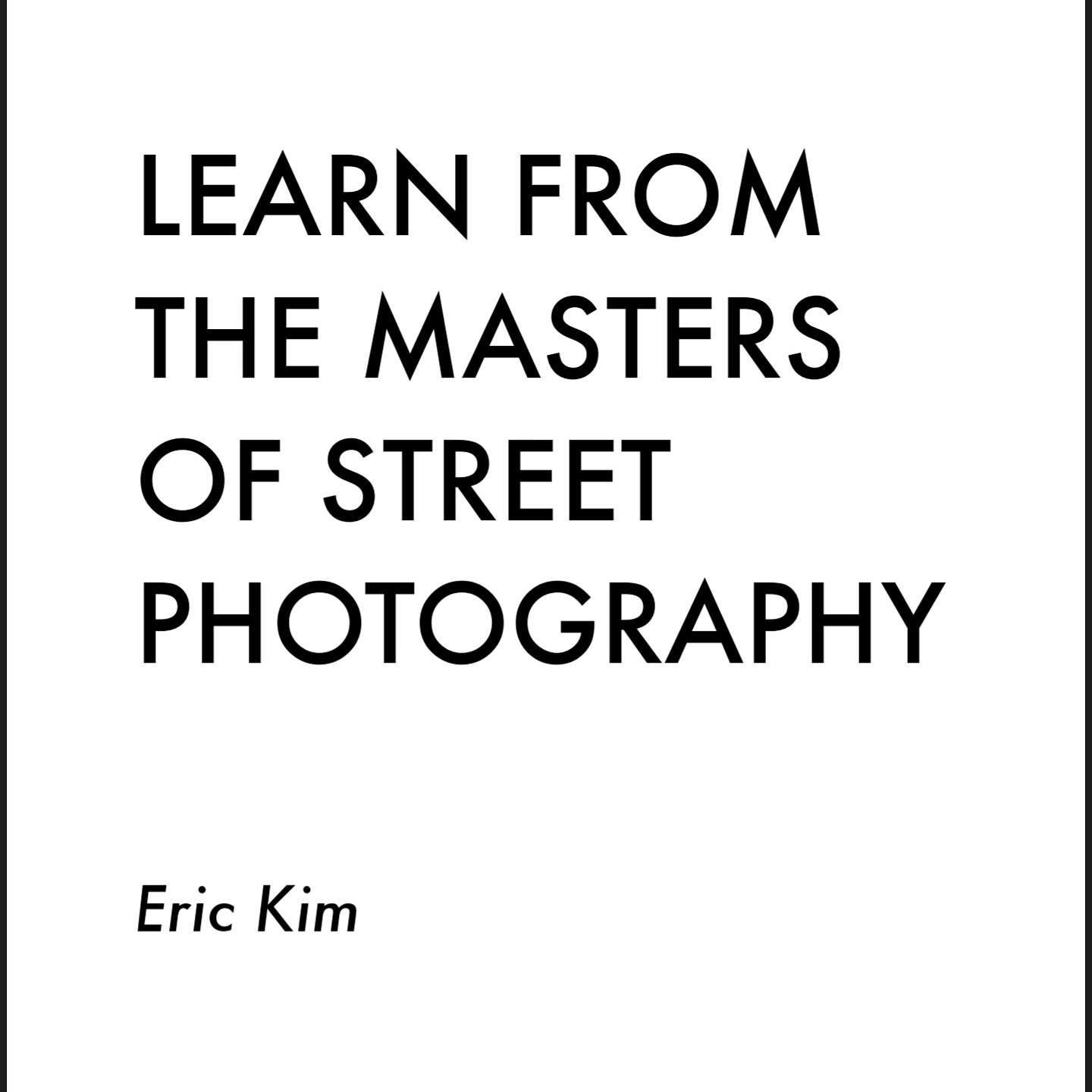

I am currently working on a new book: “Learn From the Masters of Street Photography”, which is a distillation of all of the lessons that I’ve learned from the masters of street photography.
You can get a free sneak peak by downloading the PDF of the sample chapters here.
If you want to learn more, read all of the in-depth articles from the “Learn From the Masters” series on the blog here.
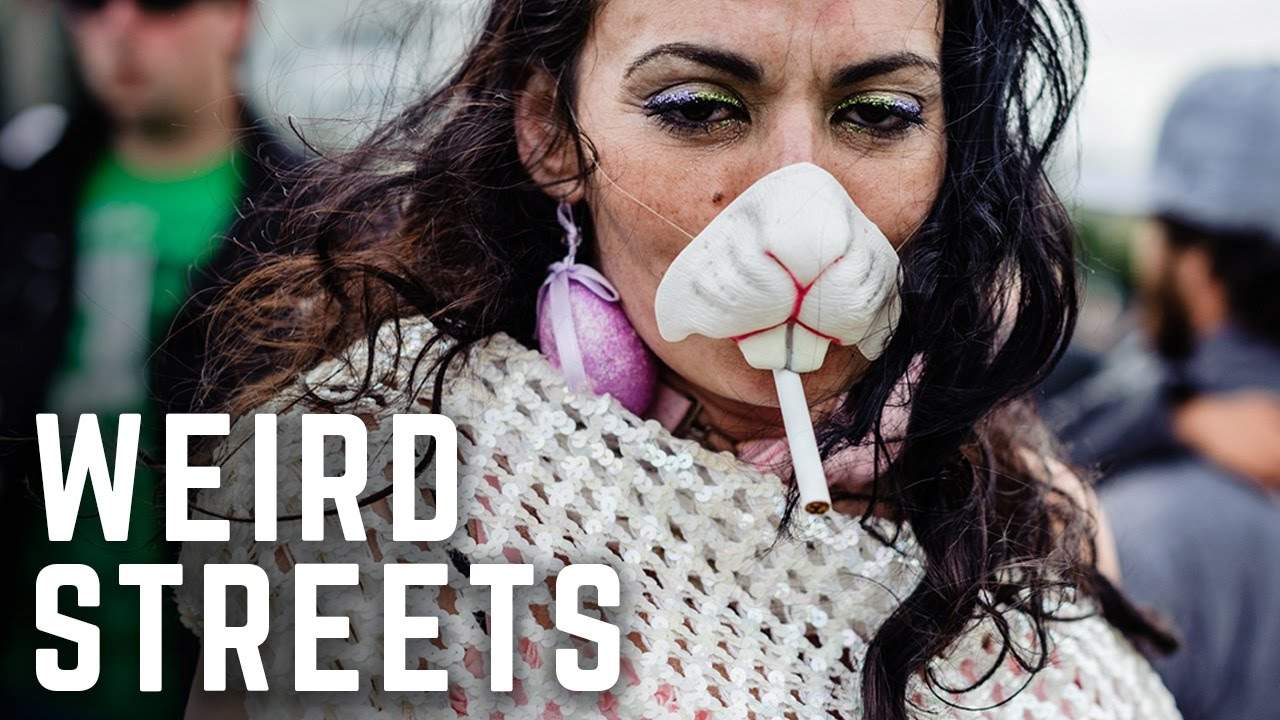
Jack Simon, a good friend and a street photographer I greatly admire shares what he thinks makes great street photography in the 2 minute video above.
Check out my video where I shoot with him in San Francisco here.
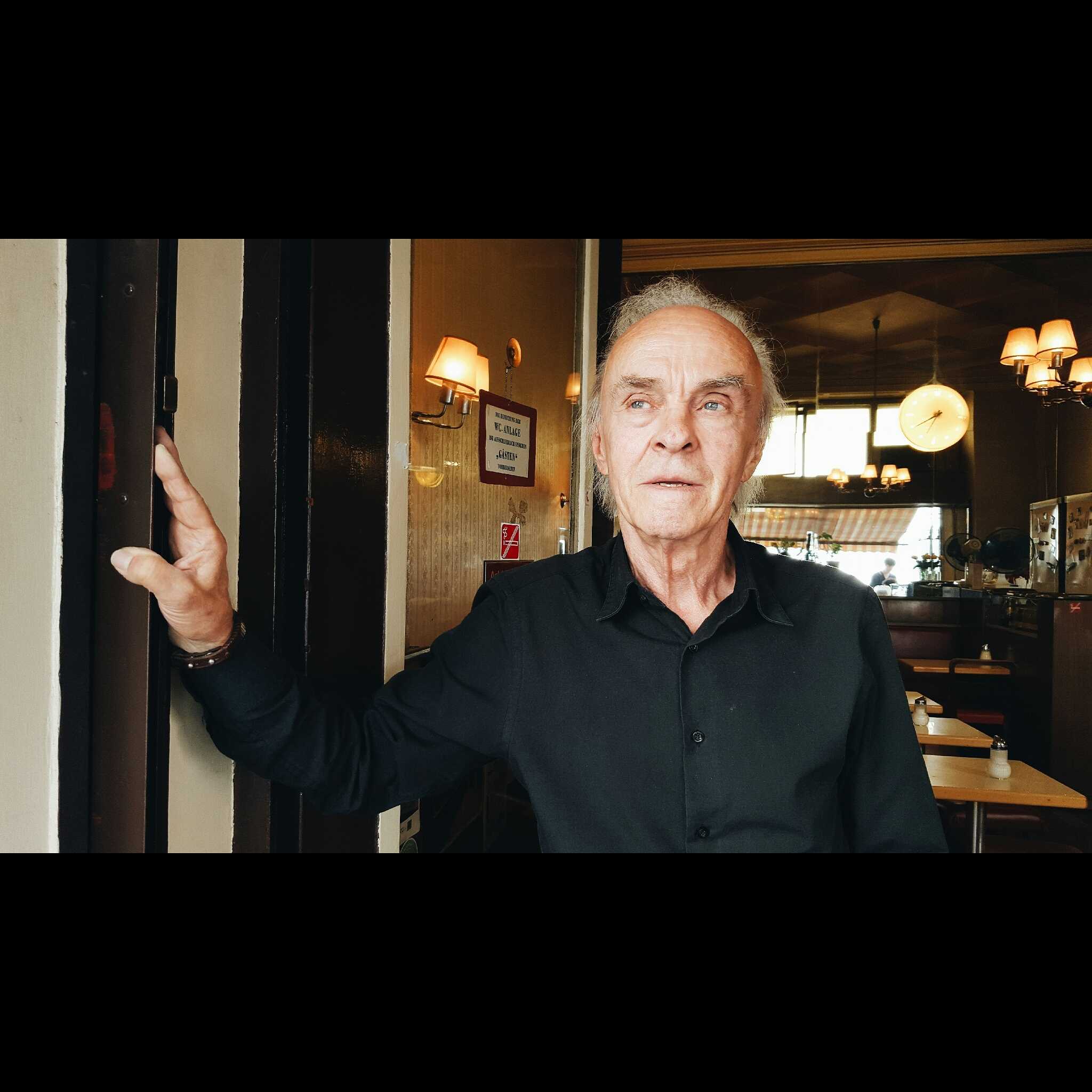

“One should not spoil what is present by desiring what is absent. Rather, realize that what we have were among the things we might have prayed for.” – Epicurus (via the “Epicurus reader“)
I’m never satisfied. I always want more. Nothing is ever good enough. My lifestyle isn’t fancy enough, I lust after different cameras, cars, more money in the bank, more security, more fame, more recognition, and more impact in the world.
We’re always striving for what we don’t have, rather than appreciating what we already have.
I’m a pretty happy guy, but there’s still moments of dissatisfaction in my life. Even though I have a “perfect” life in terms of my flexibility to travel, to do what I love (teach, write, photograph), and meet amazing people from all around the world, I always want more.
The shortcut to happiness in life, photography, whatever is this: Desire the things and the life you already have.
So there are many different ways we can apply this philosophy to our lives.
First of all, desire the cameras you already own.
Even though I own my “dream camera” (film Leica MP and 35mm f2 Summicron lens) there are still random moments where I think, “What if I had camera ‘X’?” These are often moments when I’m feeling uncreative and dissatisfied with my life.
So whenever I have an urge to buy a new camera, I think about how much I dreamed of owning my film Leica. I try to remember myself 3 years ago when I read all these reviews of the Leica on forums, blogs, and from my friends. I try to relive the happiness I had when I first got my camera. This helps me be more grateful for what I have, and figure out how I can make photos with the camera I already own, rather than trying to make excuses why my camera or gear is insufficient.
Another idea: desire the life you already live.
I live in Berkeley, California, which is a mini paradise for hipster cafes, organic food, quinoa, almond milk cappuccinos, and other hippy yuppie stuff.
But I still daydream of living in San Francisco, where all the “cool” things are happening.
But I always try to remind myself: rather than daydreaming what I can do on the other side of the bridge, try to cultivate my own city and garden in Berkeley.
Also I try to remind myself of how many hipsters from all around the world would love to live in Berkeley. This helps me open up my eyes to the opportunities and possibilities in Berkeley.
Usually all the art events and photography exhibitions happen in San Francisco. But I partnered with my buddy Walter Margerison and curated a street photography group show at a local Berkeley cafe called “Artis Coffee”, which was a big hit. Keeping it local is key.
Another idea: desire the job you already have.
No matter how “shitty” your job is, there are always benefits. Let’s say you work crazy hours, but at least you make good money which allows you to buy photography books, plane tickets for traveling, and photography education and workshops. Sure you might not have that much time, but at least you can make the fullest potential of the little free time you have.
Let’s say you’re dead broke and working at a coffee shop. But at least you have more time and freedom to do what you love, rather than wasting precious brain energy on trying to get a promotion at a bit corporation, staying extra hours, and kissing ass. You might not have money for a fancy camera or to travel, but at least you have freedom of mind to shoot and flexibility of schedule.
You can be a billionaire and still be miserable, because you’re so busy you can’t take a nap or go a day without answering 300+ emails.
You can be living in poverty but still be happy because you have friends and family who love and support your creative endeavors.
Rather than focusing on the negatives of our lives, jobs, or circumstances, let us be grateful for what we have.
Let us desire the life we already have. Let us desire the camera we already have, the job we already have, and the mind we have.
Your life is perfect just the way it is.
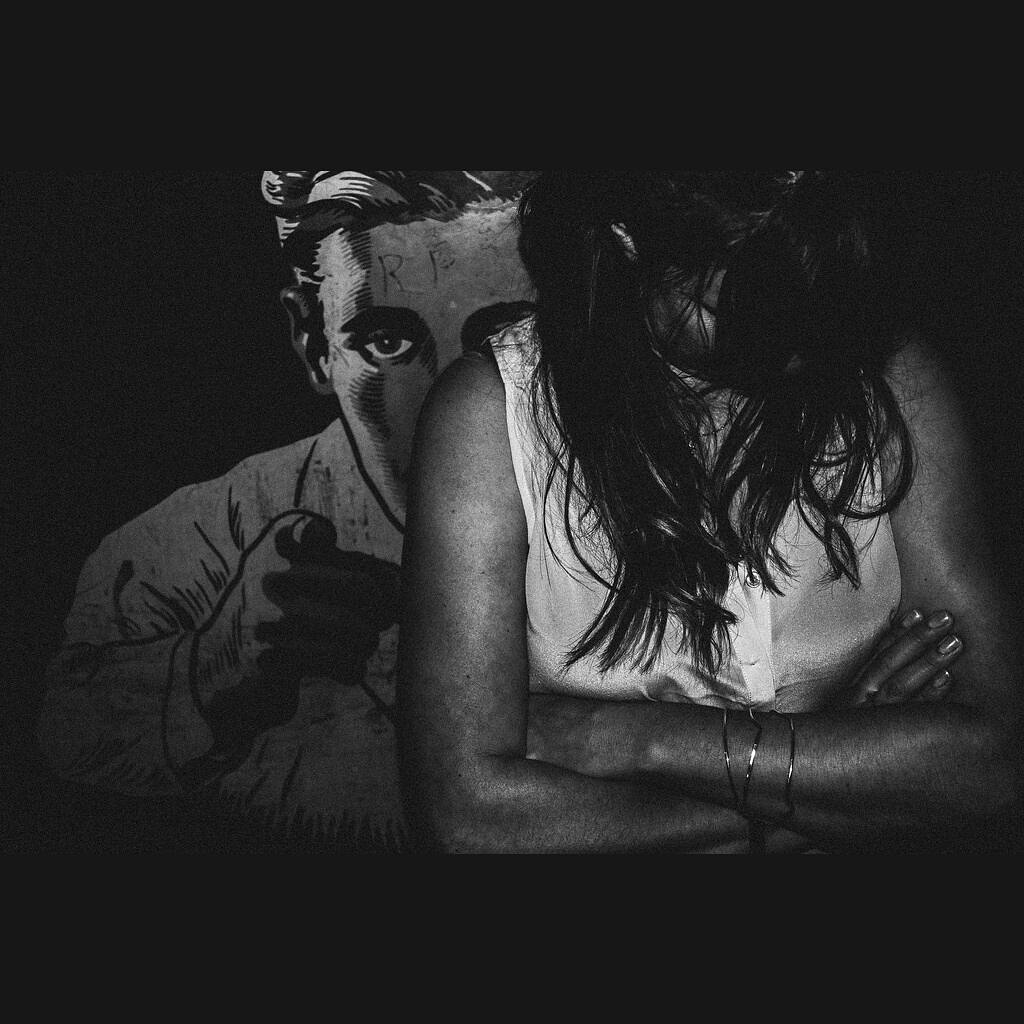

Dear friend,
I want to share with you something that has been on my mind for a while: whether a photographer should take a photograph everyday, or only when he/she feels like it.
I know I often espouse the benefits of always having your camera with you and taking photos everyday. But what’s the point of forcing yourself to take photos if you don’t feel like it?
Although there are a lot of great photographers who make it a habit to shoot everyday, I have realized there are also many great photographers who don’t shoot everyday, nor do they carry a camera with them everywhere they go.
For example, Bruce Gilden doesn’t bring his camera with him wherever he goes. Rather, he only has it with him when he’s seriously working on his projects, and when he’s shooting he gives his 100% attention to shooting.
William Klein is another example: he hasn’t actually spent that much time in his life taking photos in the stress. For his seminal book: “Life is Good & Good for You in New York“, he only shot it for two weeks, but shot like a madman. His other books on Tokyo and Rome were also shot in similarly short time spans.
So bringing us back to the question: is it advantageous to shoot everyday, or only when you feel like it?
For me, I rarely have the inspiration to pick up the camera. This makes me feel unmotivated, and I become jaded and uninterested in life.
But the funny thing is when I pick up a camera, I suddenly start seeing interesting things. The camera is a tool that helps me see the world more clearly.
But if you genuinely don’t feel like shooting, don’t force yourself to shoot. You have enough stress in your life from your family, work, and other obligations. Why add to that stress if you’re not enjoying your photography?
Also if you don’t feel like bringing your camera with you everywhere you go, that’s fine too. Sometimes it is more important to enjoy an experience (watching fireworks, enjoying a nice dinner) rather than frantically trying to document everything. There is even a psychological study out there that shows if you take a photo of something, you’re actually less likely to remember it.
Ultimately follow your gut.
If you’re the type of photographer where you feel anxious if you don’t shoot everyday, always have your camera with you, and force yourself to be creative and see the world as interesting. Then your efforts will pay off.
However if you’re the type of photographer in which photography only brings you joy when you don’t force yourself, don’t feel like you need to shoot all the time. Only take photos when you feel inspired.
The secret to happiness in your photography? Remember the saying: “Know thyself.” Discover your style in photography by following what makes you feel energized, excited, and what helps you flourish.
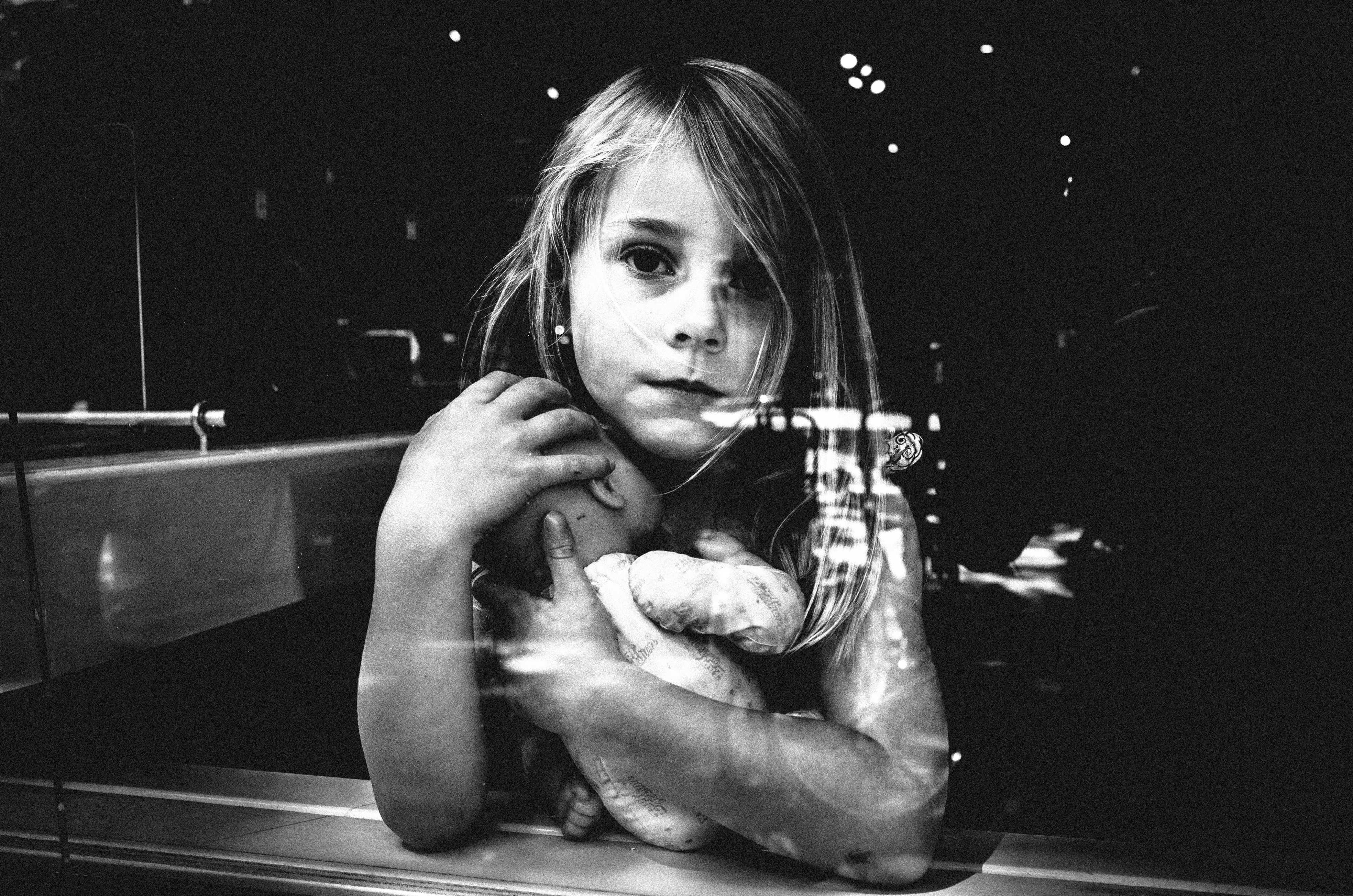

My friend Josh White made a great point to me about cameras in photography: why is it that we as photographers always talk about the camera we want (that will apparently make us more “creative”) rather than using the cameras we already own to create art?
I’m currently re-reading “Letters From A Stoic” by Seneca in which he tells a story of a sculptor who was able to make a beautiful statue regardless of the material; marble, stone, wood, or gold.
I think this is a beautiful analogy for our photography. I think we can make beautiful art regardless of the tools or instruments we have. Rather than goading for what we don’t have, let us try to make the best with what we have.
I know a lot of photographers who wish that they had expensive digital Leicas or some other camera. But these photographers are better off using the cameras they already own and going off and making images, rather than wasting valuable time, attention, and energy into wanting what they can’t have.
The best example I think in street photography is the emergence of “mobile street photography”, in which photographers from all around the world are only using smartphones to make beautiful images.
But some people say: “Oh, but a smartphone isn’t a ‘real’ camera and that it has limitations. It has shitty low iso capability, you can’t print it big, and it isn’t as responsive as a ‘real” camera.”
But these limitations can actually help our creativity. They call it “creative constraints.” If your smartphone has poor image quality, then it forces you to only shoot in good light. If your smartphone has a slow autofocus, you can focus on just shooting people who aren’t moving.
Let me take this analogy further; let’s say your camera has a long minimum focusing distance (a Leica can only focus up to 70 centimeters). Sure it would be nice if it could focus closer, but that constraint forces you to be more creative with your compositions.
The prime example of creative constraints in street photography are prime lenses (sorry for the bad pun). By limiting your field of view, you are forced to capture reality into your limited frame in an interesting and novel way.
Also if you think about it, the art of photography itself is about constraining reality into a single frame. What you keep out of the frame is more important than what you decide to leave in the frame.
I recently got my laptop stolen in Paris, and I first was upset. But it is probably the best thing that happened to me, as now I’m restrained to doing most of my writing on my smartphone (I’m typing this on my smartphone as we speak). I’ve found the restriction of not having a laptop has helped me be more creative to use my smartphone in novel ways.
Let’s take this idea further: restricting yourself to either color or black and white is another great “creative constraint”. By only shooting in color, it forces you to try to make images that have good color combinations. By focusing only in black and white, it forces you not to be distracted by colors.
Another great creative restraint is by restraining the area in which you shoot. Very rarely are world travelers the best photographers. All of their photos end up being touristy “National Geographic” shots of landmarks in Asia and other “exotic” countries. A photographer who is doing a long term documentary project in his or her hometown generally ends up making more interesting photos, as they are forced to create more interesting images out of “boring” subject matter.
Creative constraints will set you free in your photography and life.
See what other constraints you can create for yourself, like only shooting one type of subject matter, or focusing only on one project. Strip away the superfluous and extraneous, and you will create beautiful art.
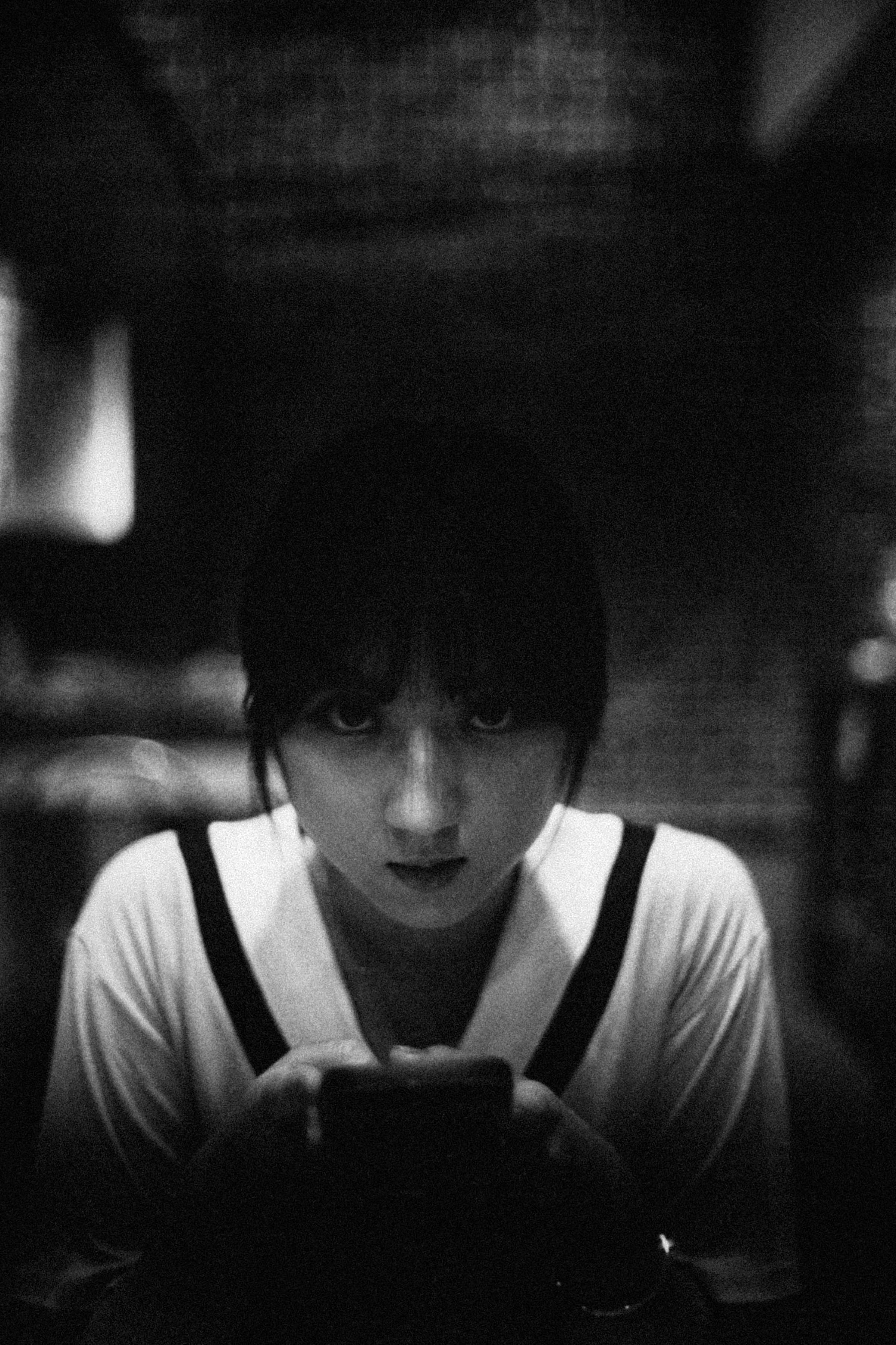

This article is written by Josh White, originally posted here. The views posted here are his and his alone and may or may not be shared by the website as a whole ;)
Disclaimer: Sarcasm doesn’t always transfer into written word.Â
Well, “tomorrow” turned into a week. Thank you for those who worried that I may have relapsed. Not the case! Once an addict, always an addict is what I guess they say. Well, I have honestly been “sober” for quite a while and just now have decided to write down my thoughts. I feel like this, at least in my brain, makes what I’m doing and going through more legitimate.
The real reason for my taking so long to post step 2 was that I recently took a trip to the small town in Korea where I had lived for the first four years of being here. An interesting experience. While of course I’m not Korean, that small town feels more like a hometown than anything else to me anymore.

During the trip, I had a lot of time to think about what I would write here. Step 2 (of overcoming GAS) is probably the hardest for me. I’ve entitled it, “The Pact”, because this step is a self contract to limit the equipment I’ll use for the immediate future.

Basically, the pact I made with myself is as follows:
I, for the foreseeable future will use just two cameras. One film, and one digital. One lens on each. I didn’t limit this to a year, not because I don’t think I can last a year, but, because I want it to last longer than that. I don’t “need” anything else and therefore have no reason to buy anything else.

Okay, so, the two cameras. First, the main camera I have used and will continue to use is a Leica M5 in black. I should start by saying I received this camera from a friend after having to sell a bunch of cameras to pay some bills while back in Canada. I’m sure some people reading this will go out and buy one. I recently wrote about the camera on instagram and the immediate response from some people was something like “it is the one camera I really want.” I thought this to be funny, considering it is the same thought I had about every camera I ever bought. I have this camera because a friend happened to give it to me. IT has been my friend ever since and will continue to be. Any camera is good enough and any camera is one we can use and love. In fact, the longer you own one the more you will love it as is the case with this one. And don’t get me wrong, I wasn’t mocking the person for saying they wanted to buy one, just commenting on the fact I would have one time felt the same way.

Anyway..
I say unabashedly that I love film. It is stupid, I know. Sometimes I say film has a “look” and everyone laughs. I get it, it is like a hipster saying tight jeans and big glasses give them a “look.” Honestly though, I’m sure that in 30 years when I look back at my photos it will be the film ones I remember and still have. I don’t have any explanation for this. Maybe the negatives will be the only thing I would have kept.

…
The lens? Well, I use the 35mm Voigtlander 1.4 SC. Yep, nothing fancy and most people say this lens sucks. I don’t particularly care a whole lot as they are generally the type of people that comment on the photos I took with the Sony 9 year old digital point and shoot and ask me what type of film I used ;)
For me, the lens was cheap, and just about wide enough. Works for me.

I know, I know… Why TWO cameras. People are going to say this is an excuse for me to not commit to one. Well, I believe it is a necessity. Let me explain.
I don’t always have film. I don’t always want to buy film. I don’t always want to pay to process film if I can’t do it.
Yes, not very “artist-y” of me. Well, it is what it is. I sometimes want to shoot but don’t have the time, money, or willpower to do so on film.

Thus, enter the digital camera. Honestly, I chose the Fujifilm Xpro1 for a couple of pretty boring reasons.
First, I had it already so it wasn’t a matter of acquiring one which would be counter productive as I have rid myself of everything else. Second, in practice, it is the most affordable way to get a digital camera to work similarly to the M5 for those times when I’m not shooting film. Part of the reason I came to the conclusion that this process was necessary was that I was disappointed looking at my photos as I felt like they lacked cohesion. While the photos from both will never be exactly the same, because I can use the same lens (albeit as a 50mm lens) on the Fuji, it maintains similar characteristics and sort of a similar look. A big deal for me.
Third and finally, my girlfriend loves the Xpro1. This is kind of a big deal, ha. Probably could have just skipped to this part.

Too much choice is never a good thing. Paralysis by analysis as they say. I remember being on a trip to Japan and having four cameras with me (M9P, M8, GR1V, Leica X1) and a bunch of lenses and honestly having a hard time deciding what to take out in the morning. I would always end up taking two or three cameras “just in case” all the while telling myself I might need one of them for a certain kind of photograph. Stupid as fuck. The trip became about photography, not about being on a trip. I am not a professional photographer, I should enjoy myself on a trip for the sake of enjoying myself. Enjoy the company I’m with and the places I see. Even in everyday life this should be the case.
Not to mention, I can’t tell you how many photos I missed trying to figure out which camera to use and how many times I pissed off the people I was with trying to decide which camera was best. It isn’t worth it. Not to mention the amount of travel I could do with the proceeds of selling off all of those cameras and lenses. Money is always better spent on experience. In 50 years, I can guarantee the fact that I won’t look back at the cameras I owned, but, the experiences I had.

And hopefully I’ve taken some okay photos of those experiences.
Why else take photos in the first place.
So, thus ends step 2. A pact with myself to keep a couple of cameras and be happy with them. Something that is necessary and needs to be done. If I don’t stick to it, you’ll all know and hopefully call me out. You know how addicts like to justify “needs” ha.
Also, I want to thank everyone for the amazing comments both here and at Eric’s blog (if you didn’t know, I have written for my friend Eric Kim‘s blog for years and often post in both places). I appreciate them so much, and always like hearing from people about this stuff. Talking about photography is one of the best ways to get over GAS, haha. Step 3, should come soon and will cover the giving away of cameras instead of selling them as a way to “purge” yourself and atone for having lived a GAS filled life. Stay tuned ;)
Josh’s blog.
Josh’s flickr.
Josh’s twitter.
Josh’s instagram.
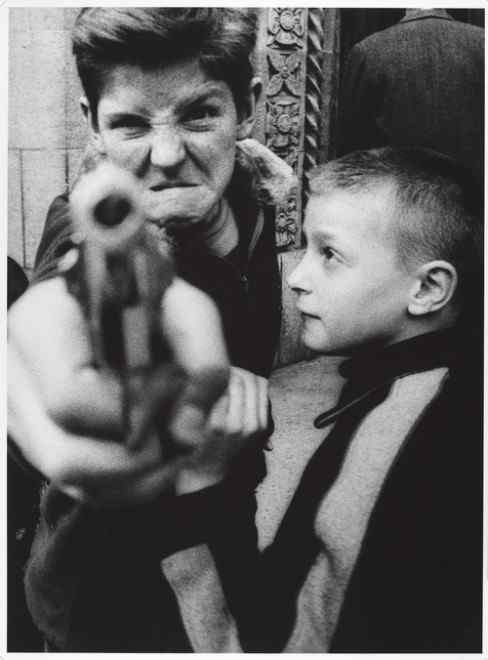

“Rather than catching people unaware, they show the face they want to show. Unposed, caught unaware, they might reveal ambiguous expressions, brows creased in vague internal contemplation, illegible, perhaps meaningless. Why not allow the subject the possibility of revealing his attitude toward life, his neighbor, even the photographer?†– William Klein
There is a general scorn in street photography against “posed†photos (or photos that aren’t shot candidly). A lot of people follow the Henri Cartier-Bresson school of street photography in which the photographer shouldn’t interact with his/her subjects, and to be an unattached observer.
However there is more than one approach to street photography. On the other extreme of Henri Cartier-Bresson (who covered his silver Leica with black tape to be more discrete) is William Klein; a street photographer who gave a middle-finger to all of the “rules†in photography, and acted like a director on the streets. He would provoke his subjects, and interact with them.
Even for his most famous “kid with gun†photograph, he told the kid: “Look tough.†At that moment, the kid with the toy gun pointed the gun to Klein’s face with a look of hate, anger, and intensity.
I often take this approach in street photography (similar to Klein). While I do enjoy shooting a lot of candid street photographs, I also like to engage and provoke my subjects. Sometimes I will tell them to just look into the lens and not smile. Other times I will ask them to explicitly do things for me (look the other direction, cross your arms, take a puff of your cigarette, look down).
But once you engage your subjects and ask them to do something for you, doesn’t it make the photograph less legitimate? Doesn’t the photograph become less about the subject, and more about you?
Every photograph we take is a self-portrait of ourselves. We decide how to filter reality. We decide what to put into the frame and what to exclude. So don’t have any personal qualms about showing your own version of reality through your photography. Embrace it.

Sometimes you see things happen in the street; certain gestures, facial expressions, or actions by your subjects. A tip? I approach the subject and ask them: “Oh, I just saw you blowing your nose. Can you blow your nose again for me?†This is what I did in the photograph above.
Believe it or not, most people are quite happy to repeat certain gestures for you.
Another thing you can do: if you see an interesting scene approach the subject and tell them: “Excuse me, I think you look really cool smoking on this corner here. Do you mind if I take a few photographs, and you just pretend like I’m not here?’ The majority of people will laugh, and comply, and literally ignore you.
If your subjects don’t ignore you, simply linger around. The longer you wait, the more people begin to ignore you, and just continue their business. Once they drop their guard, start shooting.
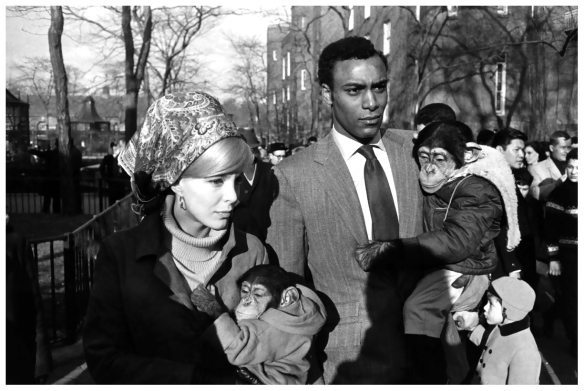

“Sometimes photographers mistake emotion for what makes a great street photograph.â€
– Garry Winogrand
Imagine this situation: it is a cold and rainy day. You are out shooting on the streets, and you are feeling miserable. You haven’t got any good shots all day, despite the fact that you left your warm (and dry) house to take some street photos. You are about to give up and go home when you see a little girl with a red umbrella about to jump over a puddle.
You think of the famous photograph of Henri Cartier-Bresson (man jumping over puddle), and get excited. You hold up your camera, and wait patiently. The girl then jumps, and you click. You quickly look at your LCD screen and you realize: “voila!†You just captured the “decisive moment.†You are excited.
You then rush home, quickly download your photos to your computer, post-process the photo, and then upload the photograph to your social media website of choice. You cross your arms, and think that it is one of the finest photographs you have ever taken. You are excited that perhaps, finally, you will get over 100+ favorites/likes on this image.
A day or so passes, and you only got 10-15 favorites/likes. You throw up your hands in rage and think to yourself: “These people on the internet wouldn’t know a great image if it hit them in the face!†You then continue about your day.
A week or two go by, and you revisit the image. You then look at the image and tell yourself: “Hey, this image isn’t quite as good as I remembered it to be.â€
What just happened? You became emotionally attached to the backstory of how difficult it was to get that image (and the emotion you felt of being excited). This confused you into thinking that this was actually an “objectively†good shot.
This happens to the best of us. We get too emotionally attached to our shots, because we were there. We experienced it. It feels alive and vivid inside our memories.
But the problem is that our viewers have no idea what the backstory of the image is (unless you write a long caption, which I generally advise against).
So what is the solution? Try to emotionally detach yourself from your photos.
When editing (selecting) which images to “keep†and “ditch,†ask your peers to be “brutally honest†with your work.
Another tip: don’t refer to the photos you take as “my photos.†Refer to them as “the photos.†The difference? Calling them “the photos†detaches you emotionally from them, so you can be more critical and objective when editing your shots.

In photography, the entire story of the image must exist inside the frame. If you want to tell a better story, include context in your photos (like this environmental portrait I shot of a man in San Diego).
I have this vivid story in my head of how I got the image: I saw this well-dressed man in a hotel lobby, and asked if I could make a few photos. He said, “No problem,†and I started to take a bunch of images. Afterwards, I asked him what he did and what he was up to. He told me, “I own this hotel!â€
Now I have this vivid backstory, but the viewer has no idea about that story or information in this photograph. But regardless, viewers find this photograph interesting because the outfit of the man looks like he’s from the 1950s — a relic of the past. The viewer then makes up their own story about the man, based on the TV shows (Madmen) or any other films they have seen in the past.
Morale of the story? If you have a photograph which is weak without having a compelling story, ditch the shot. When you have to “explain†the back-story of a street photograph, it is like explaining a joke. The funniest jokes don’t need to be “explained†(or else it isn’t a good joke). A good photograph shouldn’t need an intricate backstory or explanation in the caption.
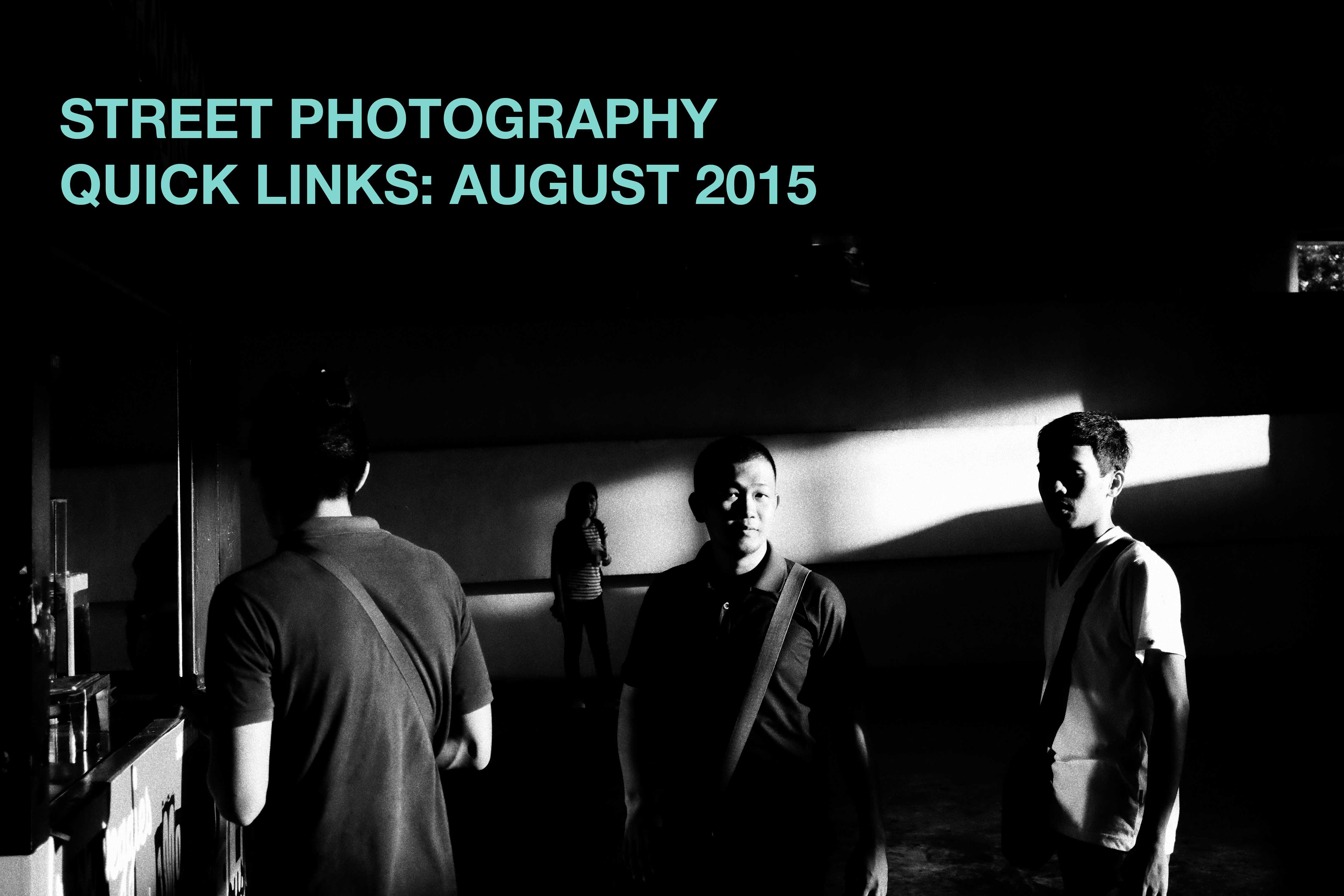

Street Photography Quick Links is a compilation of Links, Projects, News, Videos, Events, or anything that is related to street photography or photography in particular that I have personally consumed. Perhaps these might interest you or make you think. If you want to send some links my way, details will be at the post below.
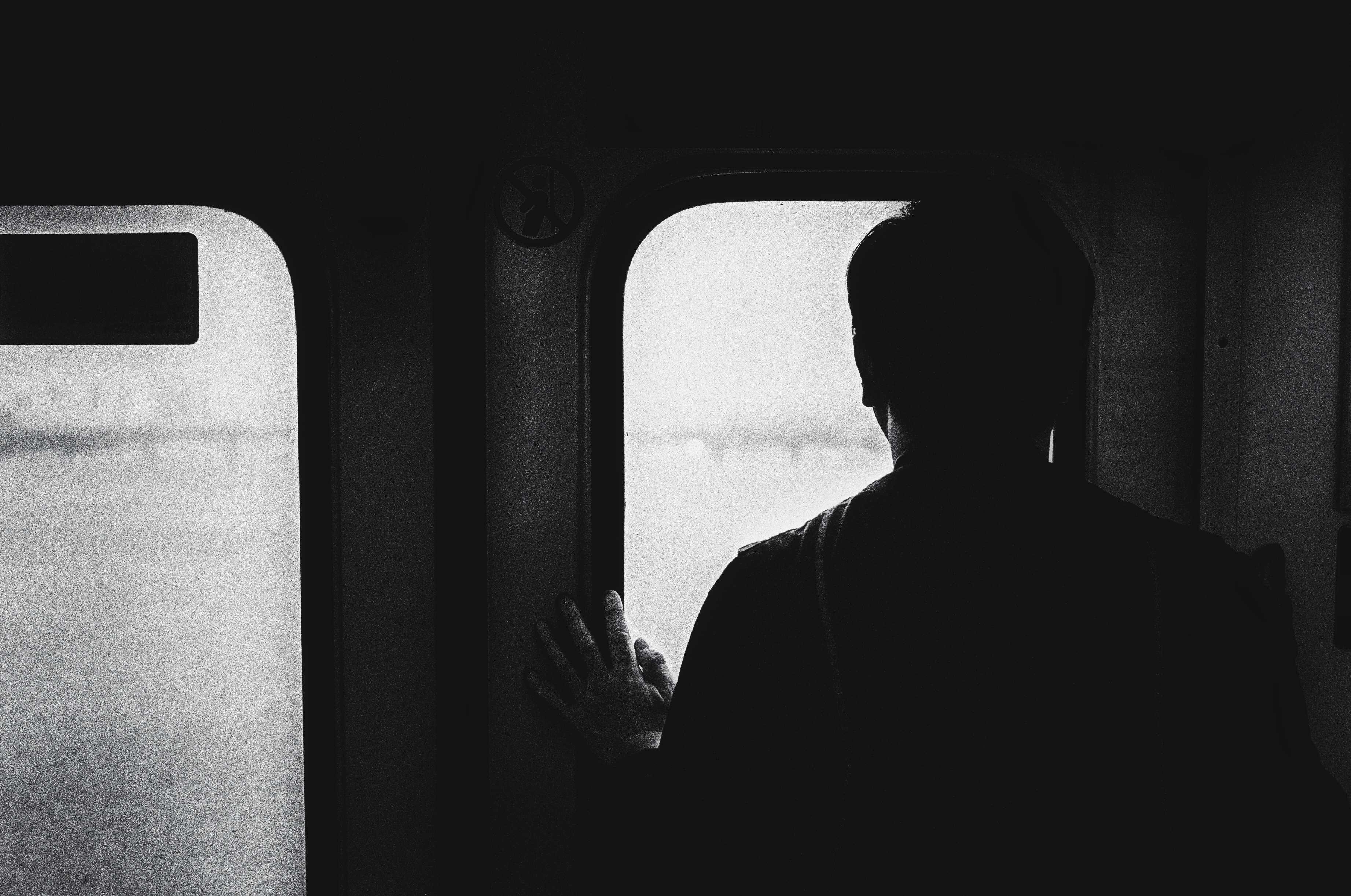

This article is written by Josh White, originally posted here. The views posted here are his and his alone and may or may not be shared by the website as a whole ;)
Hi.
My name is Josh and I’m an addict.
No, I never did drugs. I don’t smoke. I hardly even drink.
I’m addicted to something more pricey than any of those. I’m addicted to cameras.
Any kind of camera. I don’t discriminate. I don’t care anymore if it is expensive. I don’t care if it is new. I don’t care if I’ve tried it before. If it is out there to be bought, I probably want to buy it.
I get angry at other addicts. This stems from a strong denial of my affliction. Stems from the inability to admit my own flaws.
Some say there isn’t anything wrong. This ISN’T an addiction. I’m here to say, they are wrong. Addiction by definition is the inability to stop a habit.
There are many symptoms. First, the morning coffee. The coffee, a different addiction, is just a means to sit in front of a computer and feed. The first thing you may check is ESPN or the news. That makes the addiction feel less real. Next though, the reality of it.
The next part depends on the “drug” of choice. Maybe you go directly to the newest gear news. If you prefer the old stuff, you check used shops for their newest posts. I used to be the prior but have migrated towards the later. “Wow, that is interesting” or “I took one of my favorite pictures with one of those.” The starting thoughts to a chain of events leading to getting a fix.
At this point, “you” still don’t feel there is a problem.
“I’m just looking..”
At work during free moments you check forums or reviews. Listen to other addicts talk about why they needed that fix. If you’re like me, you look at the old photos you took with the current “mark.”
“I remember when I took this. I really loved that camera…”
Other people need to latest and greatest. They aren’t the nostalgic type addicts like myself. They can forget the past easily because it will never be as good as the future. I was like this before. I remember the feeling of not wanting to use my current because I knew I would get the newer. The “lame duck” mentality.
“What if I take the picture of my life with this? How can I get something else then?”
This leads to another problem. Hoarding. The inability to let go because at some point something may be needed. Some day, you may want to fondle or hold. I’ve never really been a hoarder, but addiction is unpredictable.
Justification. The crux of the matter.
“If I only had that camera I could take the shots I want.”
Weirdly, that thought is very rarely followed by:
“I wonder how I can take interesting shots with the camera I have?”
At least not in the mind of an addict.
In our hypothetical day, the addict will then spend the rest of it daydreaming about what they could do with the new camera. They will dream of the inspiration. Somehow, when looking at forums and reviews they don’t seem to see the negatives. Either that or ignore them.
Finally before the day is over the website is checked one last time. Some small part of your brain wants it to be sold.
Not because you want the addiction to stop but because you want it to continue.
“It wasn’t really that good anyway. Tomorrow, there will be something better.”

When I look at my favorite photographers, there is something interesting about them. For the most part, they have a very specific style. Their photos have a “look.” They have a clearly defined “feeling” to their photos. Something that isn’t easily explained aside from with another hypothetical situation.
I open flickr and I see a photo without the name because, I am of course at work and the browser window is minimized. Even so, I know right away that photo was taken by Junku Nishimura ( a friend from Japan and probably one of the best contemporary street photographers in existence). I don’t need his name to know the photo is his.
People will argue this point. Most of the people that argue will be addicts. I know because I did so myself. They will say that if you have a style you can take photos of that style with anything. This is true, on some levels, but not all. Not because of specifications or technical details but because of the vision of the artist. Their camera is just their tool. It is a method to expose a frame. A medium on which to capture.
Anyway, I digress. I am slowly recovering. It is hard, I still fall back into the routine of addiction. Maybe I will always be an addict. In fact, I think I will be. I just want to learn how to deal with it better. I NEED to. I want to be proud of the work I’ve made and want it to be consistent. This addiction doesn’t allow for that.
So, I’ve decided to start with the 12 steps. 12 steps of my own invention. Consider this, step one.
Admitting I have a problem.
Step 2 is maybe the first on the actual road to recovery. A pact. A pact to use one camera and one lens for a year. 365 days. More on this tomorrow.
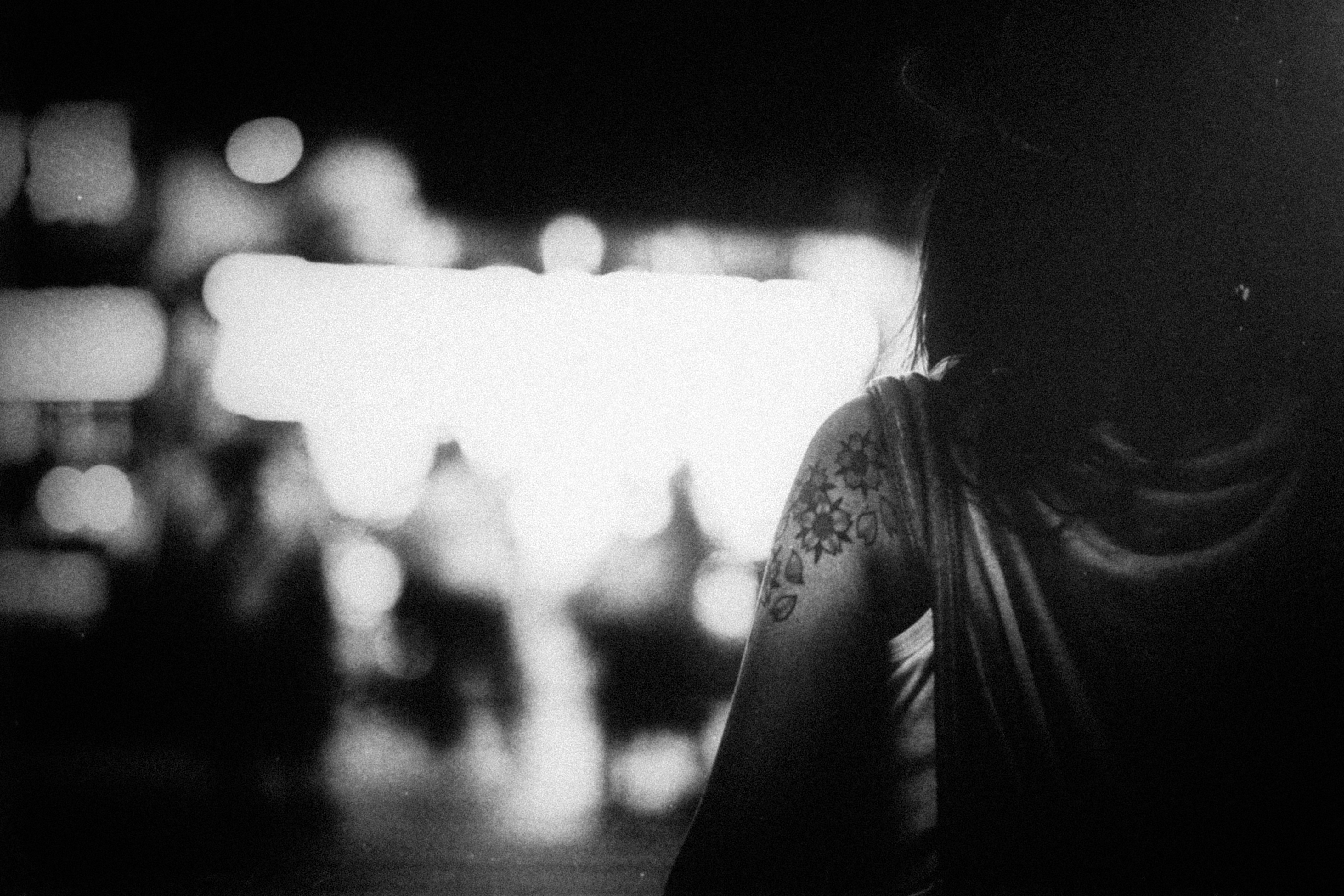
Josh’s blog.
Josh’s flickr.
Josh’s twitter.
Josh’s instagram.
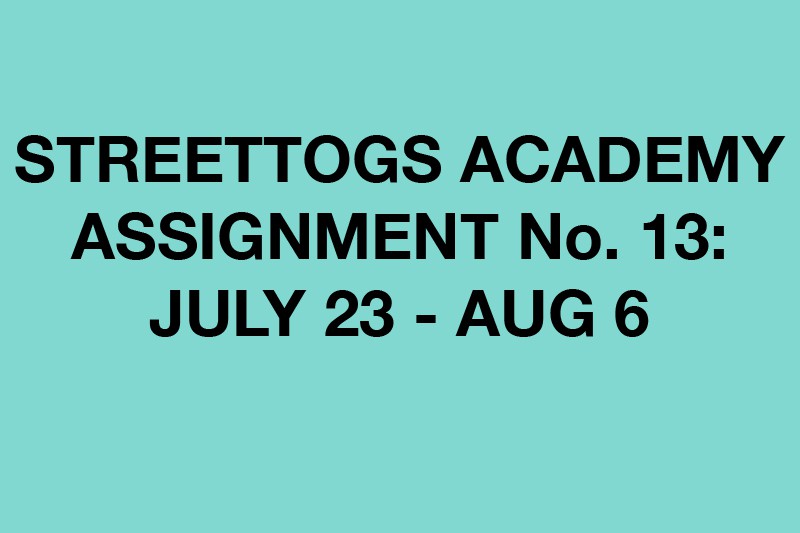

Let’s just jump to the next assignment. I think this one is going to be fun because there are two ways to approach this one:
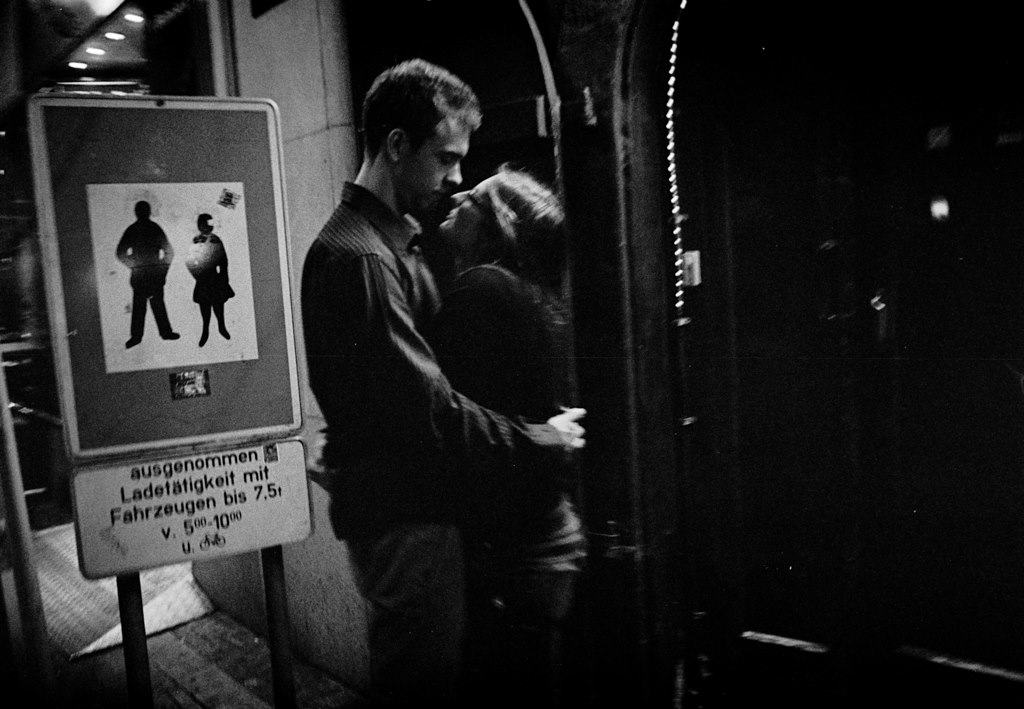

(Cover photo by Assignment No. 12 Community’s choice Forrest Walker)
All the things we do are best done when you love what you are doing. This is an emotion natural to all of us that is open to a lot of possibilities and executions. With that said, here are some of the best of the best for Assignment No. 12:
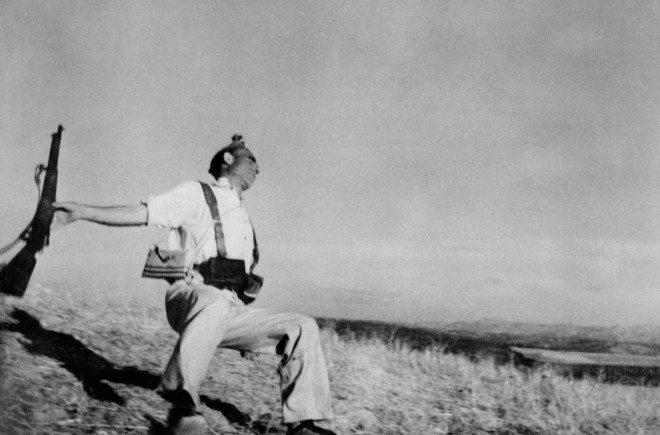
Hey streettogs, I’m starting a new book on a distillation of all the “Learn from the Masters” articles I’ve written. I hope these daily lessons can inspire you, I know they inspired me!
—

“If your photographs aren’t good enough, you’re not close enough.†– Robert Capa
One of the common mistakes that many beginning street photographers make is this: they don’t get close enough.
We have many fears and provide a lot of excuses for not getting close enough in our street photography. We are worried about pissing people off, we are worried about making other people feel uncomfortable, and we are worried that strangers might call the cops on us (or even worse, physically assault us).
However realize that this is all in your head. By getting closer to a stranger, you won’t die. In-fact, I have learned that in photography (and life), with physical proximity comes emotional proximity.
It isn’t enough to use a telephoto or zoom lens to get “close†to your subject. That is fake intimacy. By using a telephoto lens, you are treating your subjects like zoo animals, and your photography is a safari hunt.
However when we read the quote from Robert Capa on closeness, it doesn’t necessarily mean physical proximity. You can be physically close to your subject, and still emotionally distant. The most important thing as a street photographer is to empathize with your subject and try to connect with them, their emotions, feelings, and condition.
In street photography I generally recommend using a 35mm lens (full-frame equivalent) for most photographers (Alex Webb, Constantine Manos, and Anders Petersen shoot with this focal length). The human eye sees the world in around a 40mm field-of-view, and I find that shooting with a 35mm lens gives you enough wiggle-room around the edges of the frame.
A 50mm is fine too (Henri Cartier-Bresson was famous for using it for nearly his entire life), but in today’s crowded world, I find it to be a bit too tight. A 28mm is fantastic too (William Klein, Bruce Gilden, and Garry Winogrand have used this focal length), but realize that you have to be close enough with this lens to fill the frame.
As a rule-of-thumb, I try to shoot with a 35mm at least two-arm-lengths away (or closer). 2 arm-lengths is 1.2 meters (around 4 feet). Therefore I always have my camera pre-focused to 1.2 meters, set at f/8, ISO 1600, and I simply go out to find moments to shoot.
To truly get comfortable getting closer to your subjects, try this assignment from my friend Satoki Nagata: For an entire month, only take photos of your subjects from .7 meters (1-arm-length). For this assignment, switch your camera to manual-focusing mode, and tape the focusing mechanism of your lens to that distance. By setting yourself this “creative constraint,†you will learn how to better engage your subjects and get them comfortable with you shooting at such a close distance.
Start off by asking for permission, then once you feel more courageous, start shooting candidly.
You can read more on the .7 meter challenge here.
You don’t always need to shoot with a wide angle lens. Some of the greatest street photographers have used a longer lens, such as Saul Leiter, Tony Ray Jones, and Rene Burri. They used long lenses intentionally to compress their backgrounds and make unique images. However their images still have emotion and soul to them, as they caught moments of the “human condition.”
Ultimately use the lens and focal length which suits your personality. But if you’ve never tried shooting wide and getting physically close in street photography, I recommend you to try it out, and push yourself out of your comfort zone.